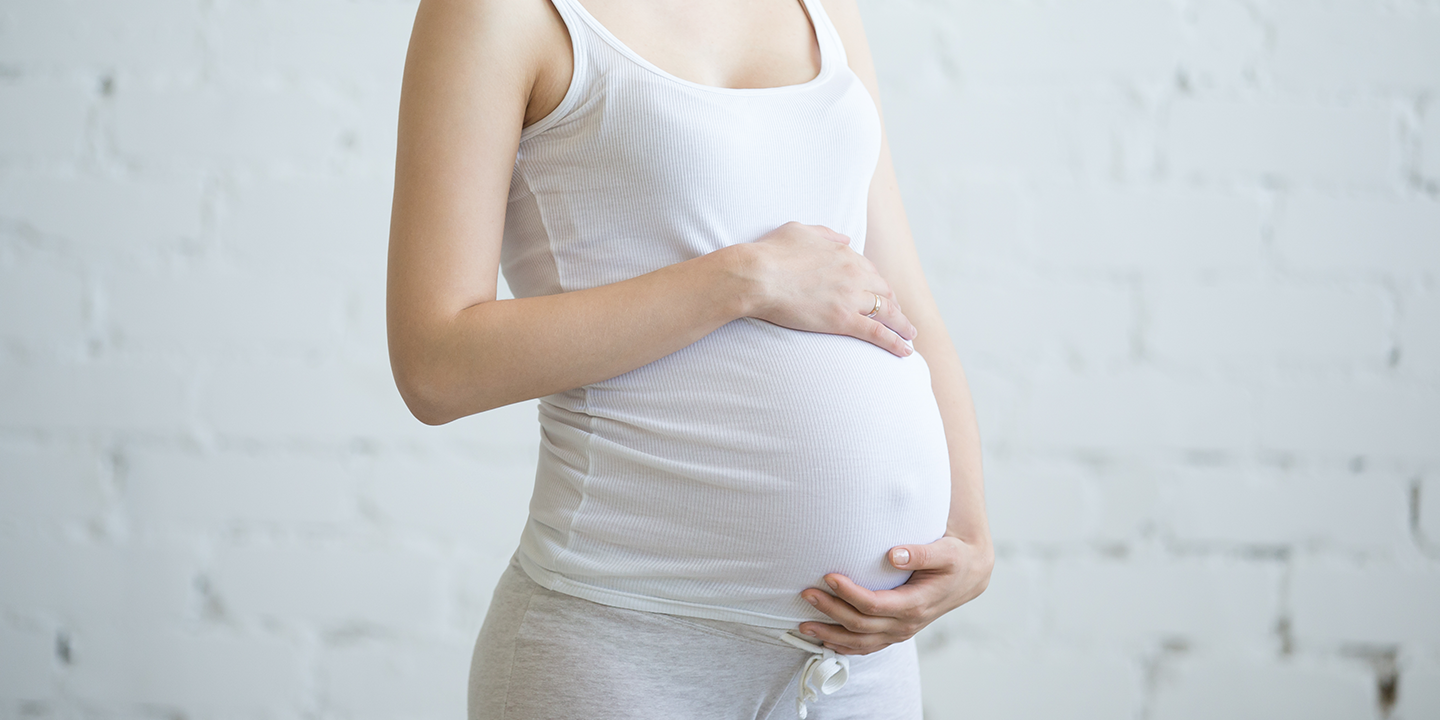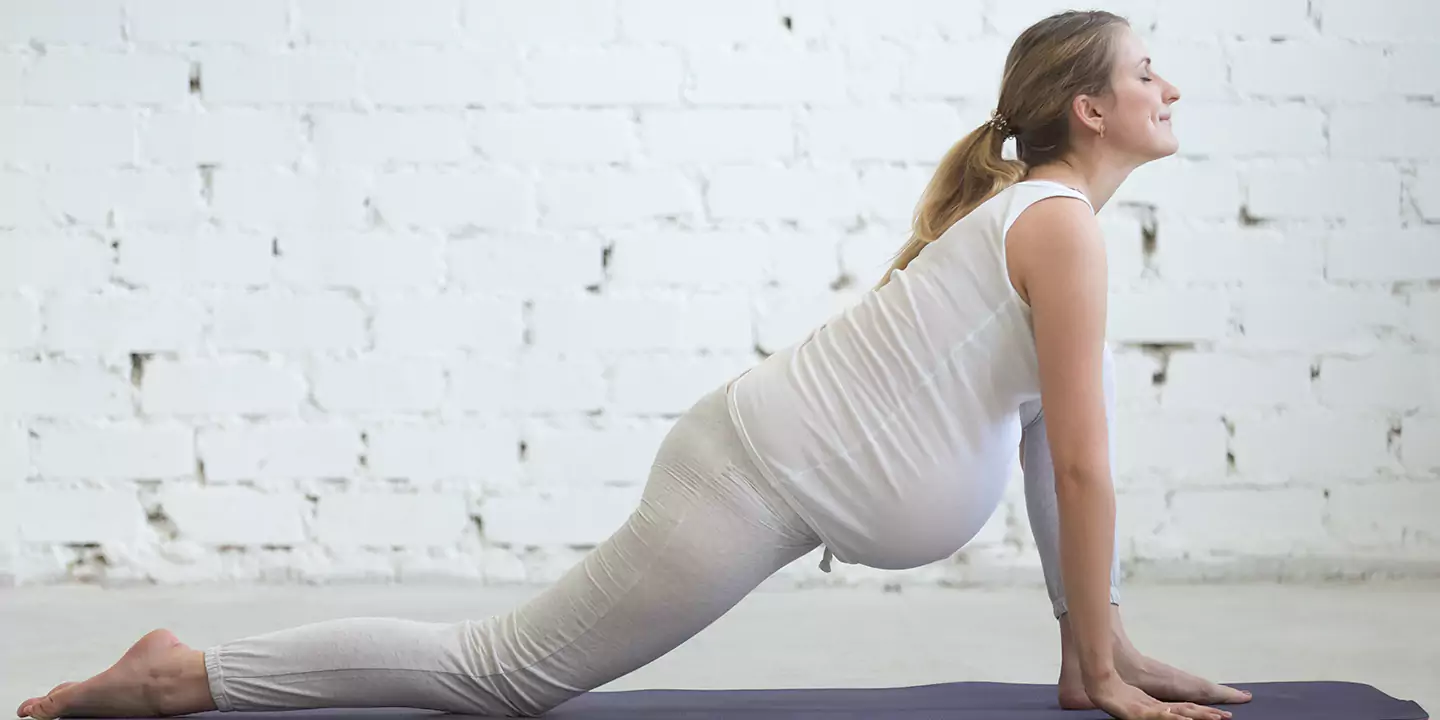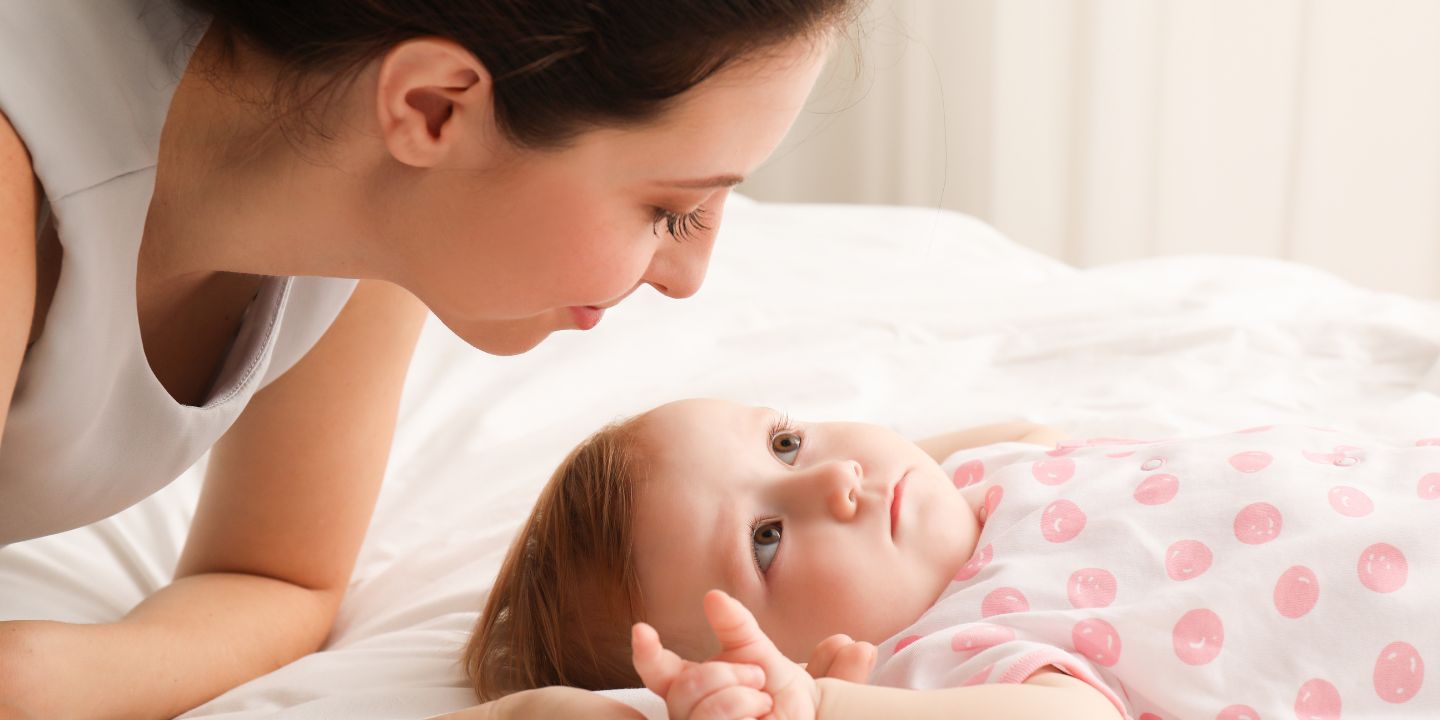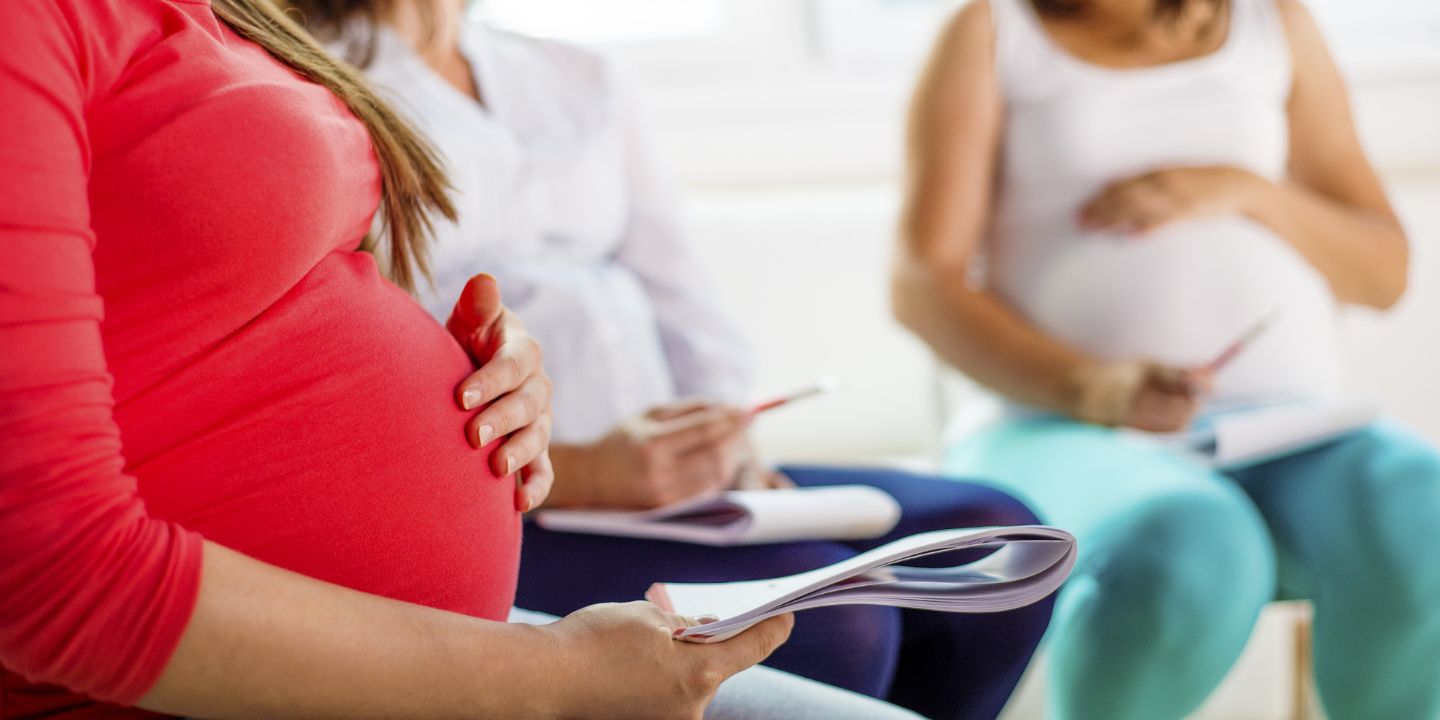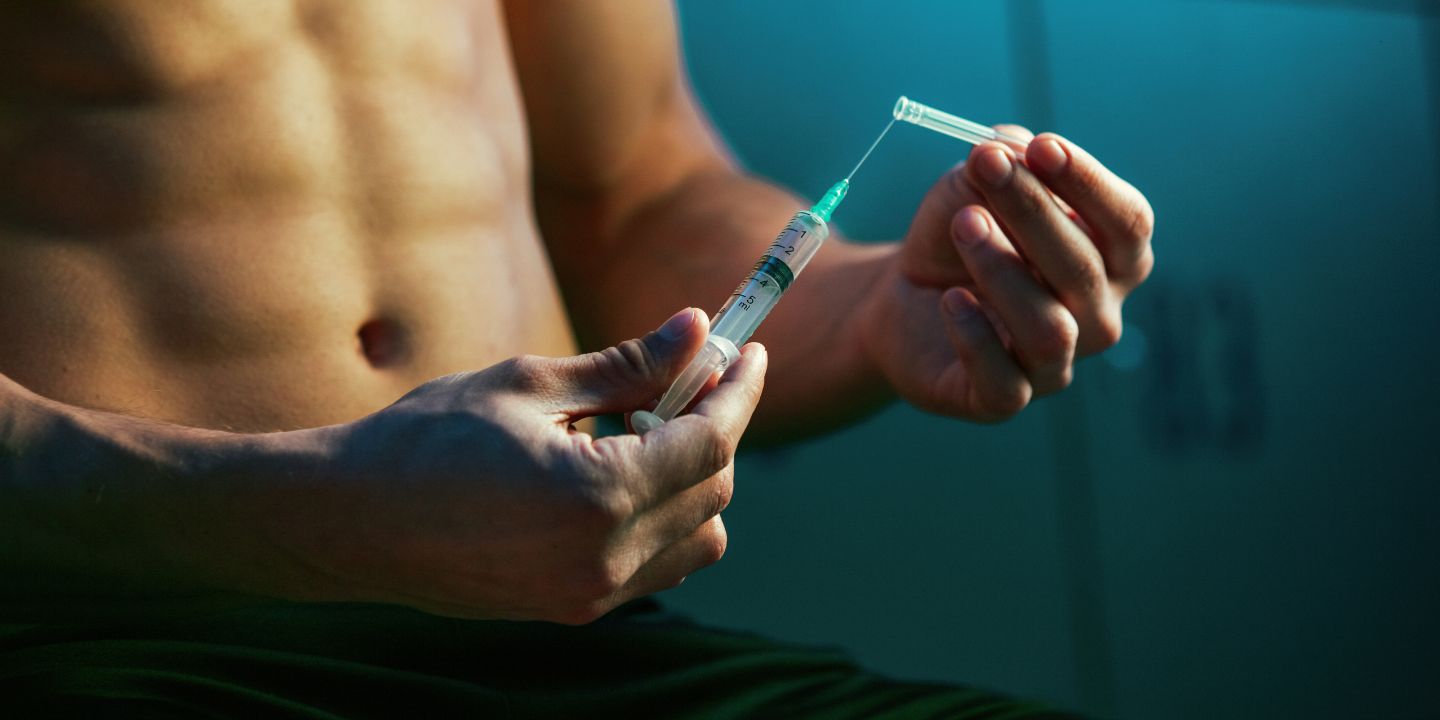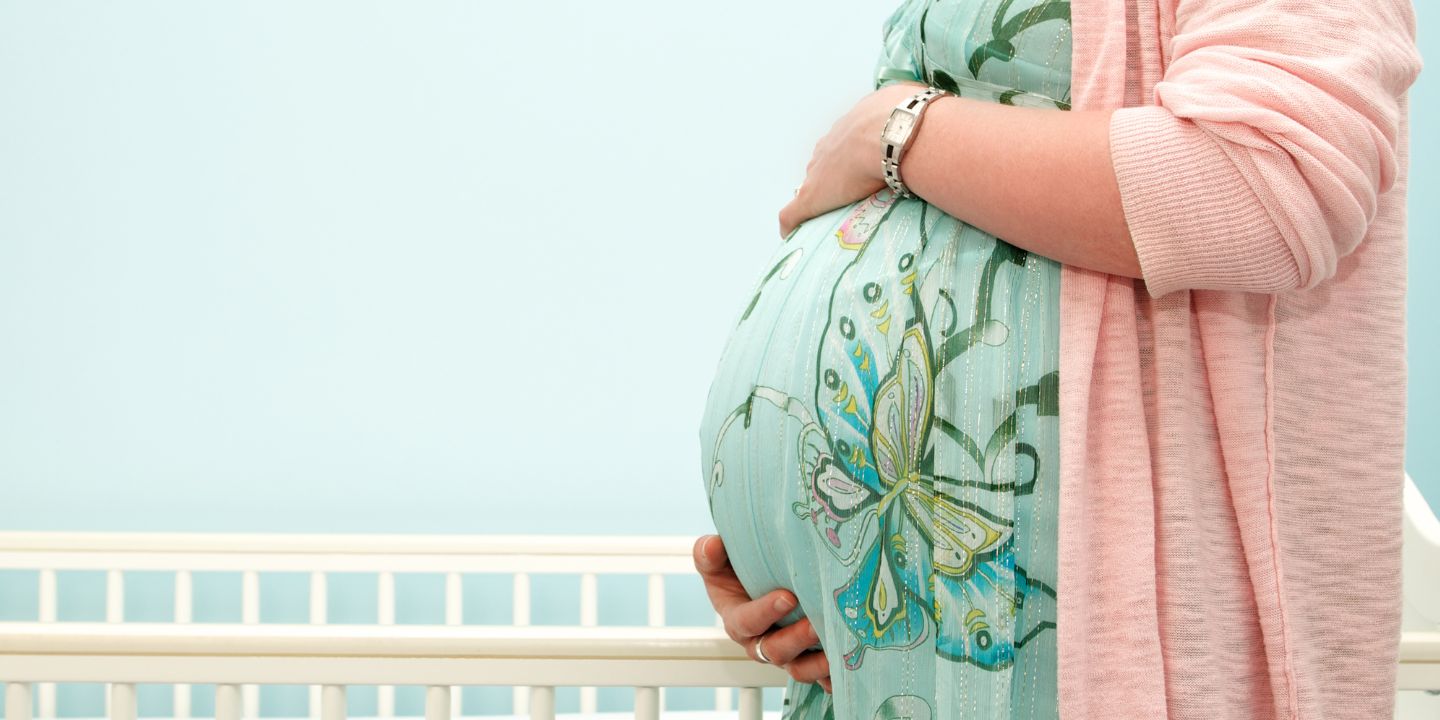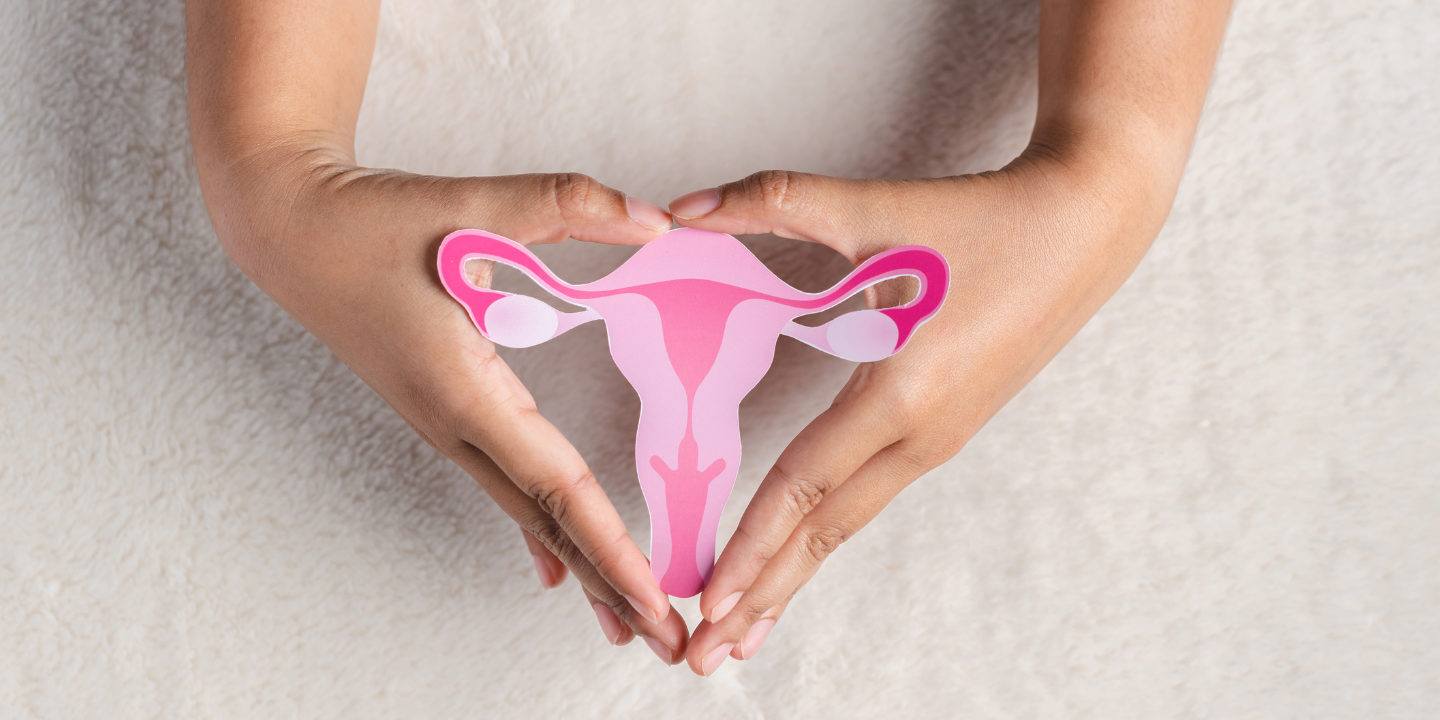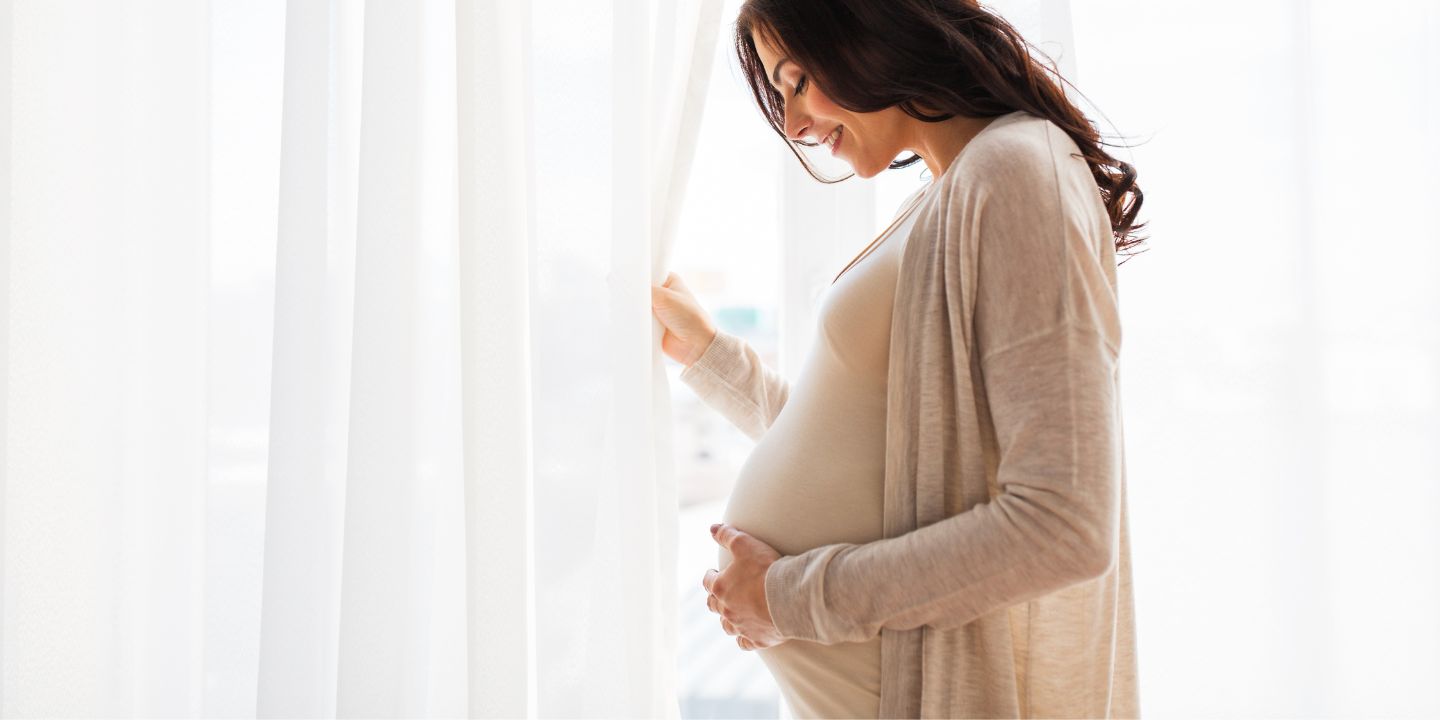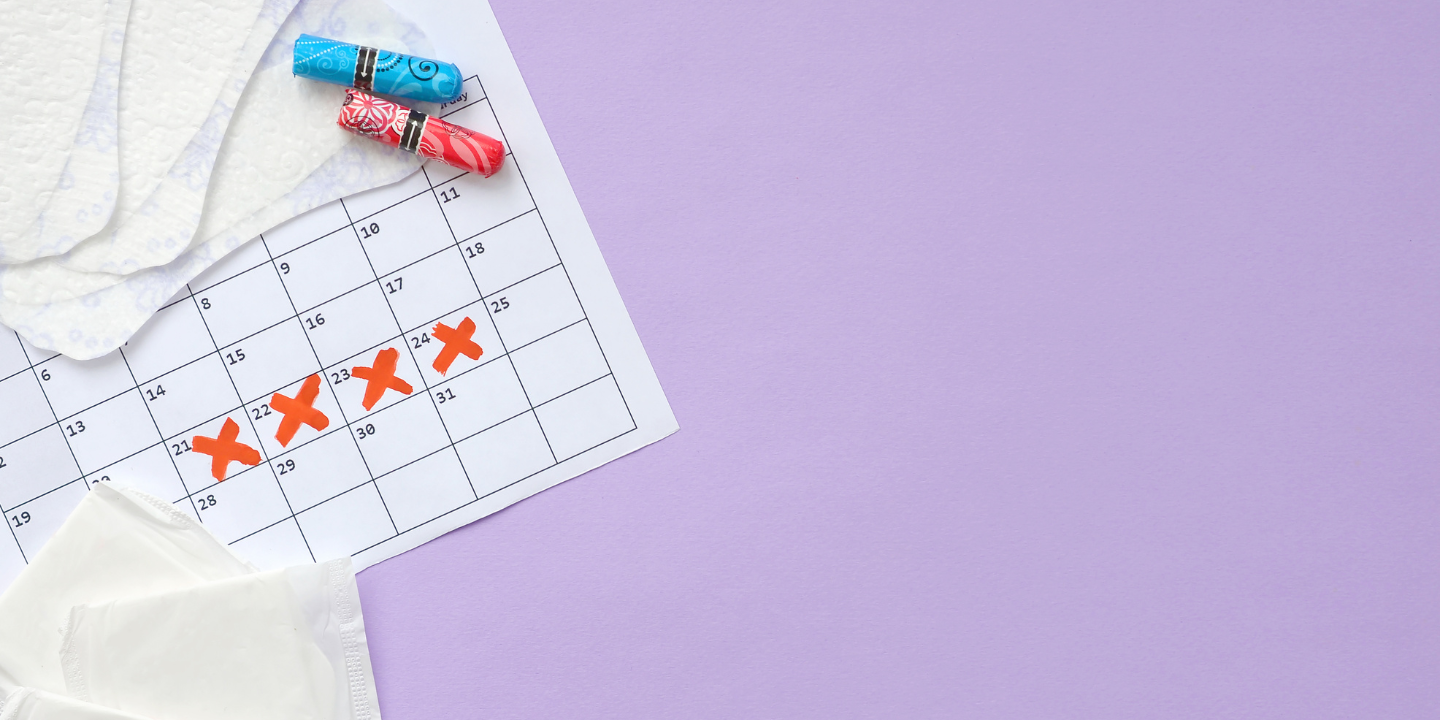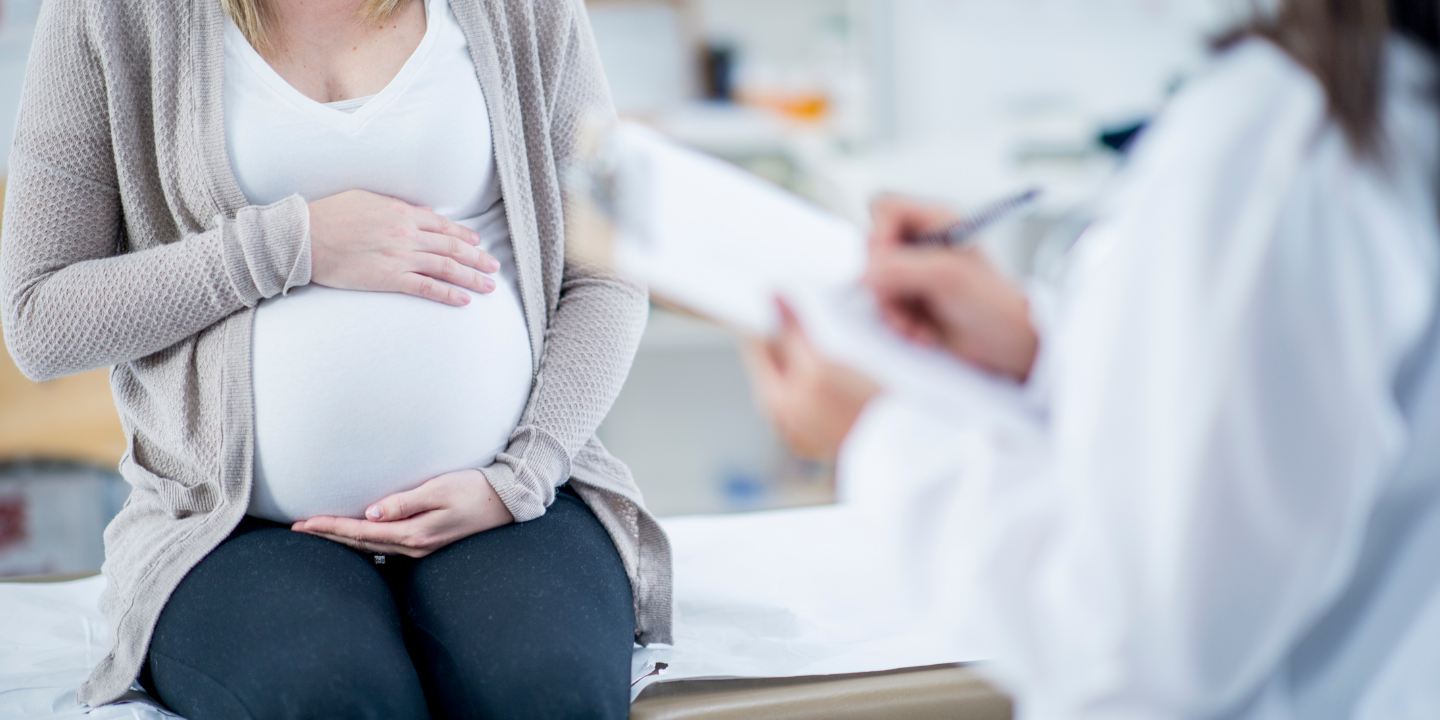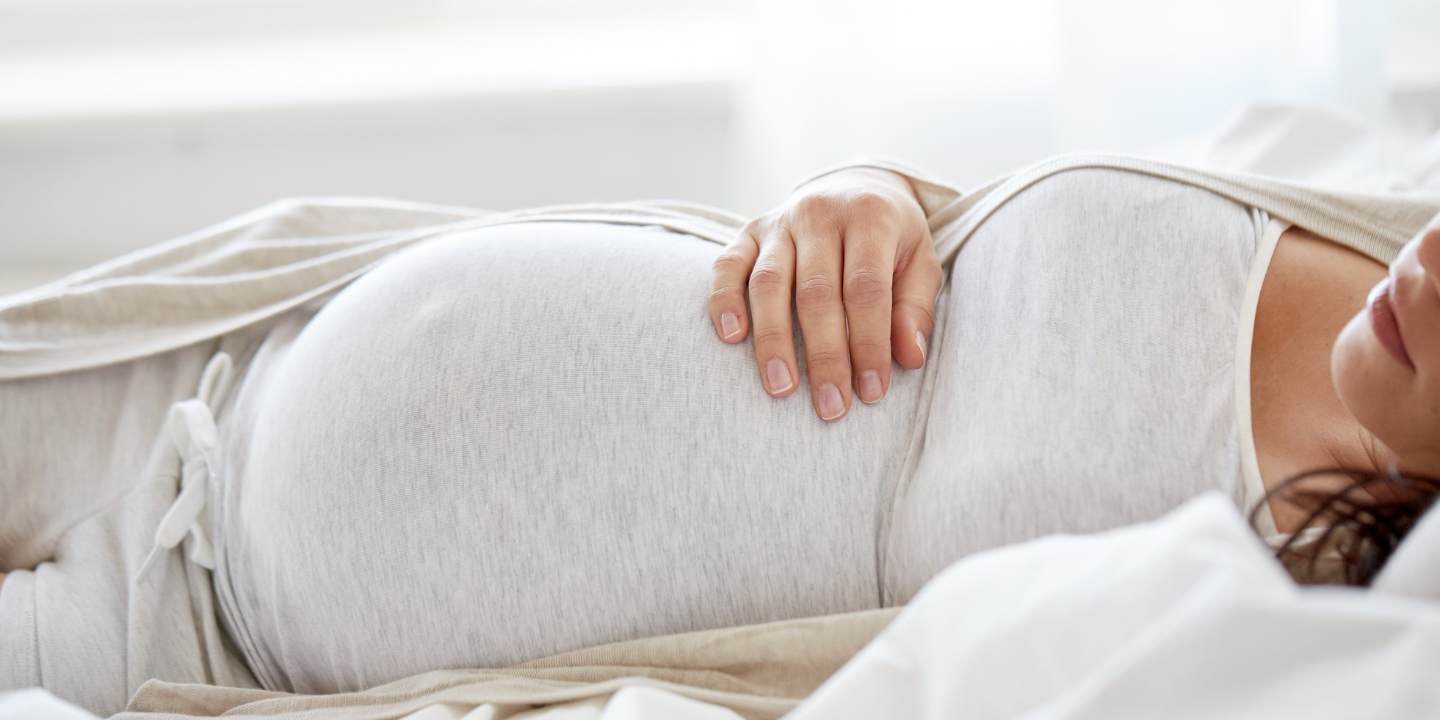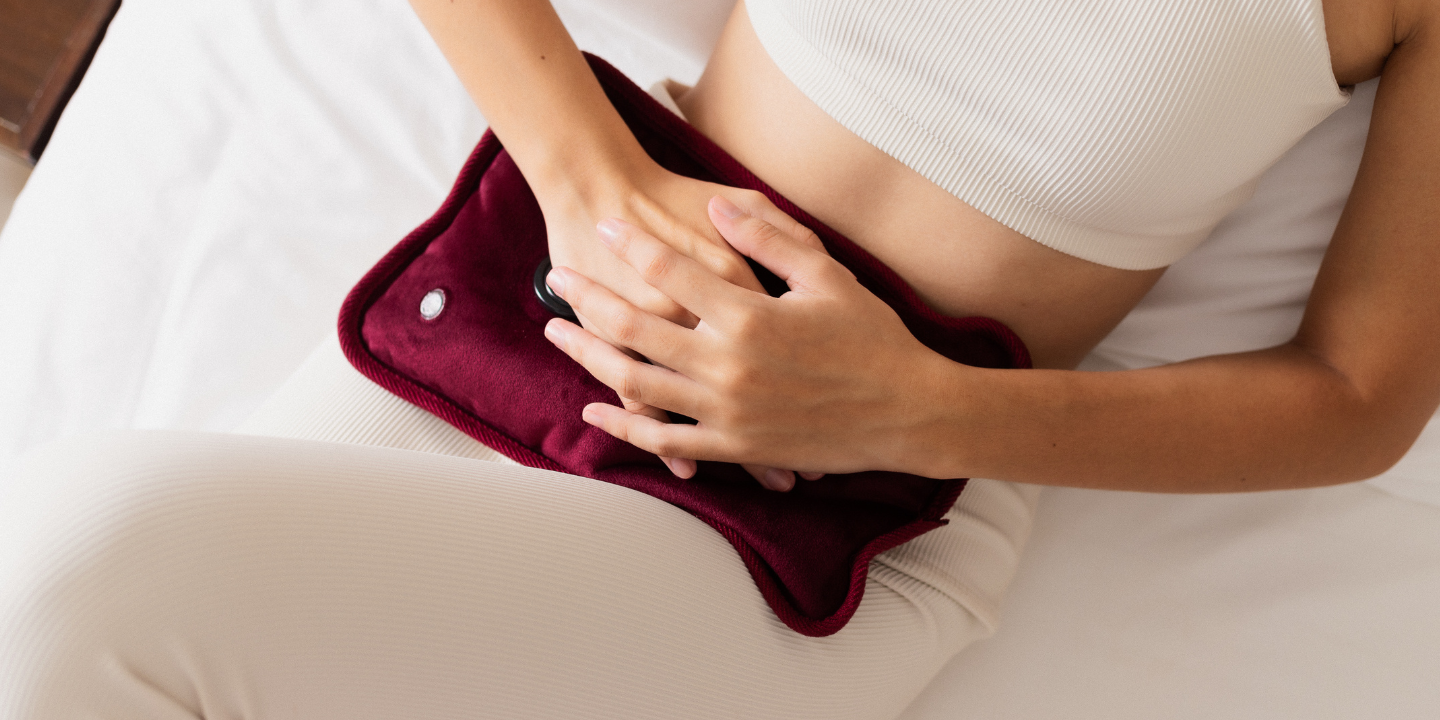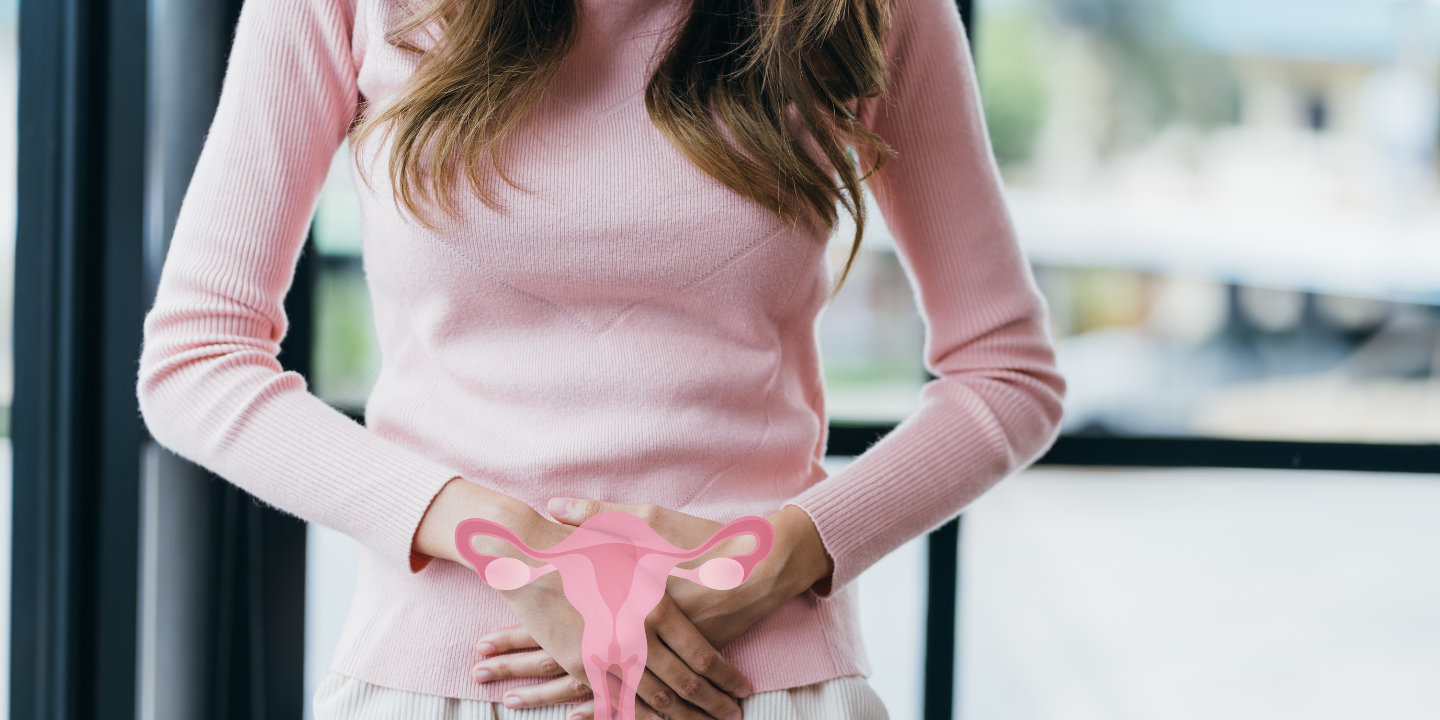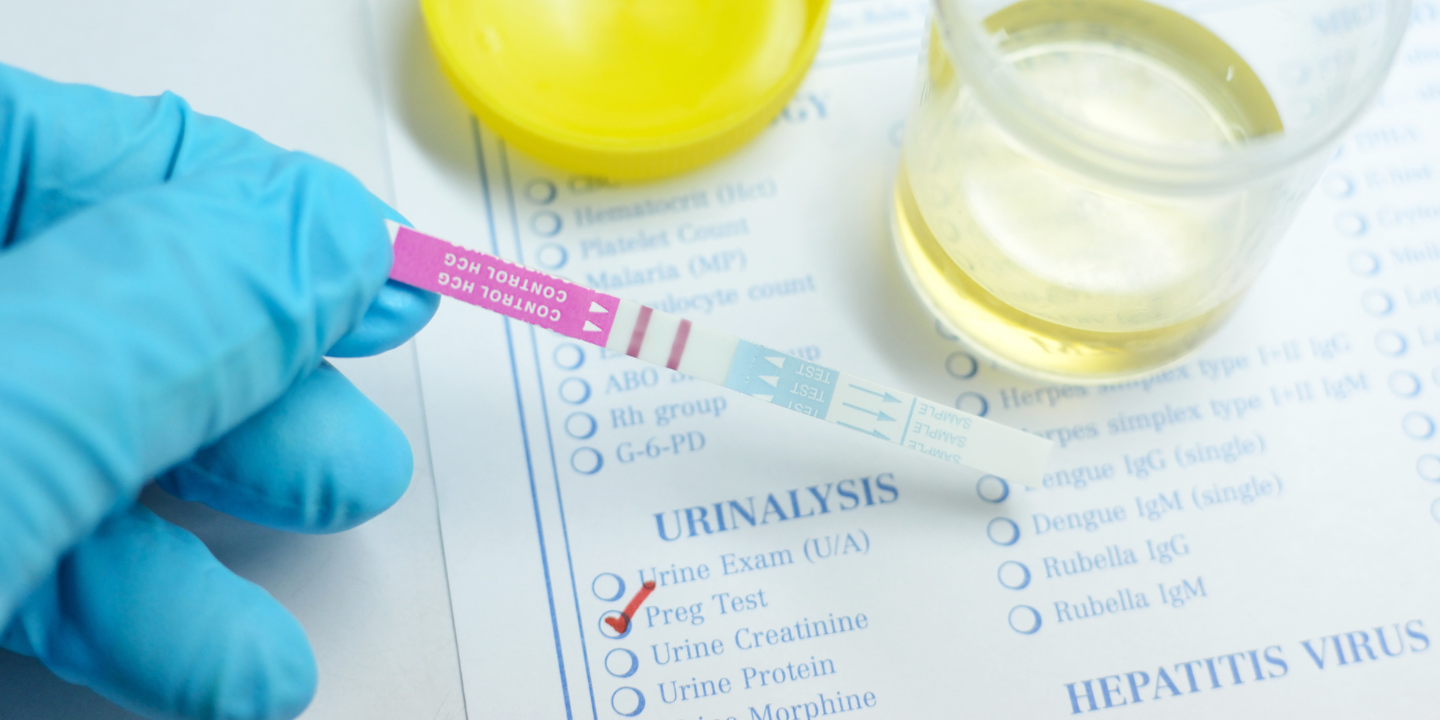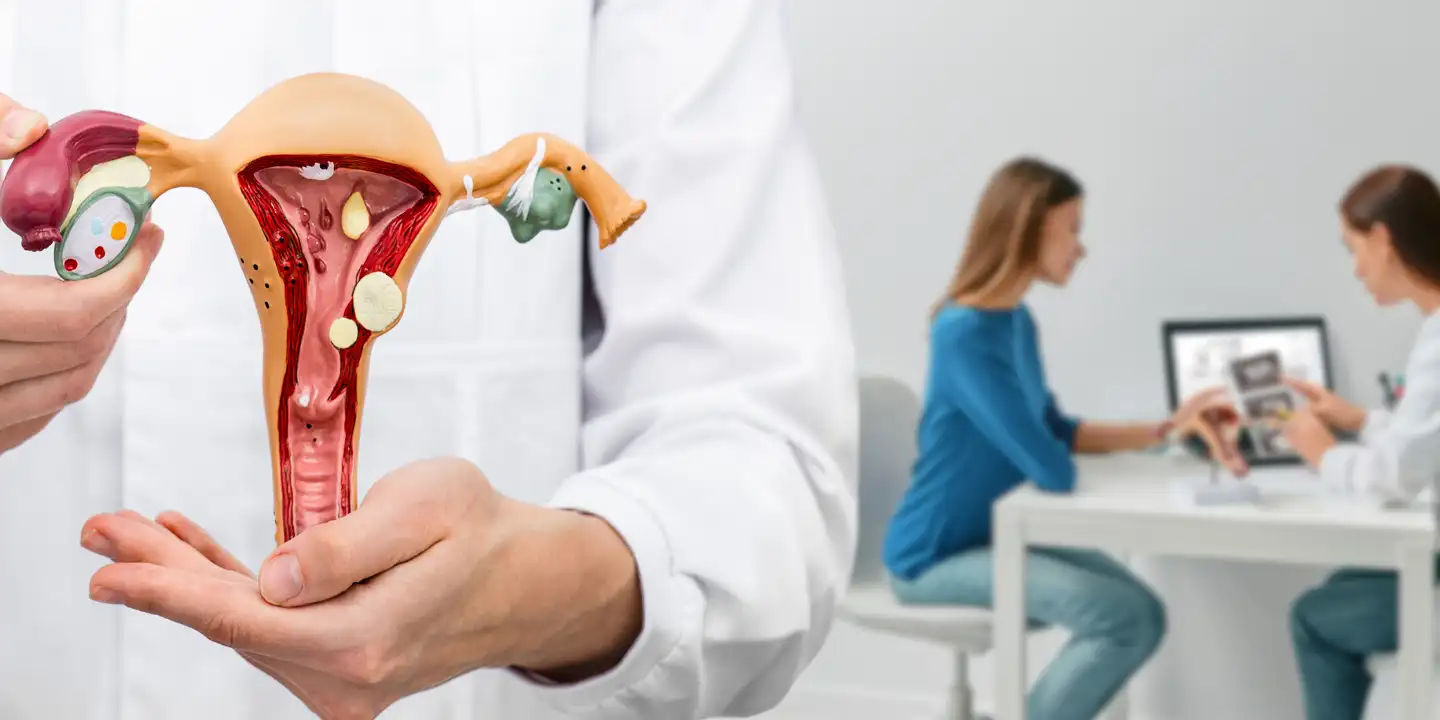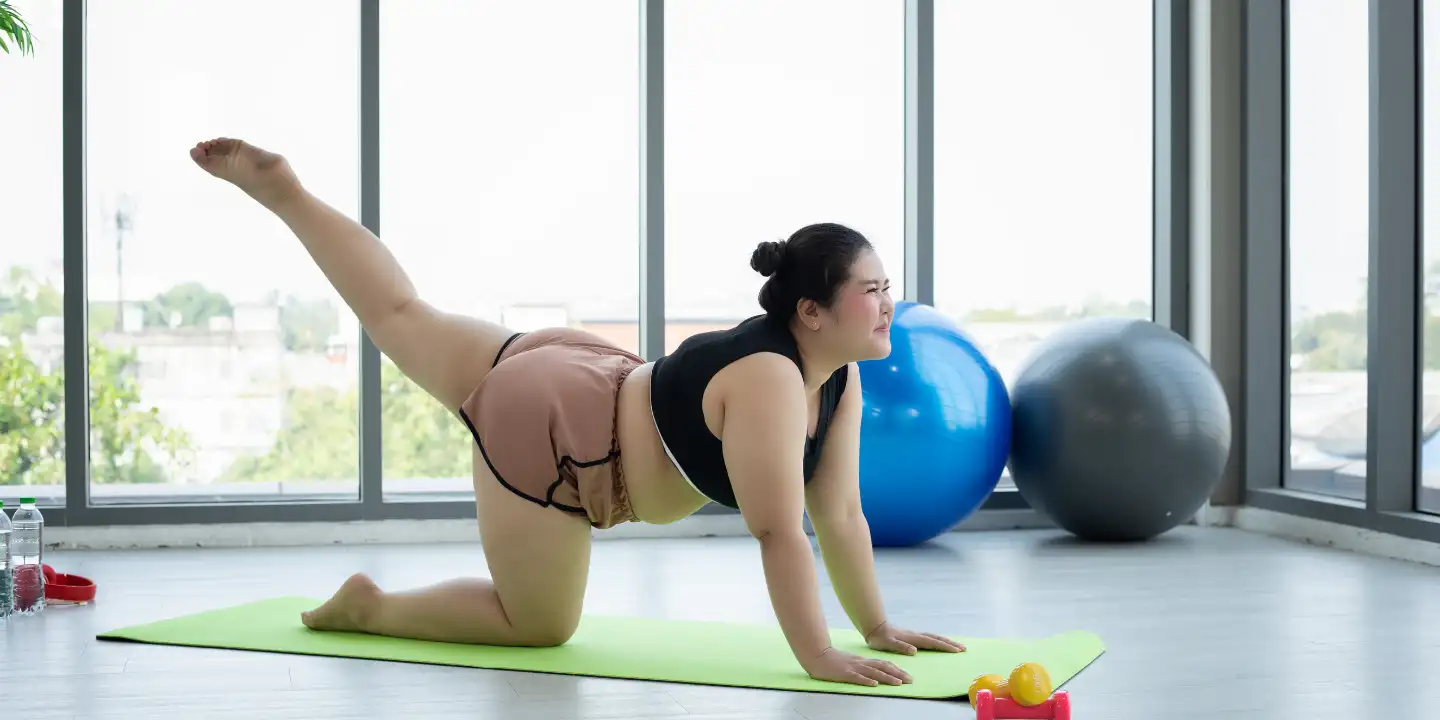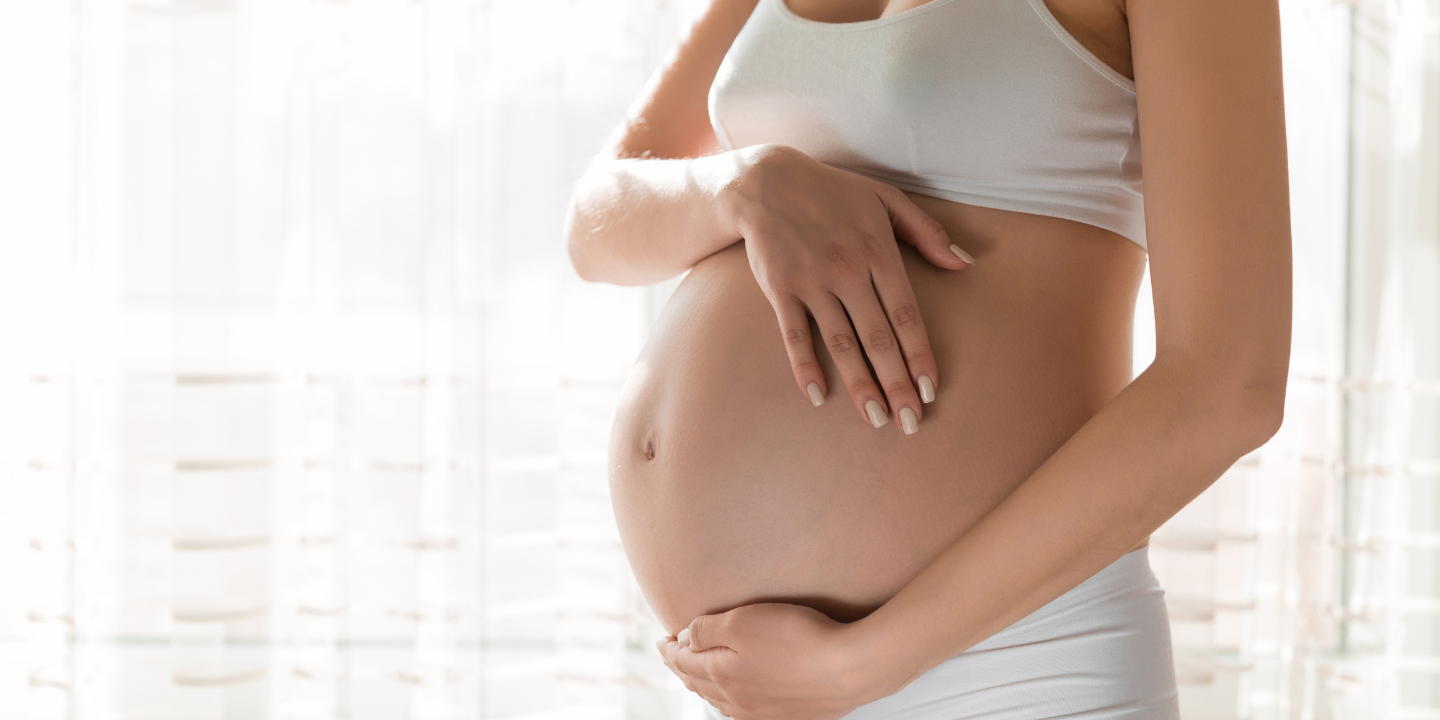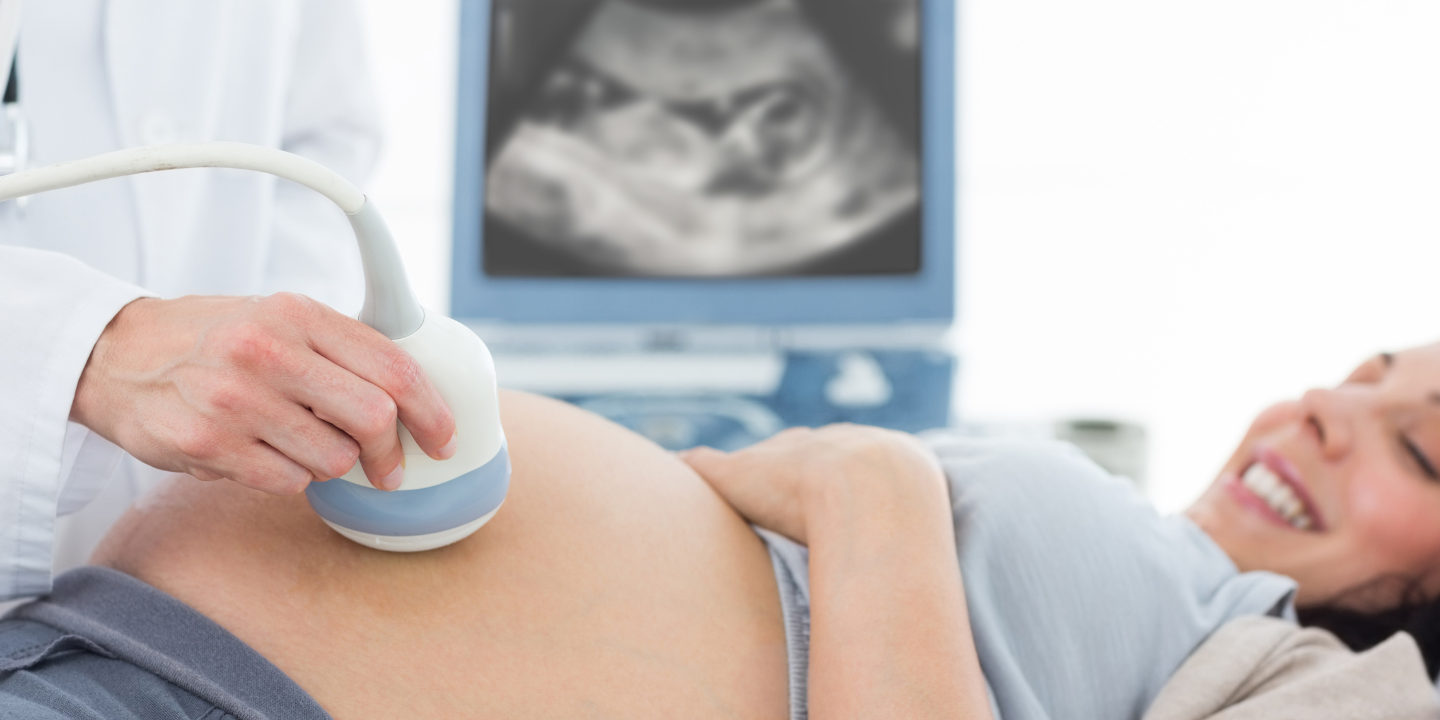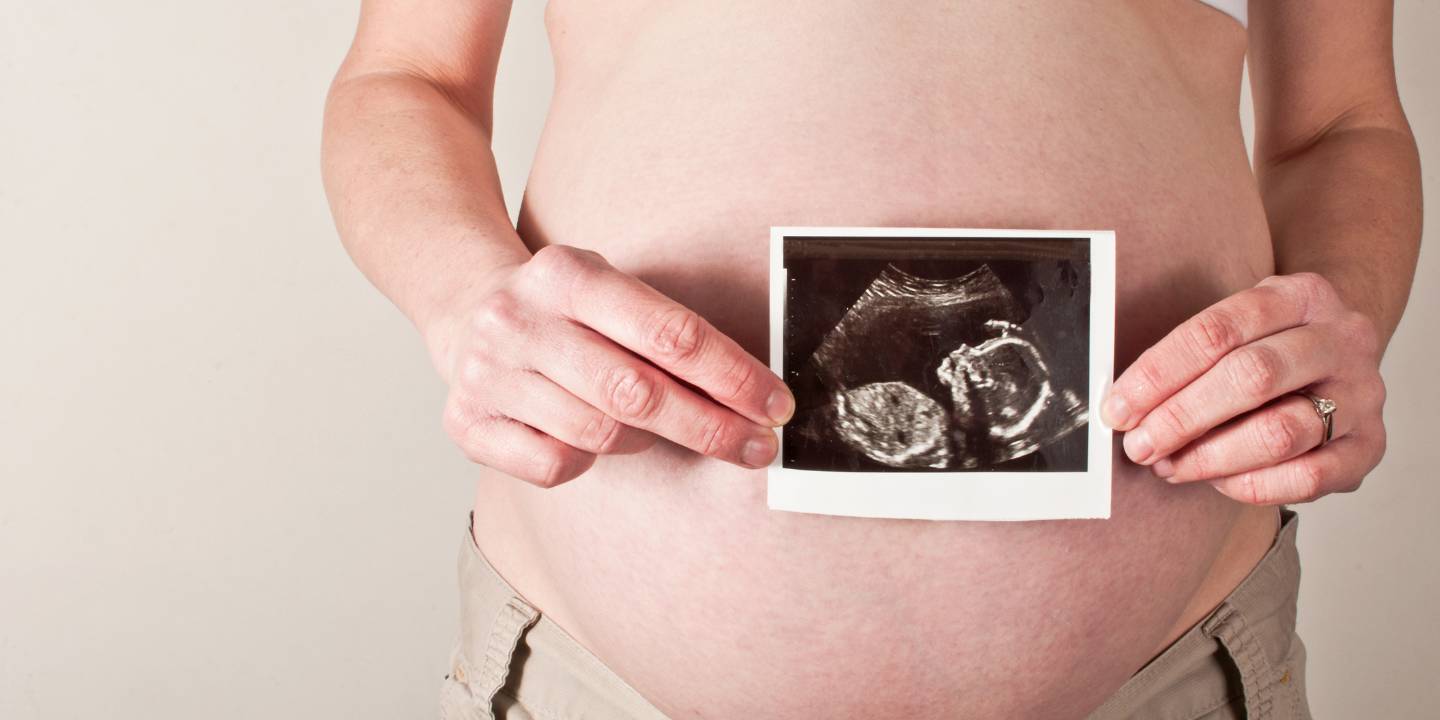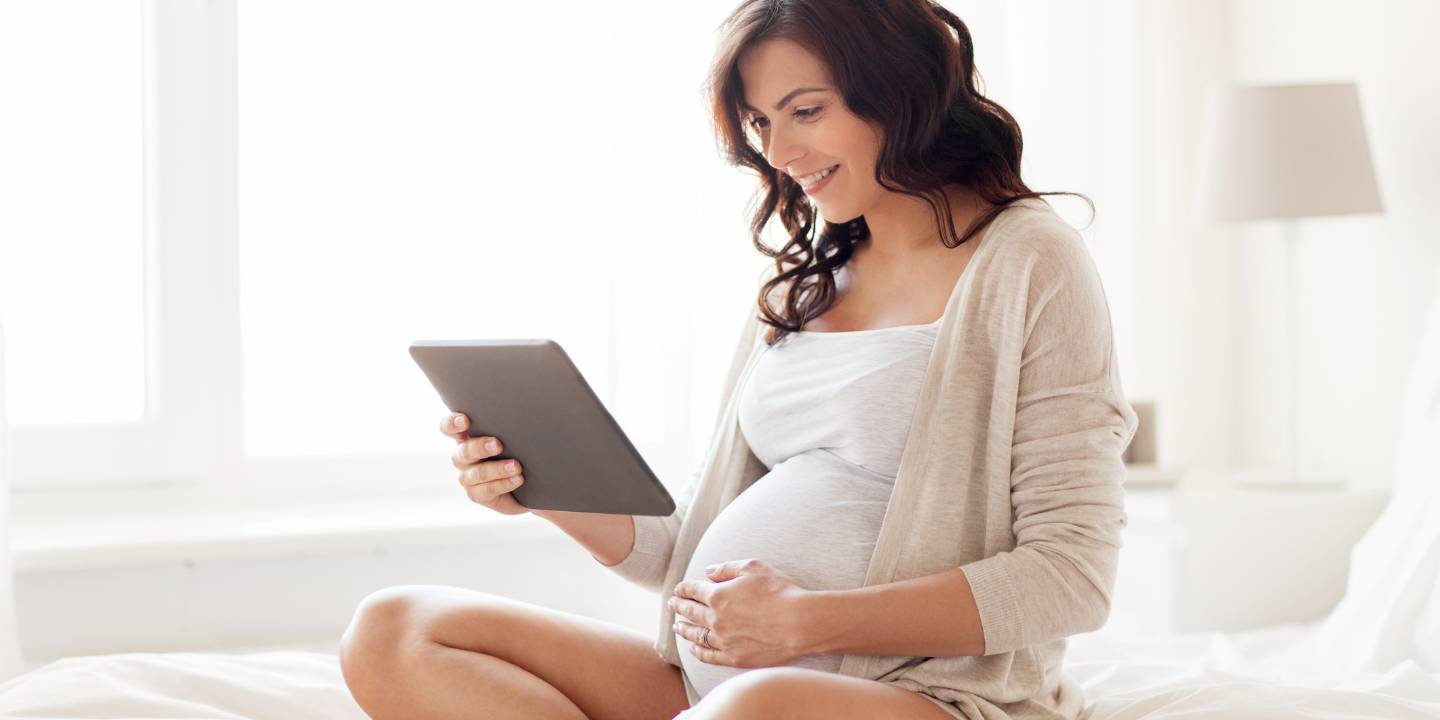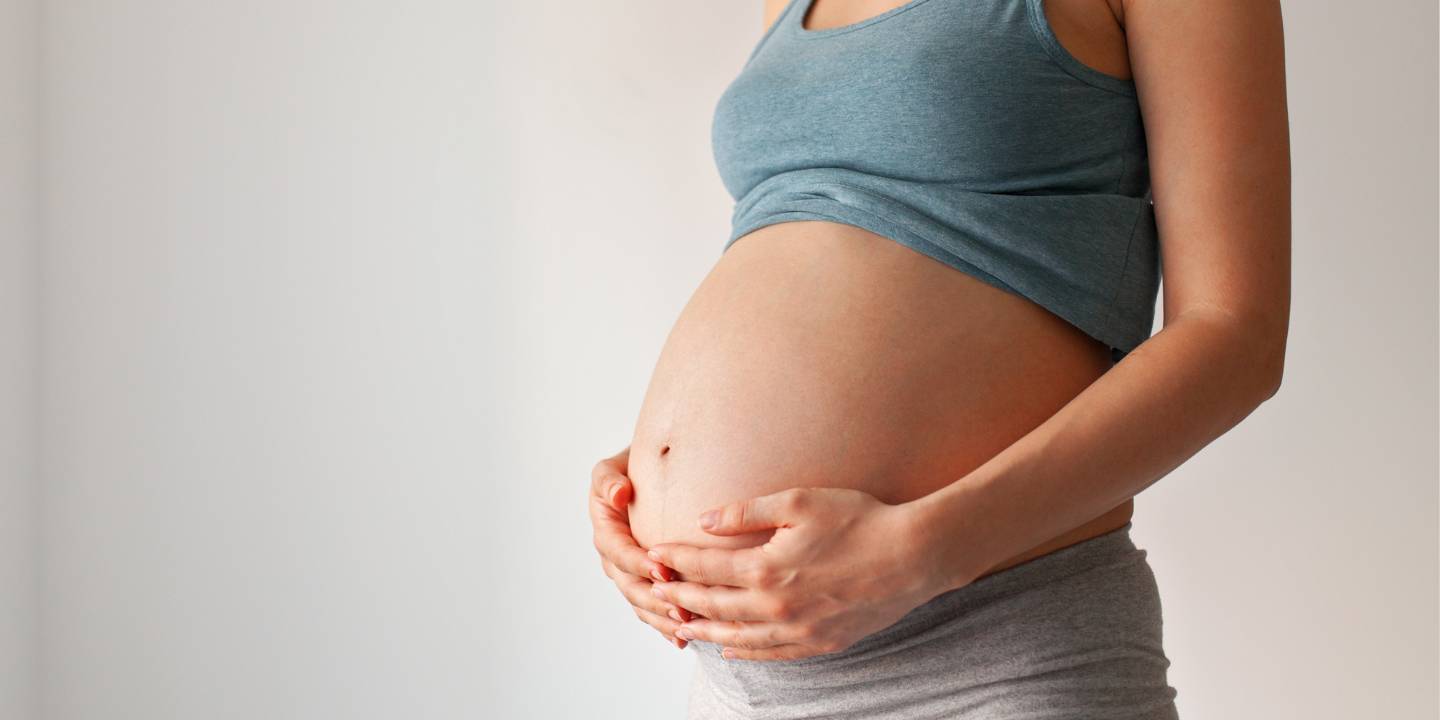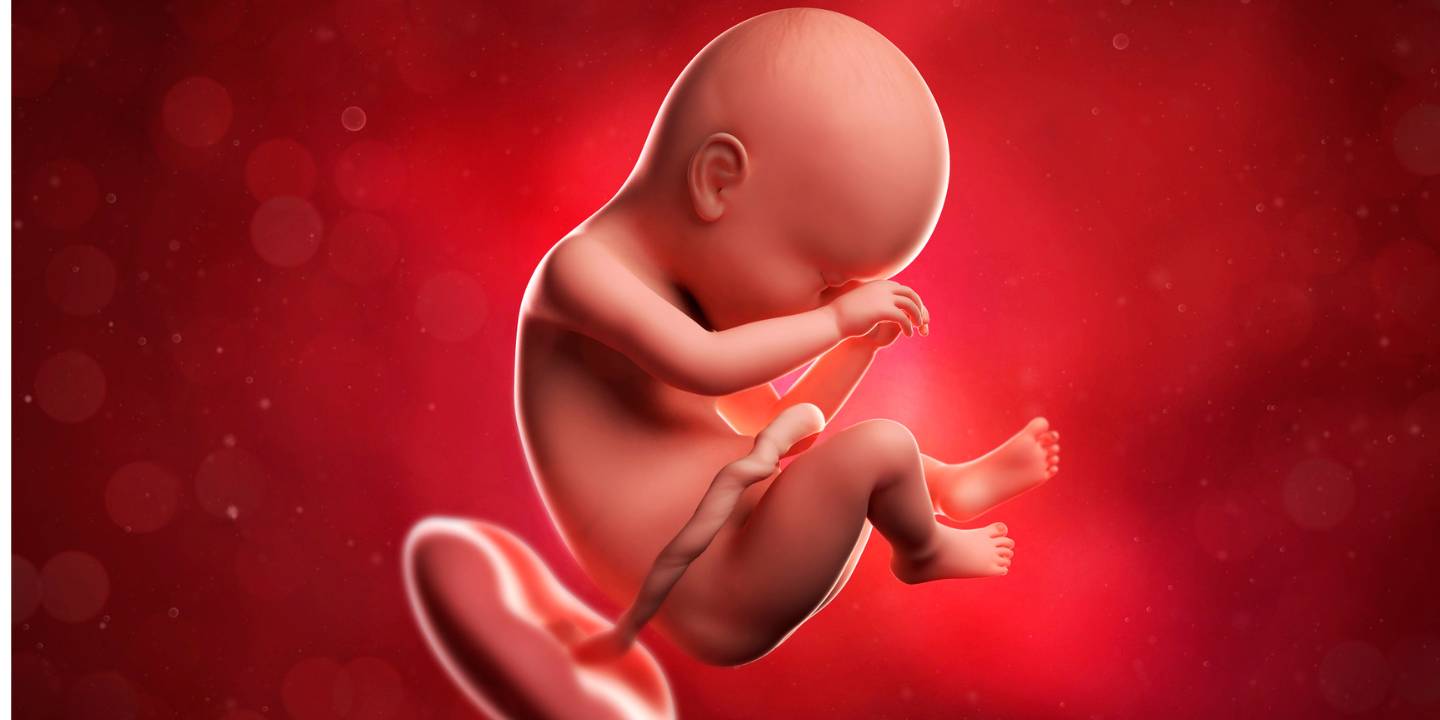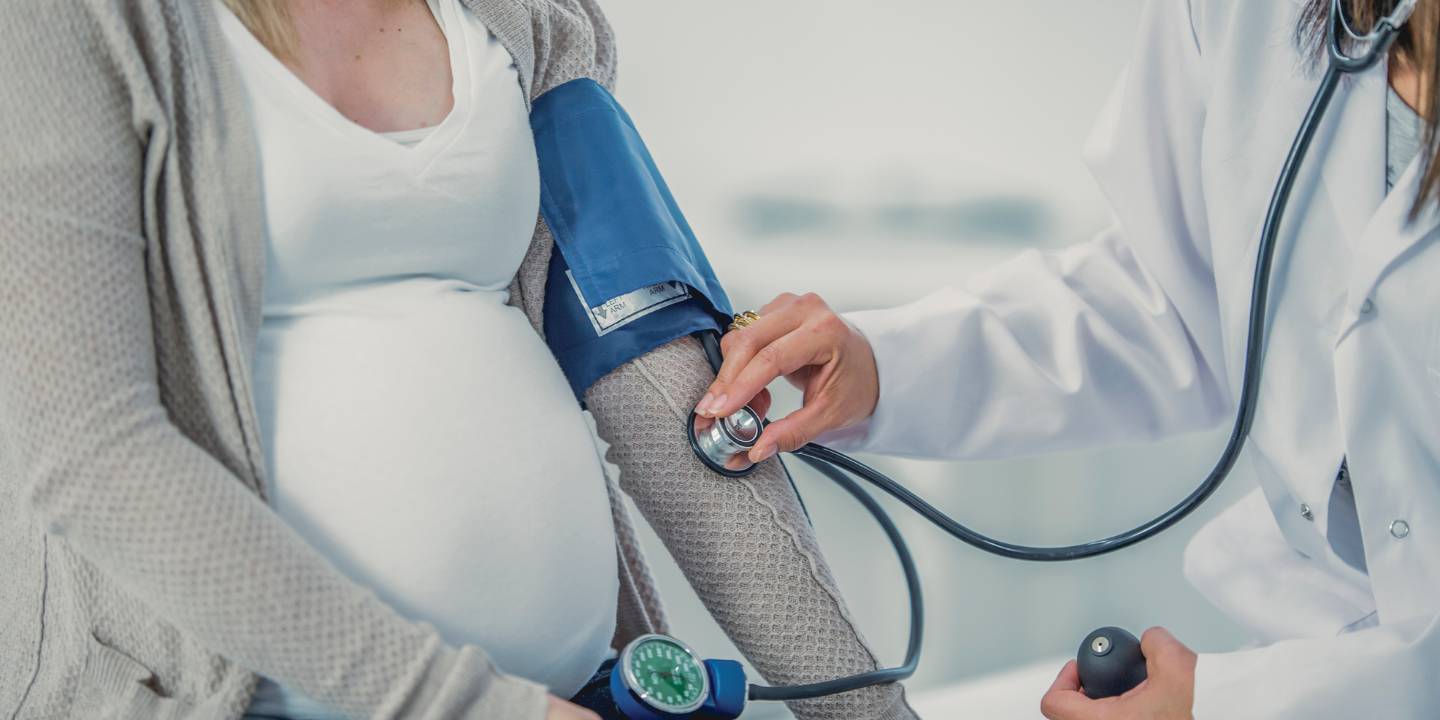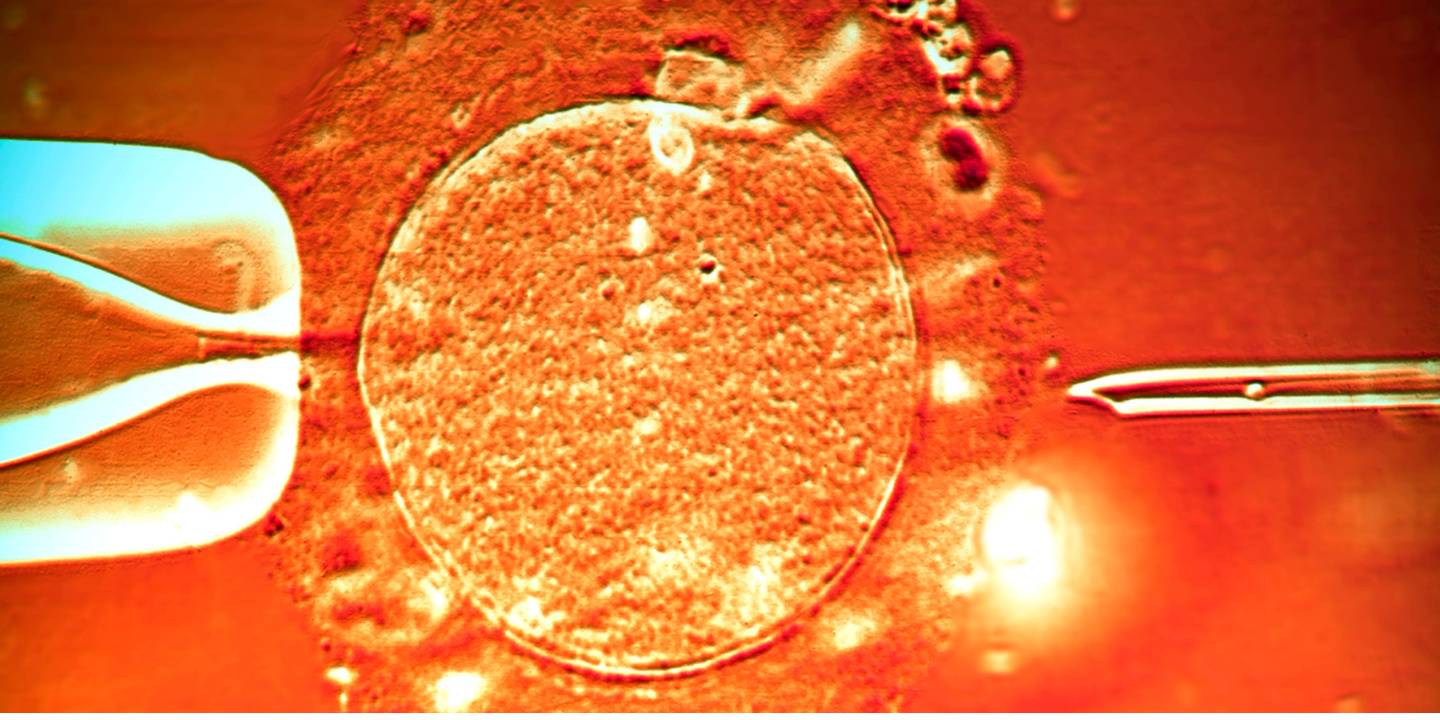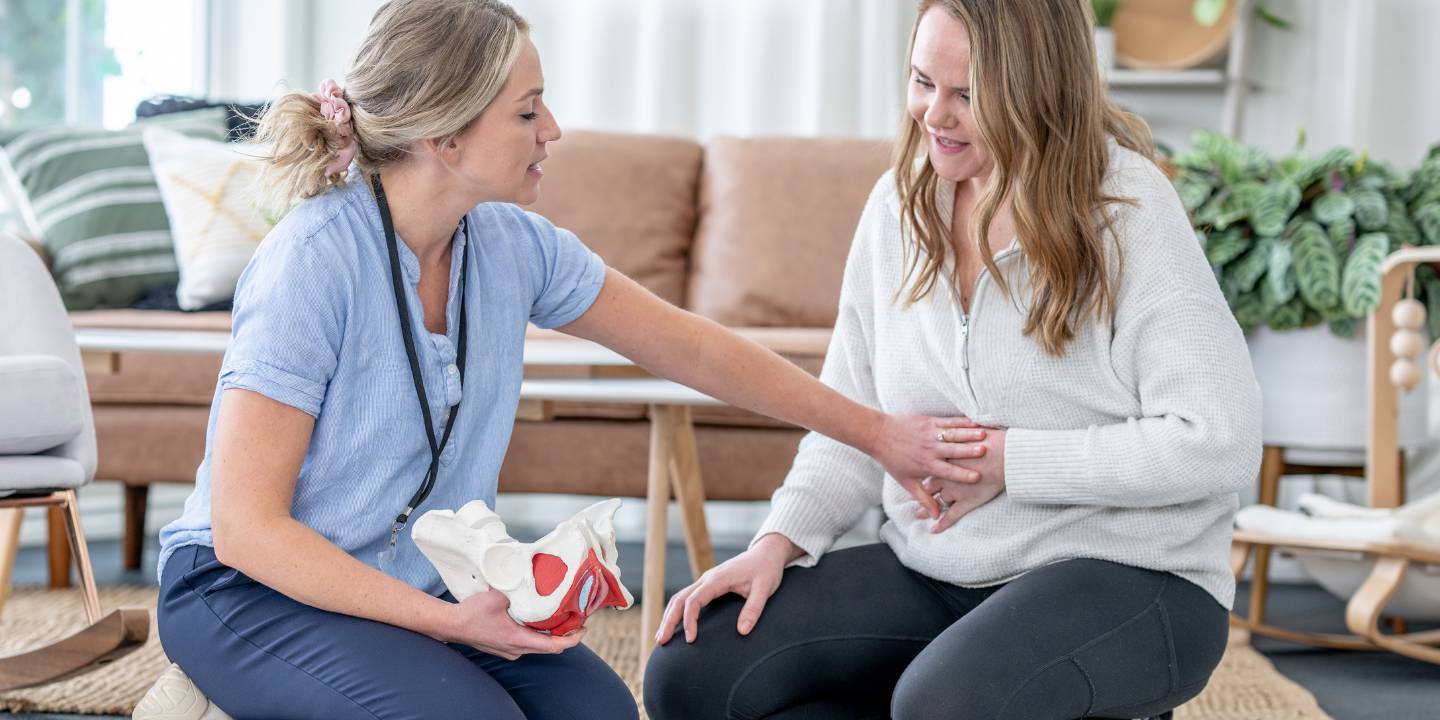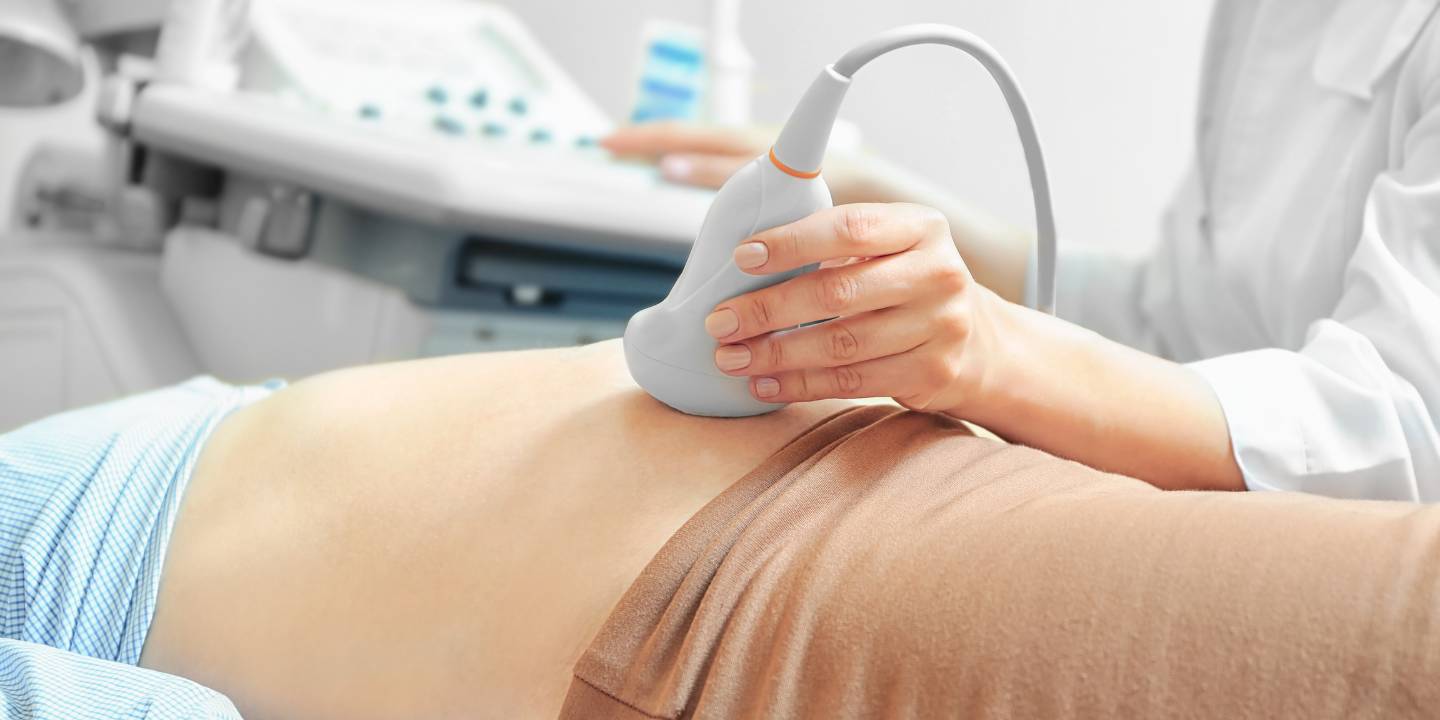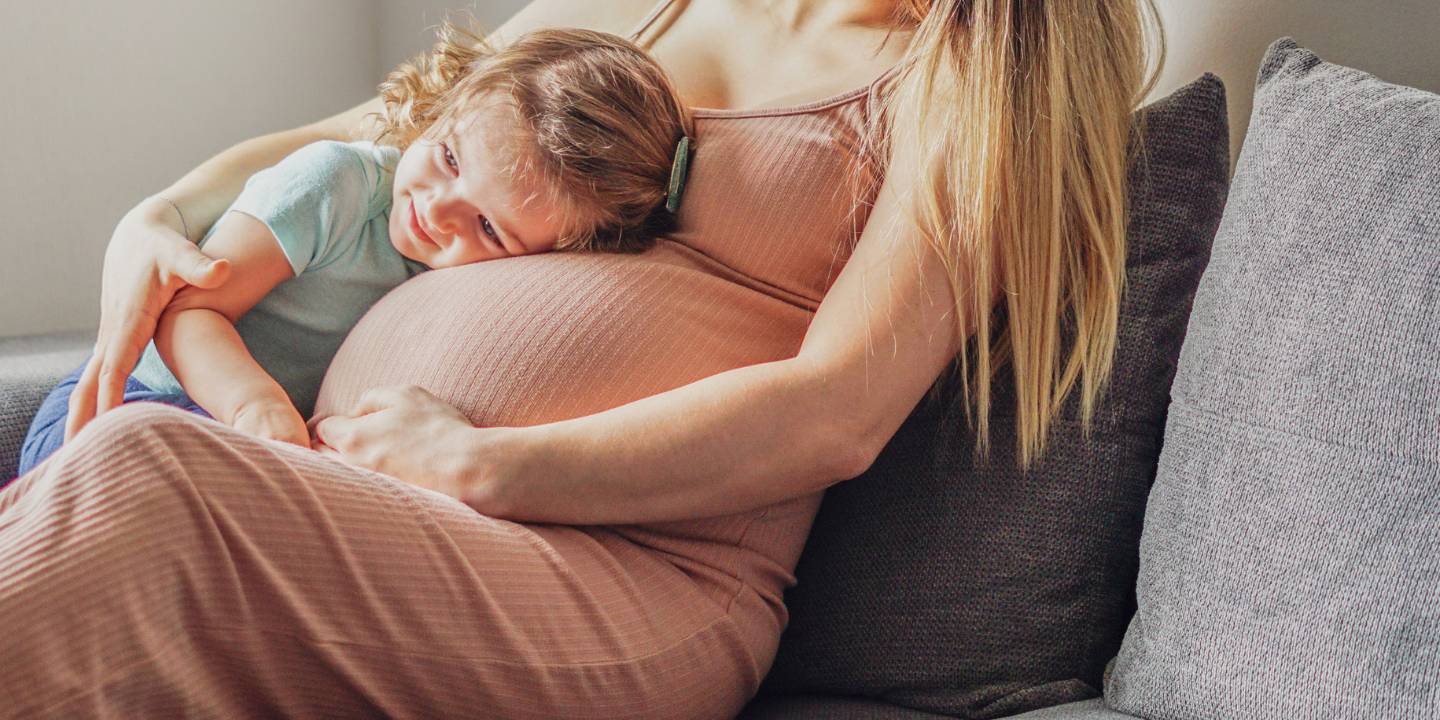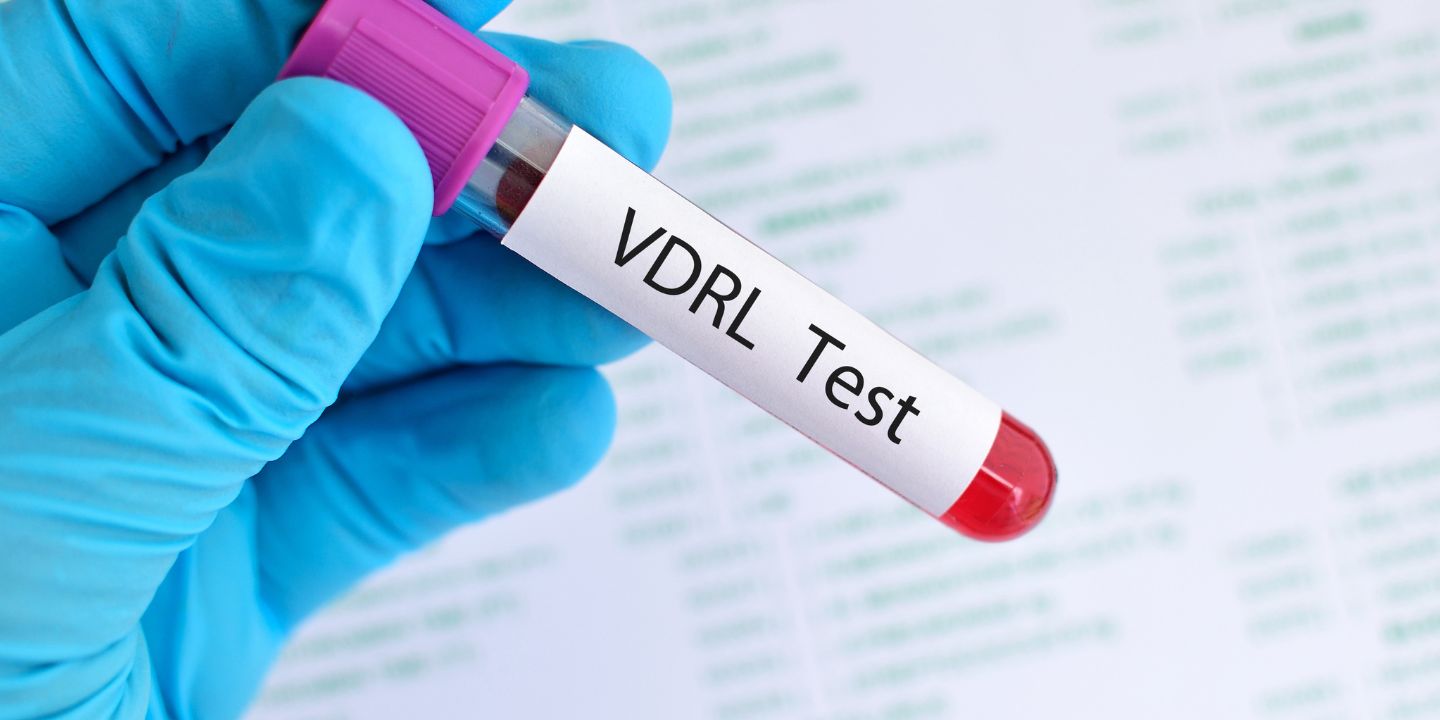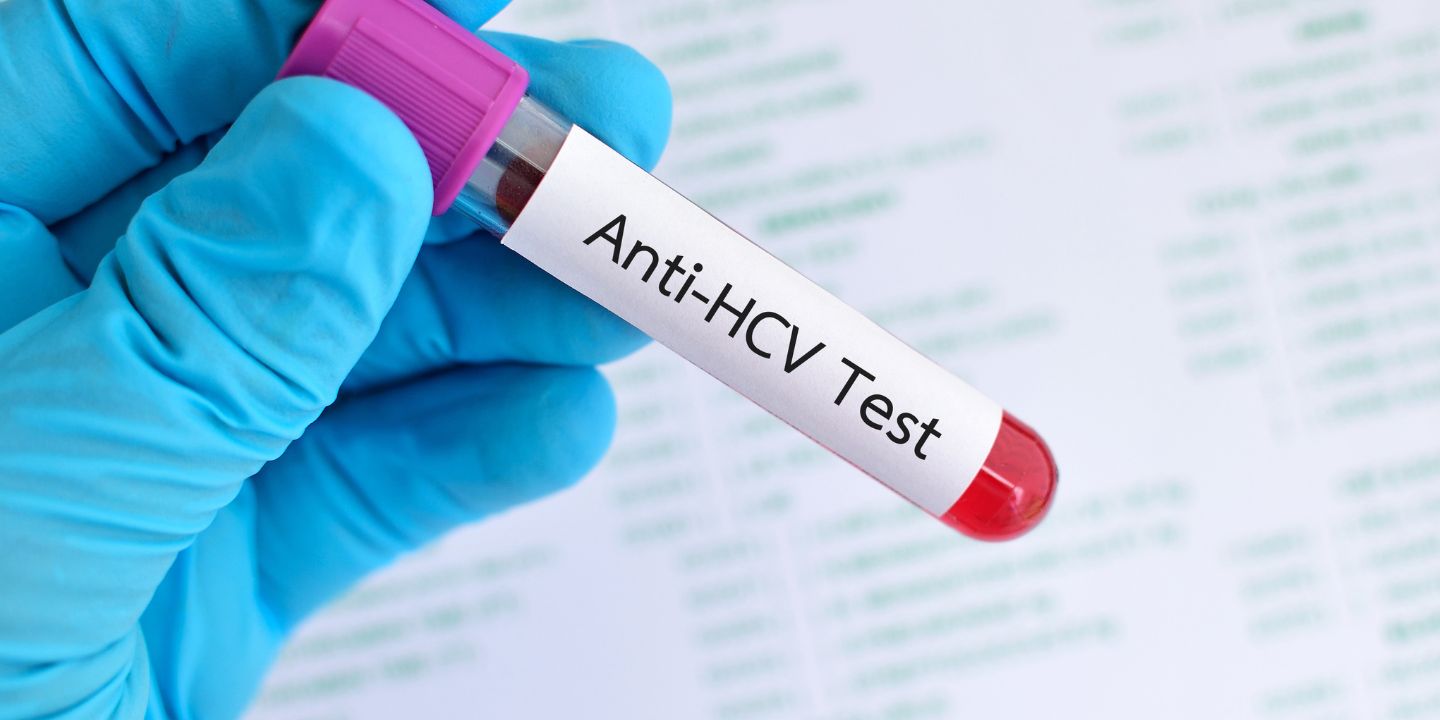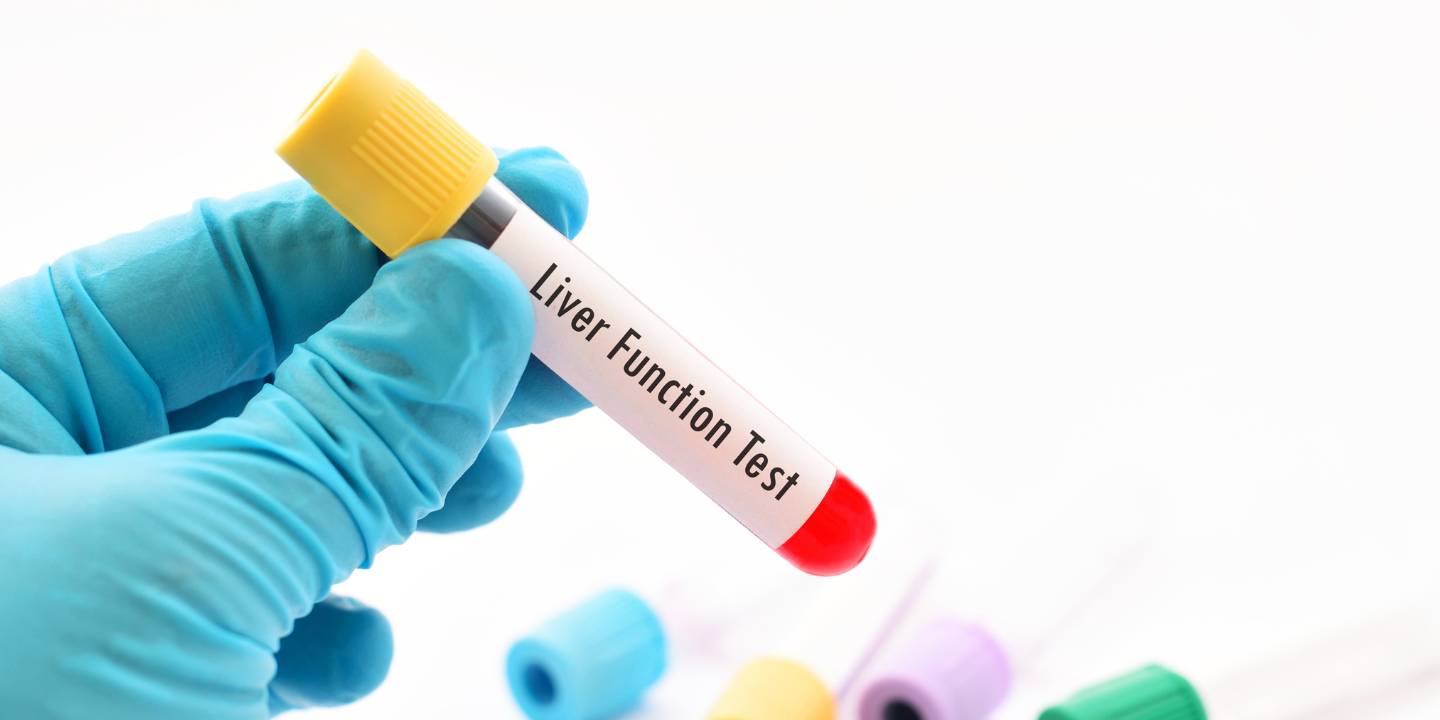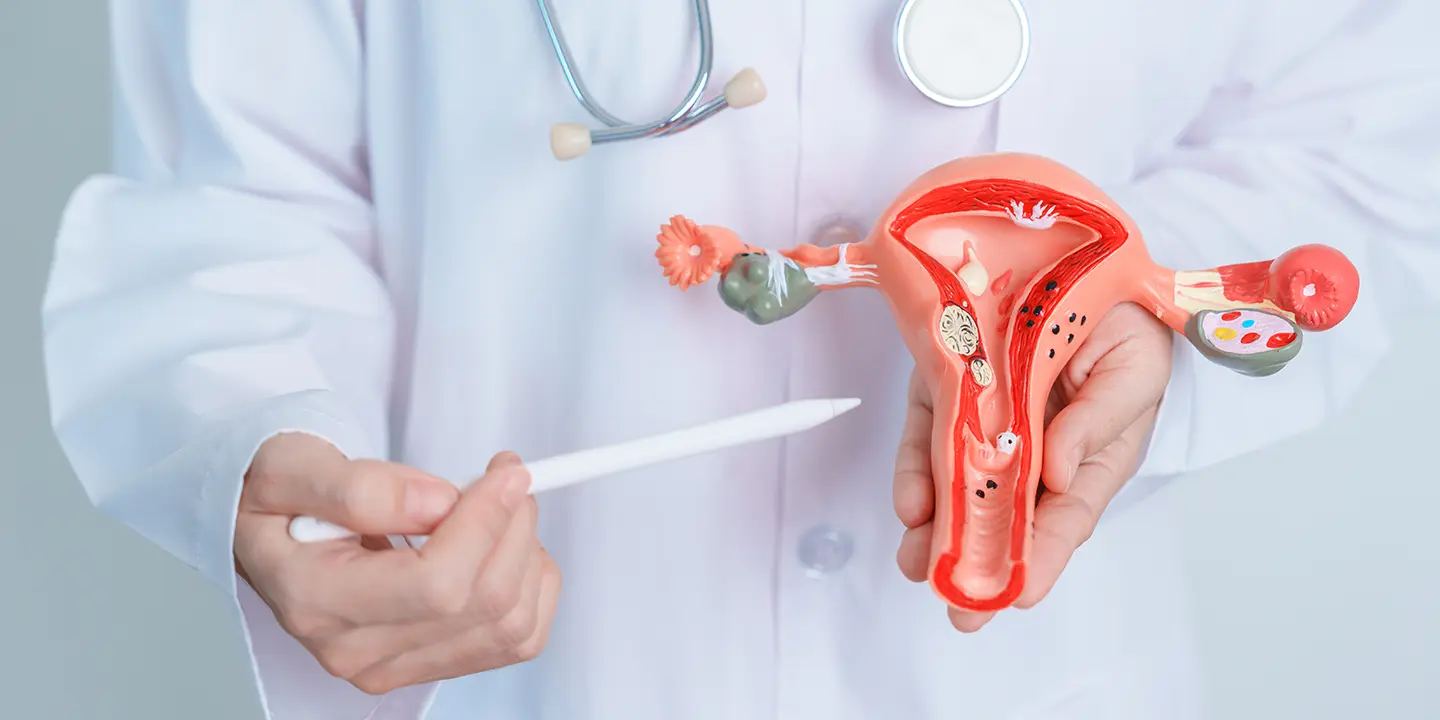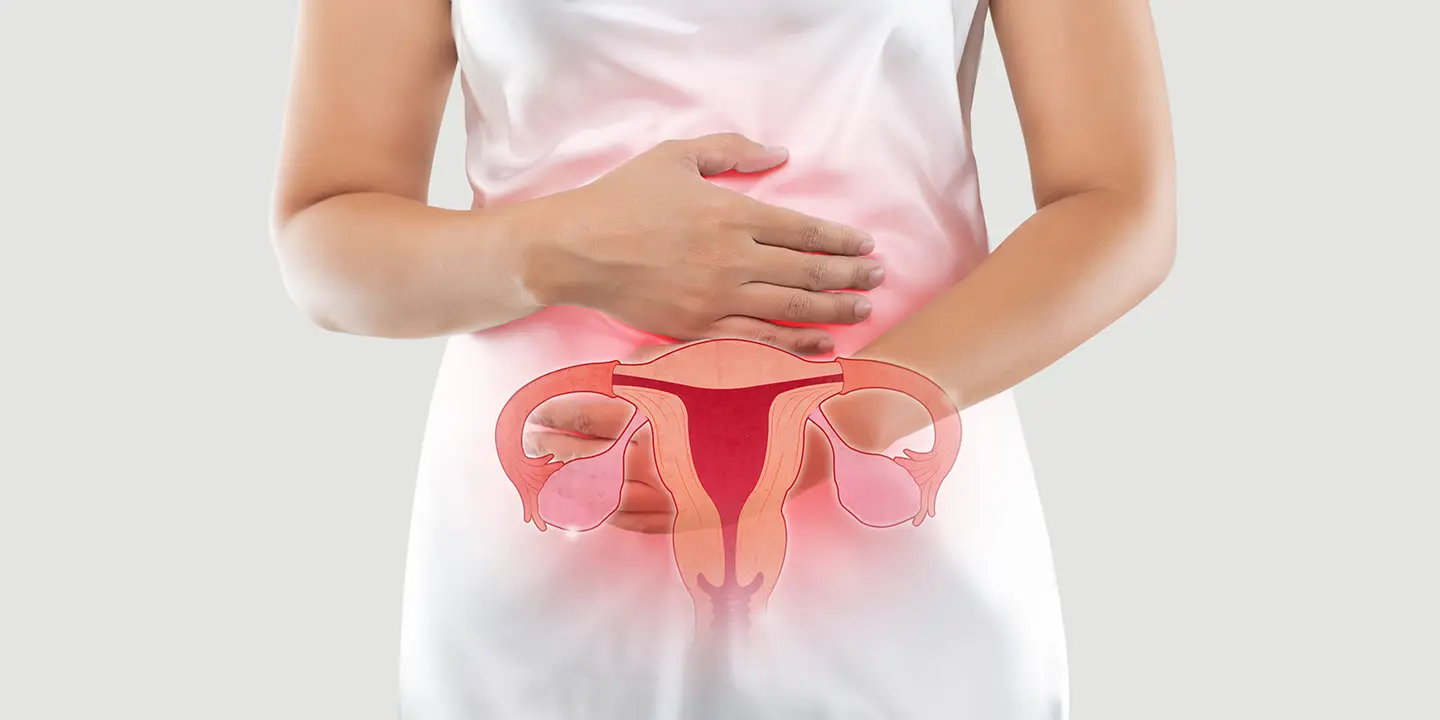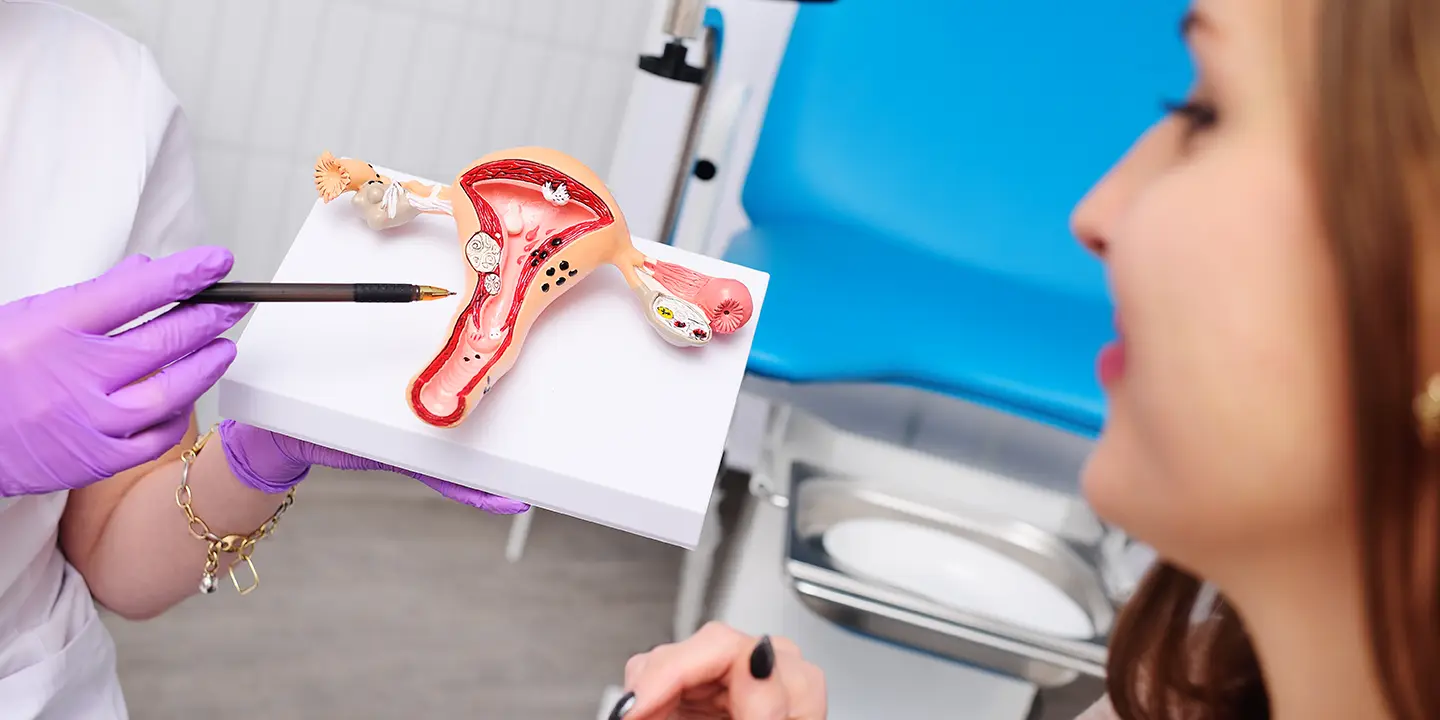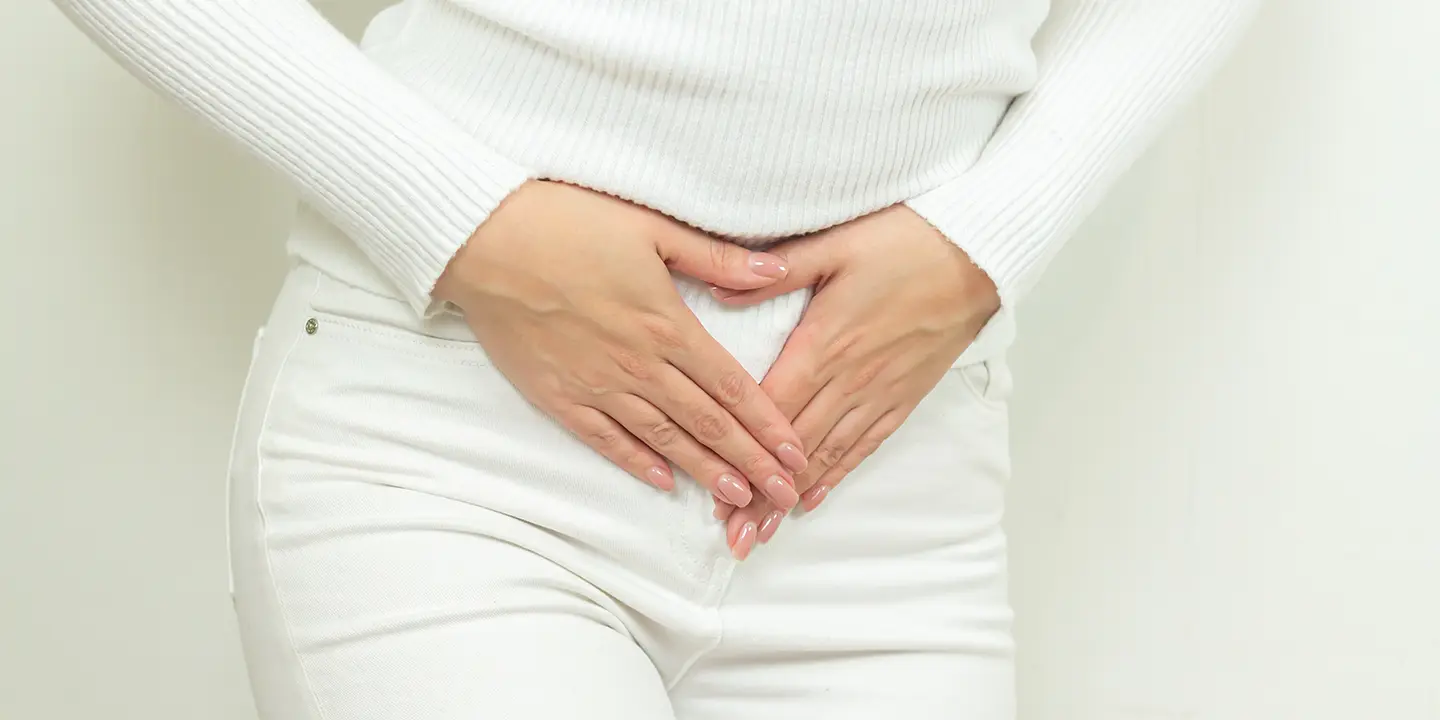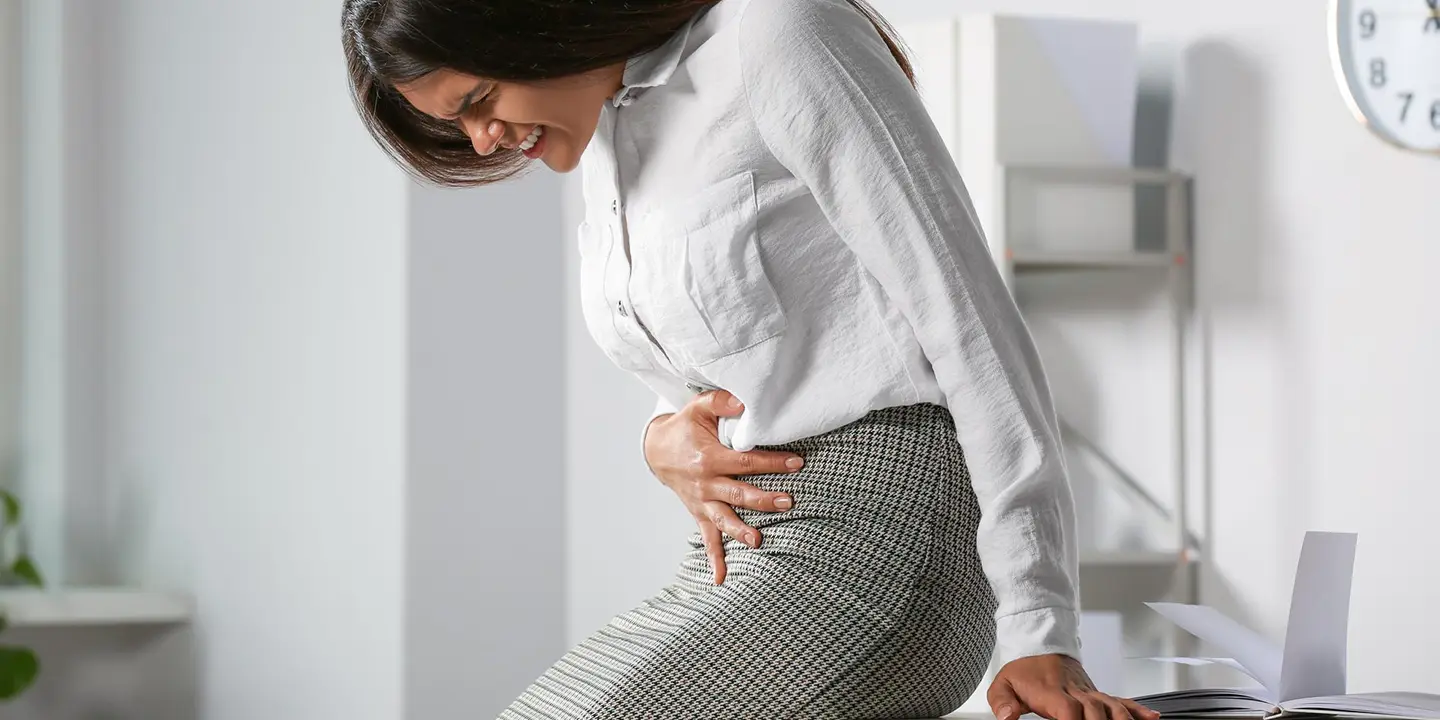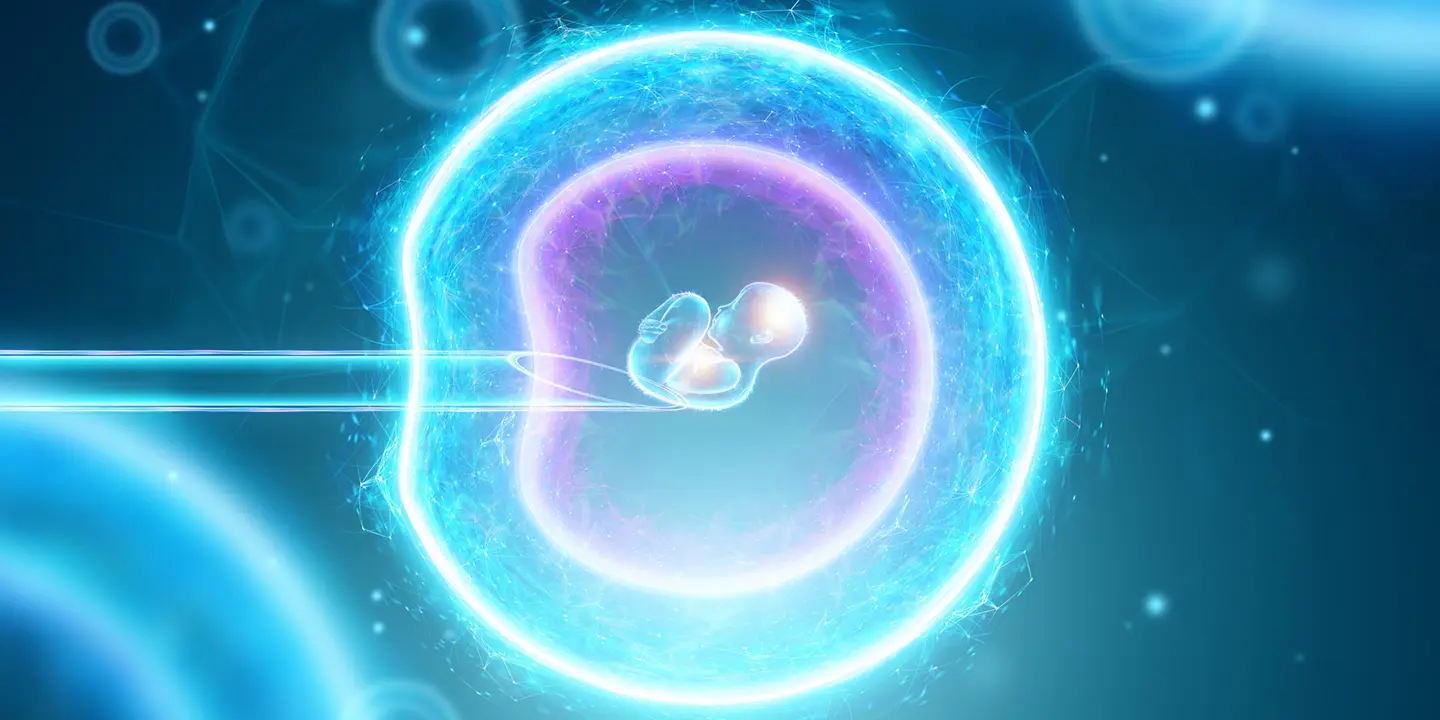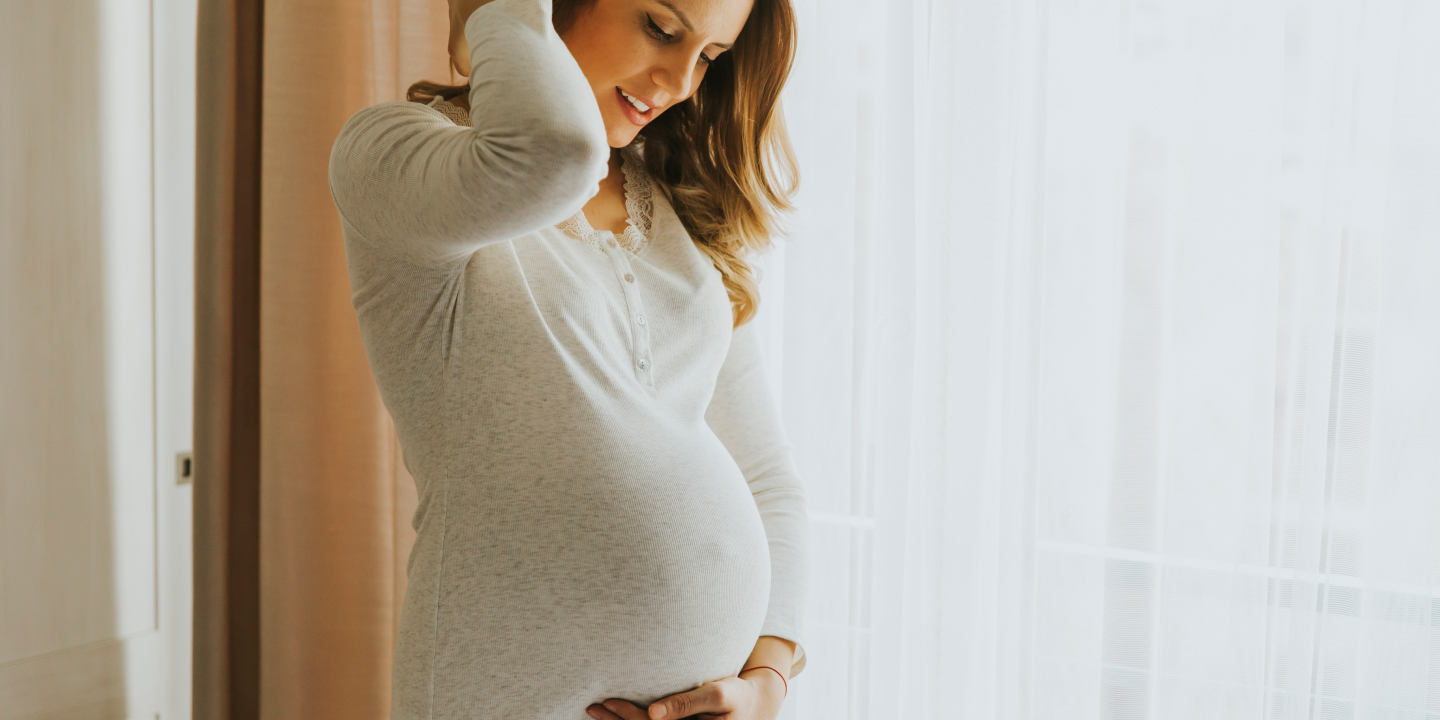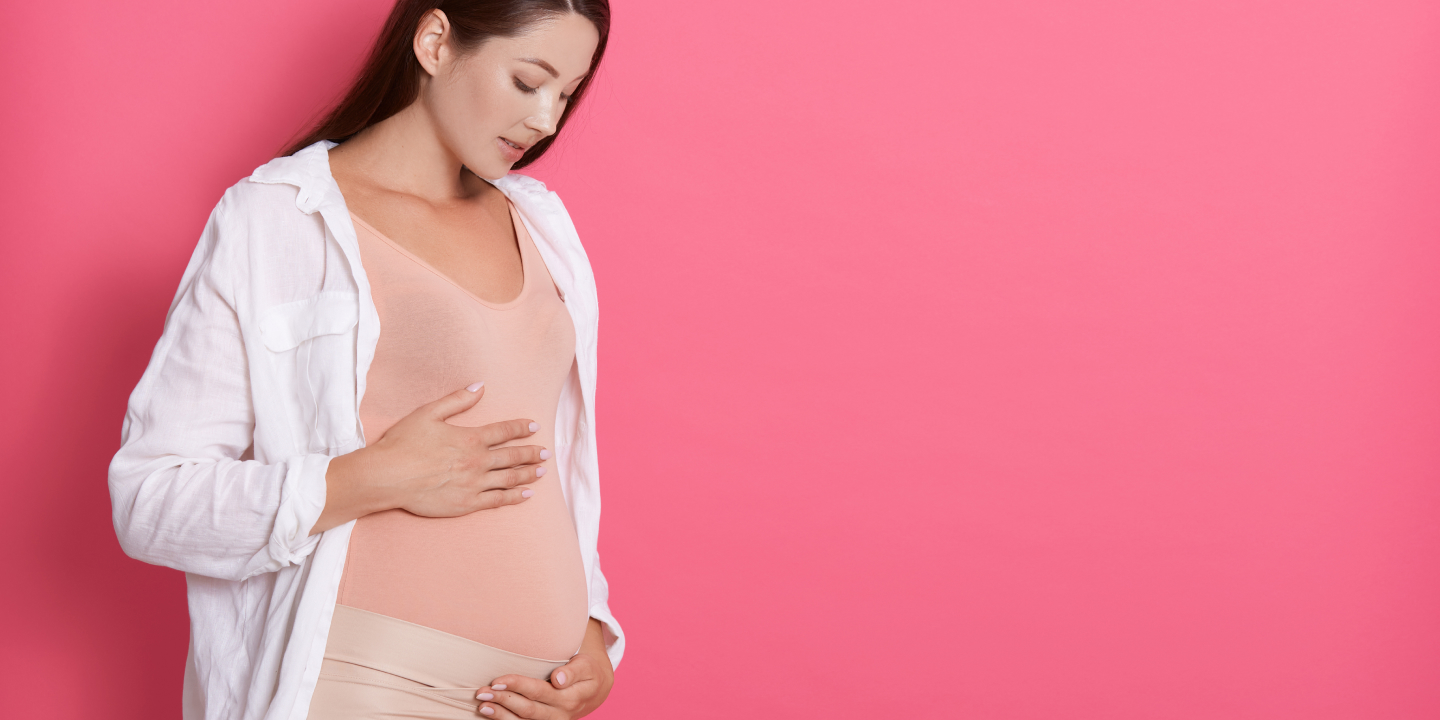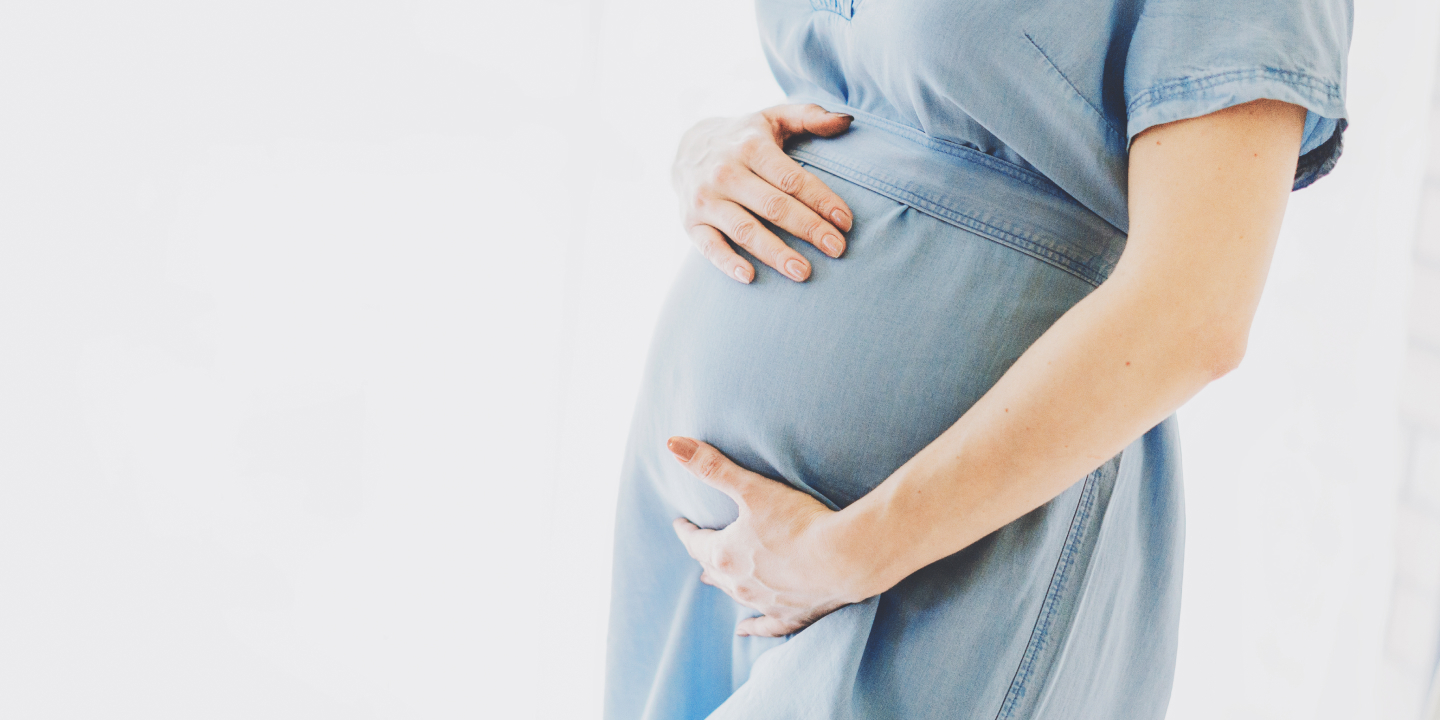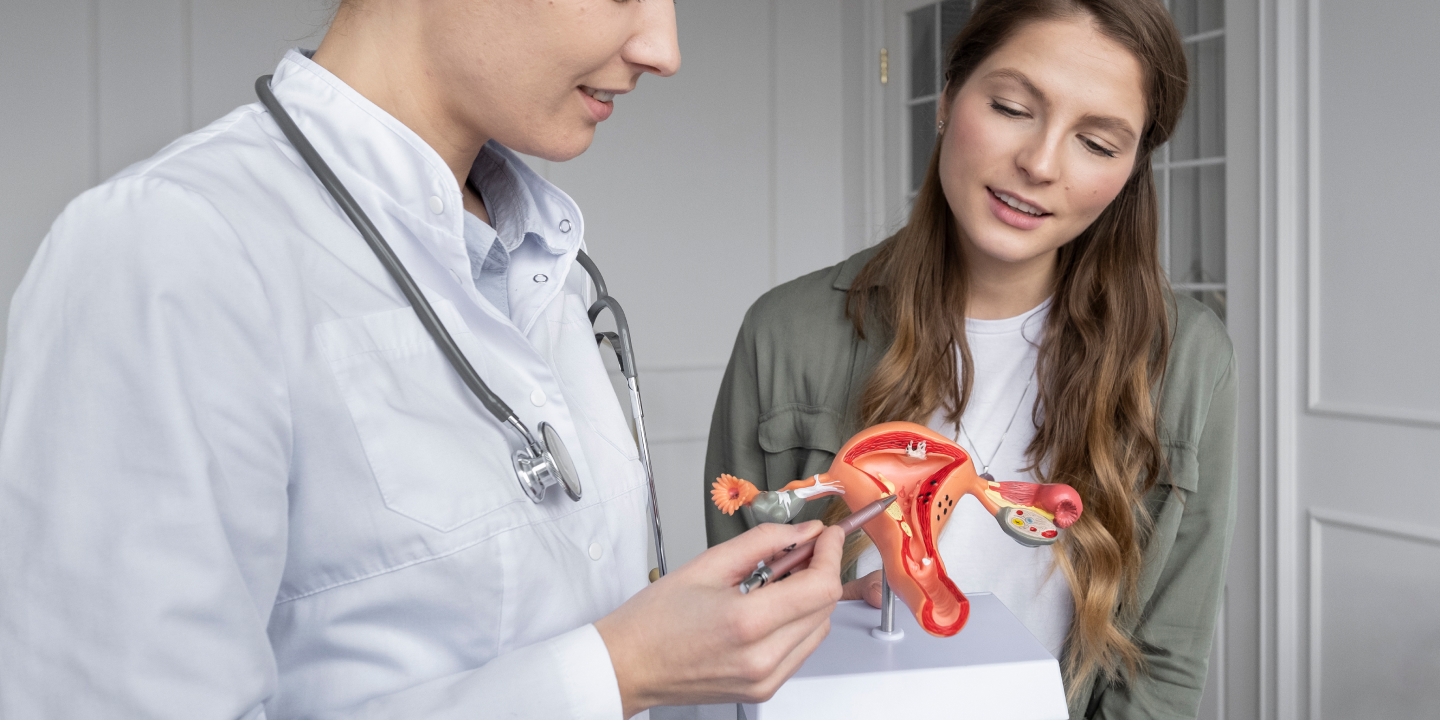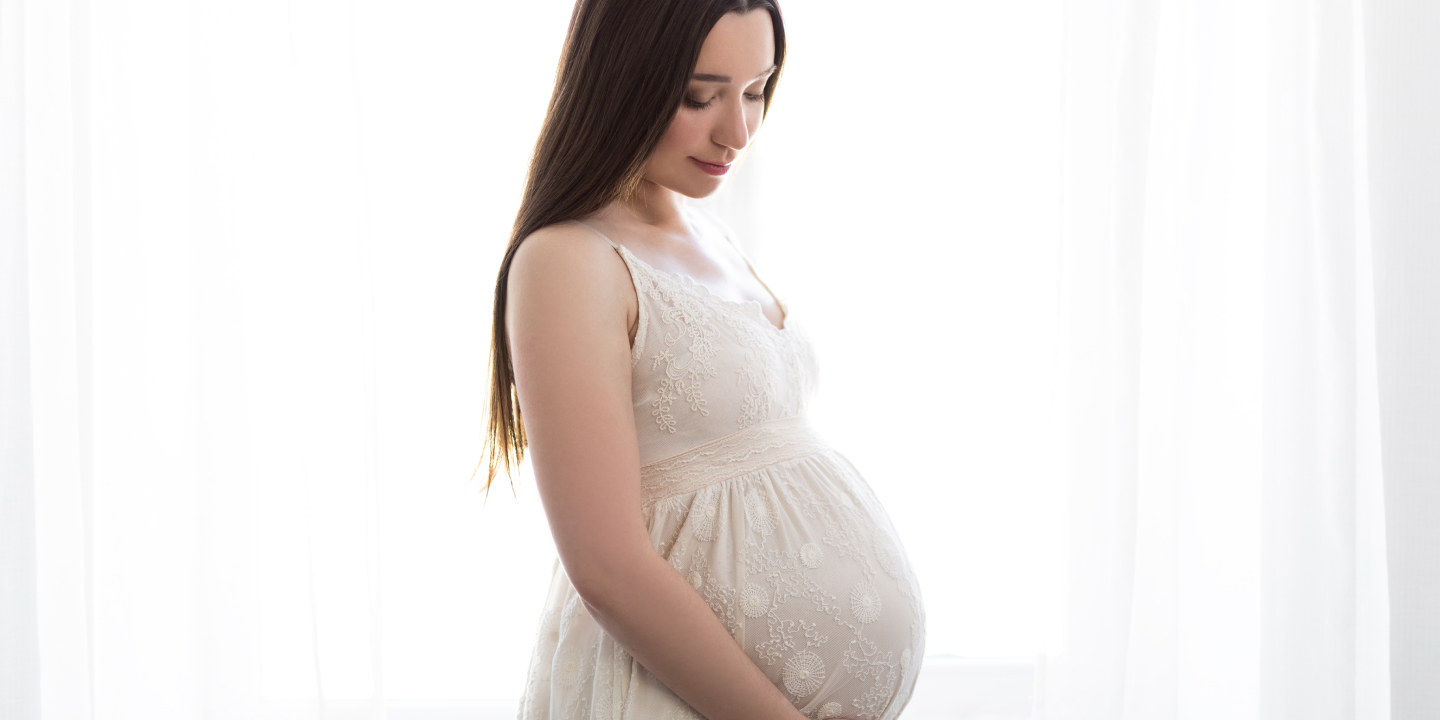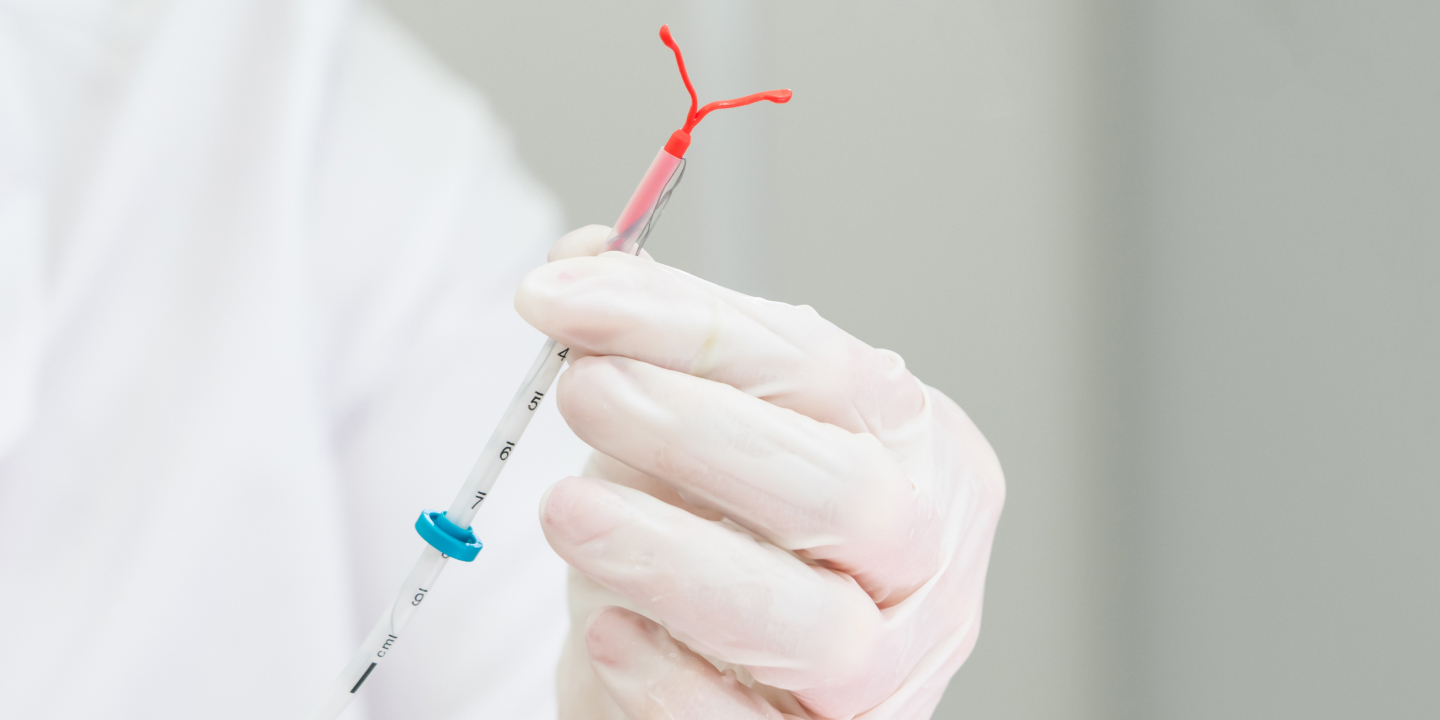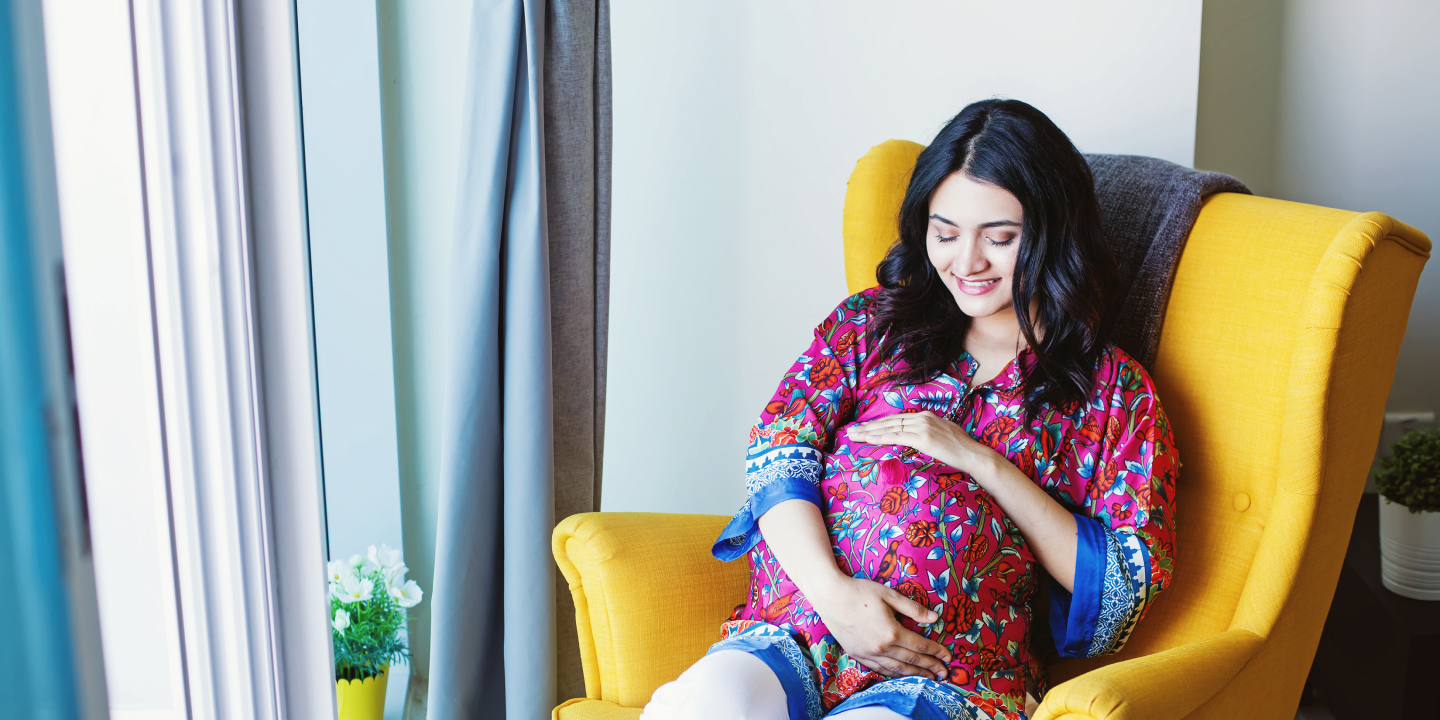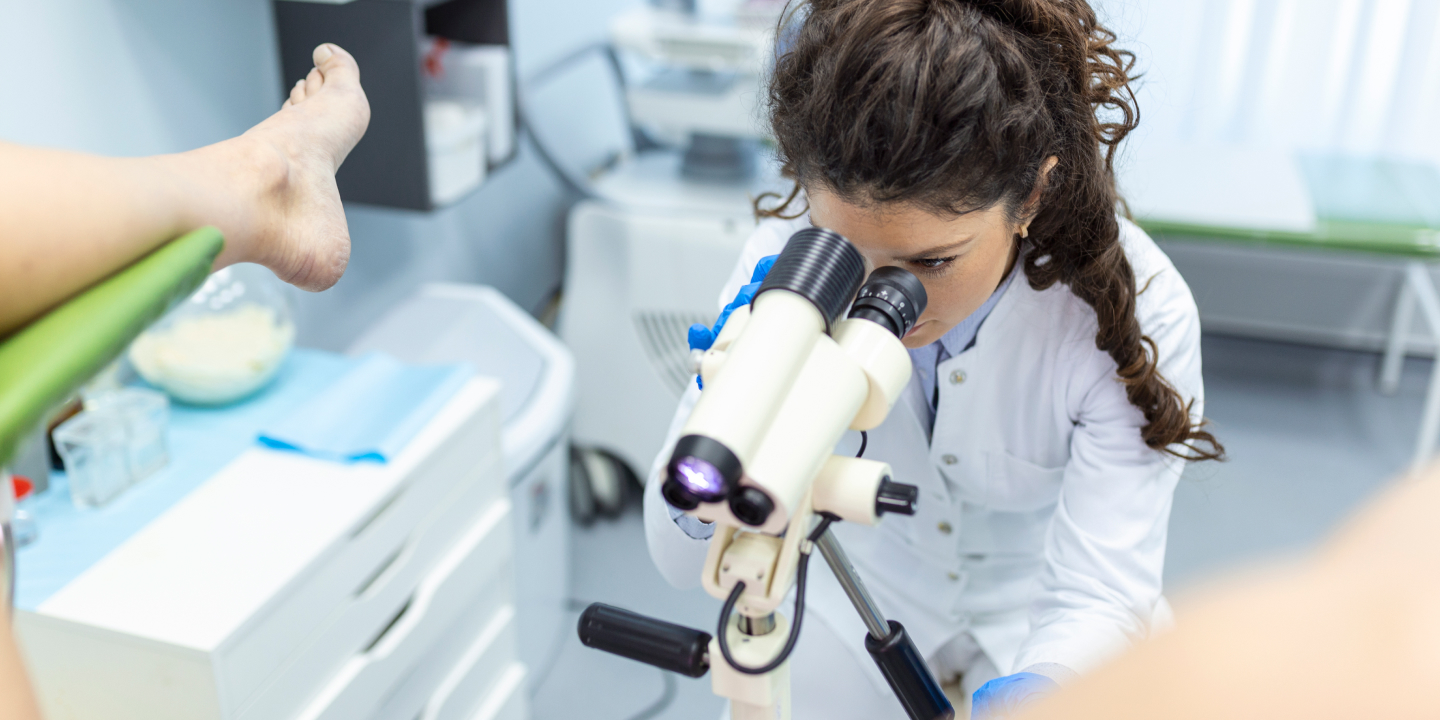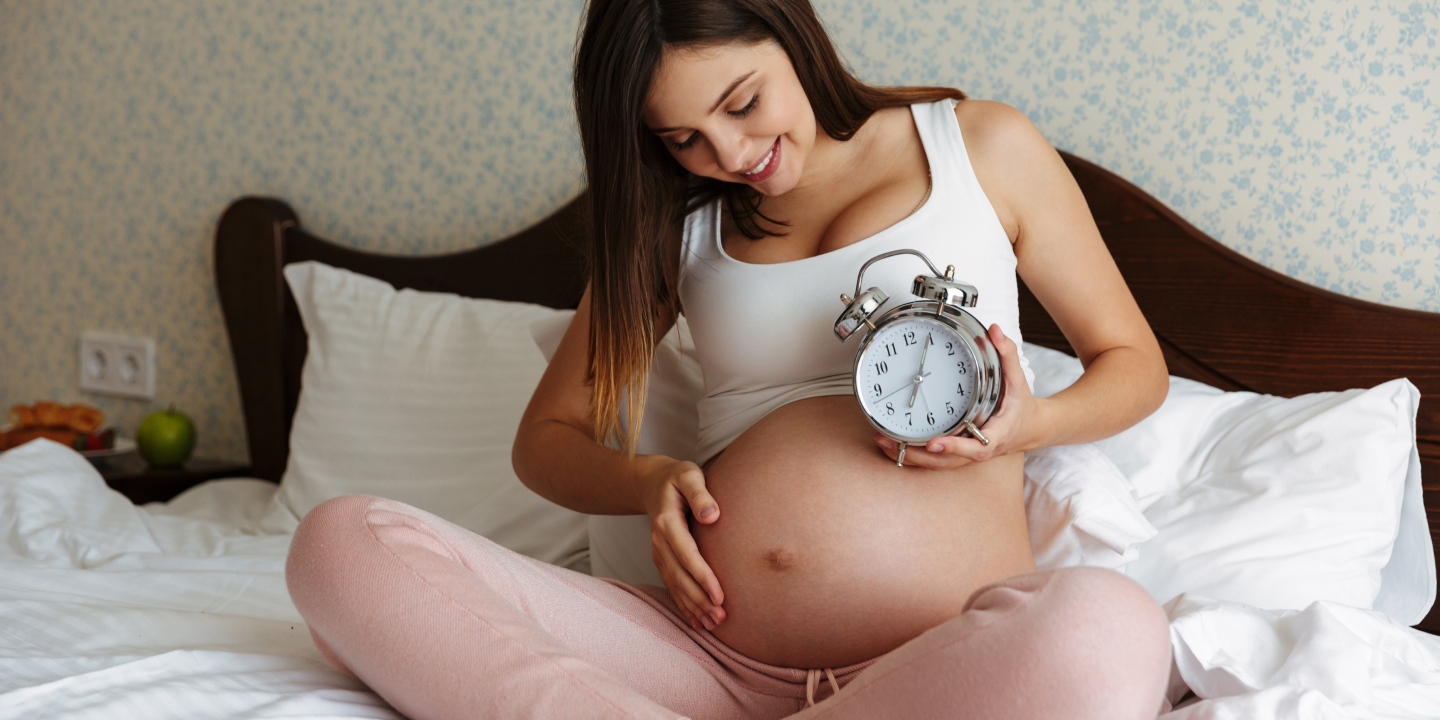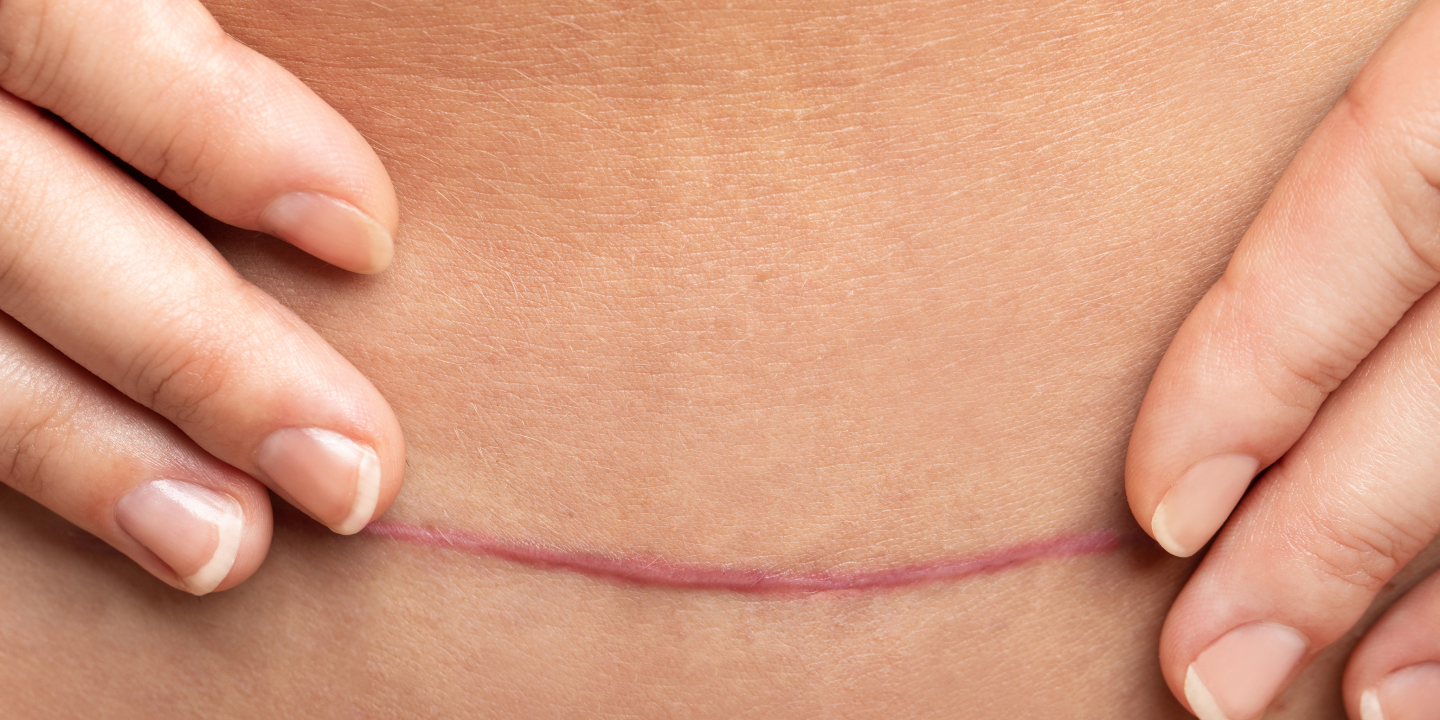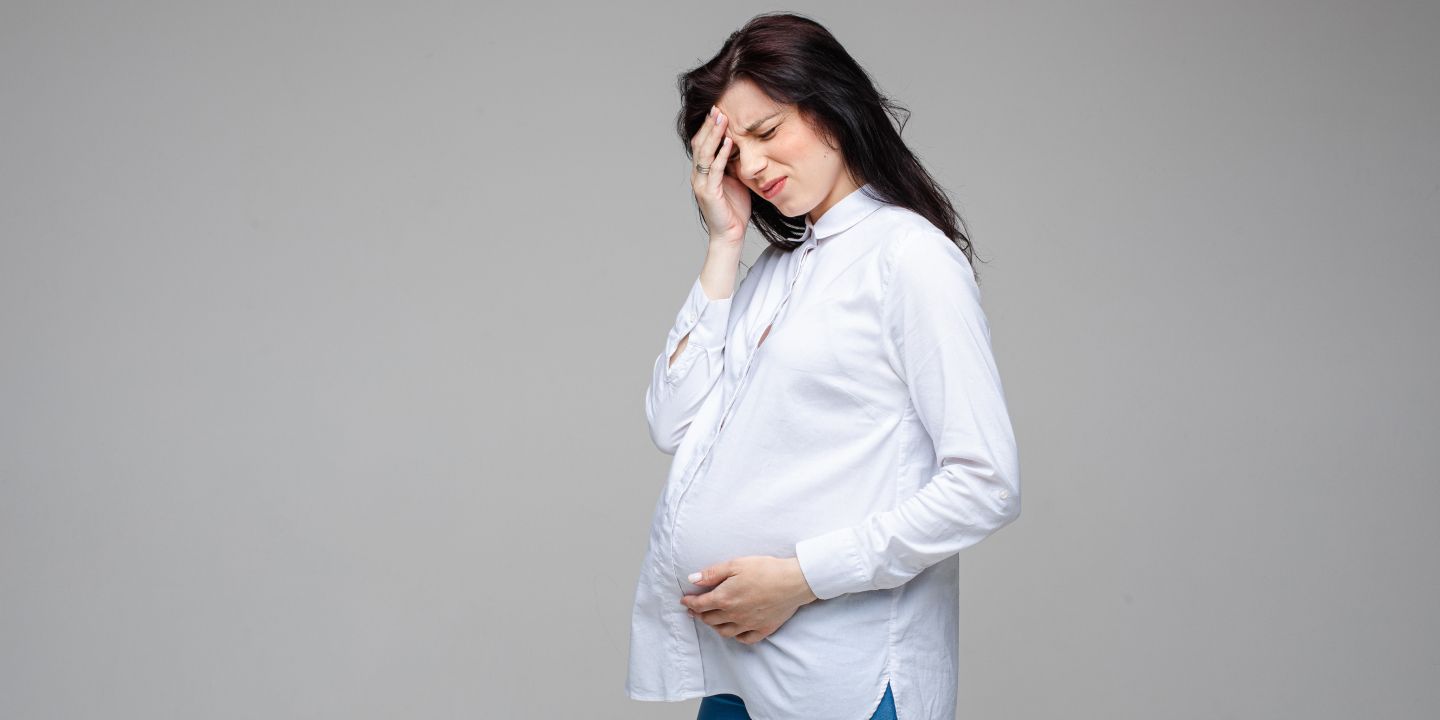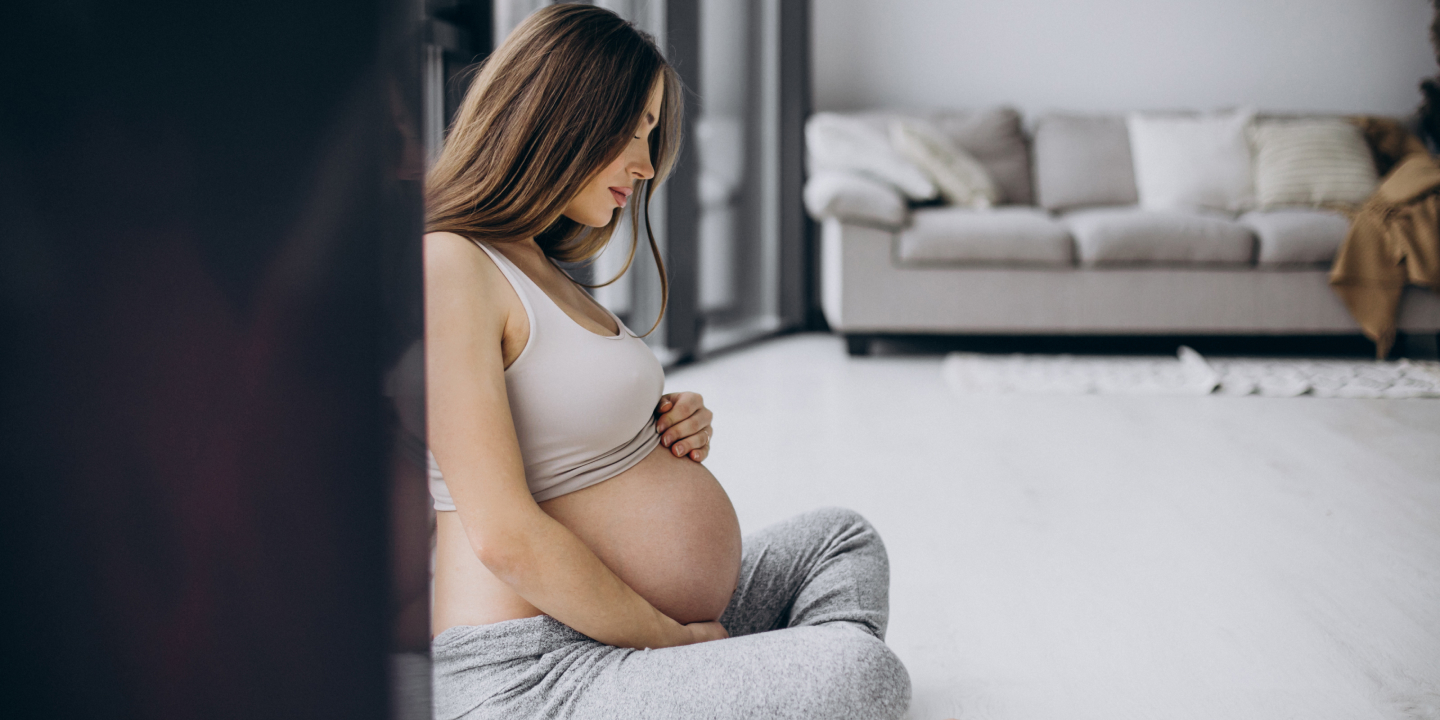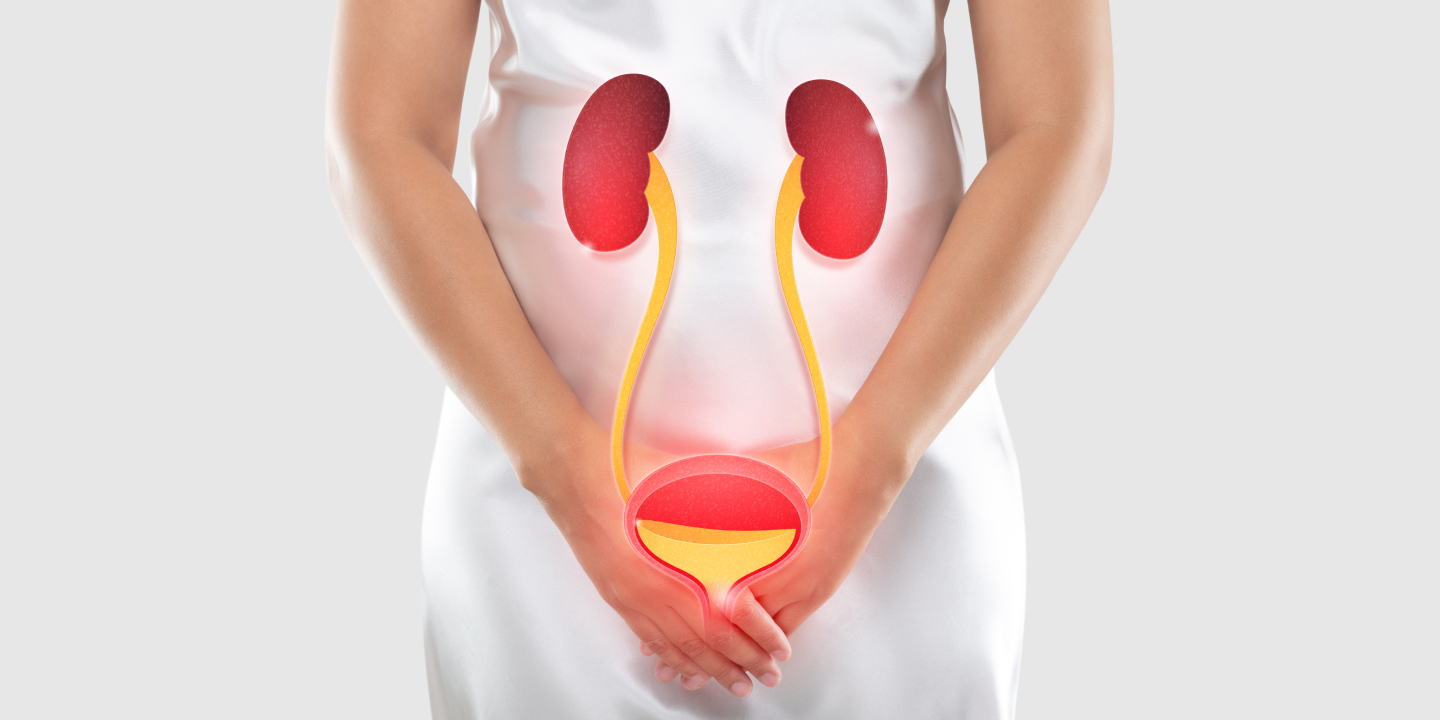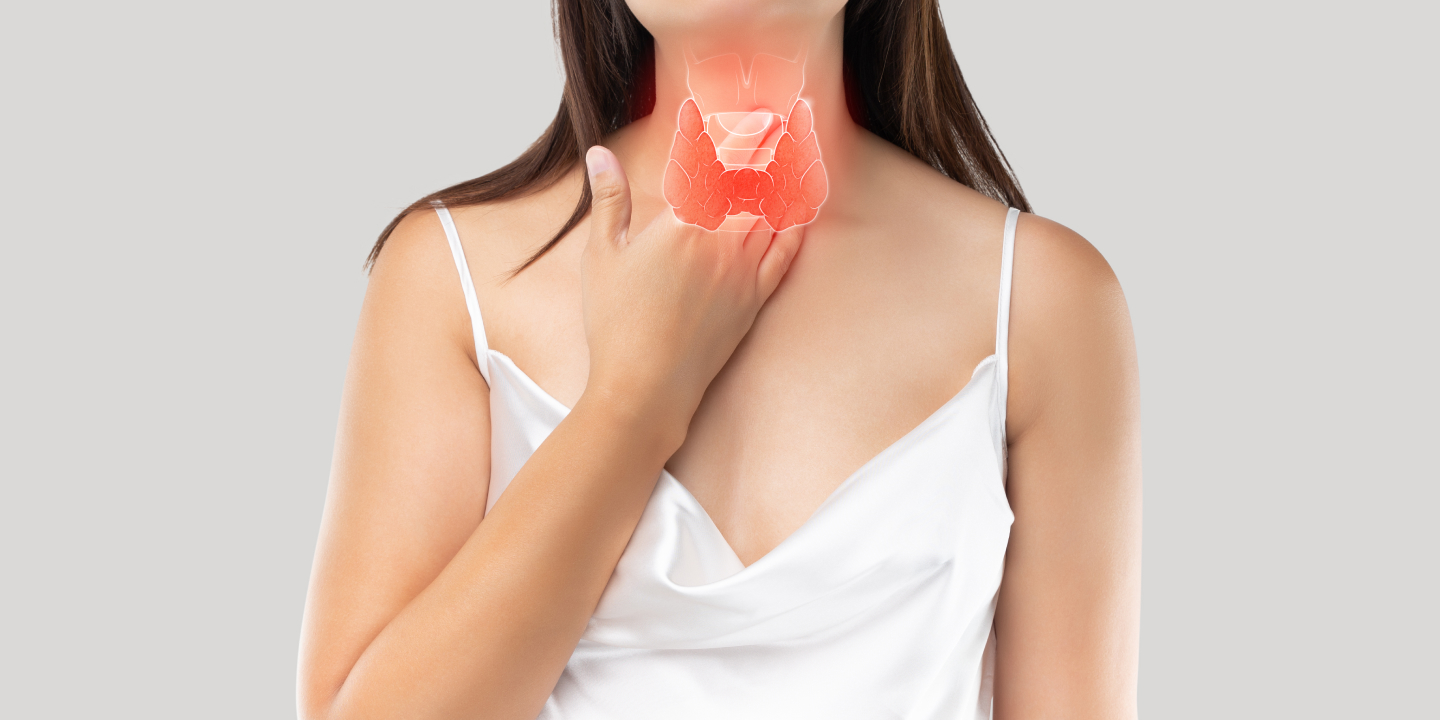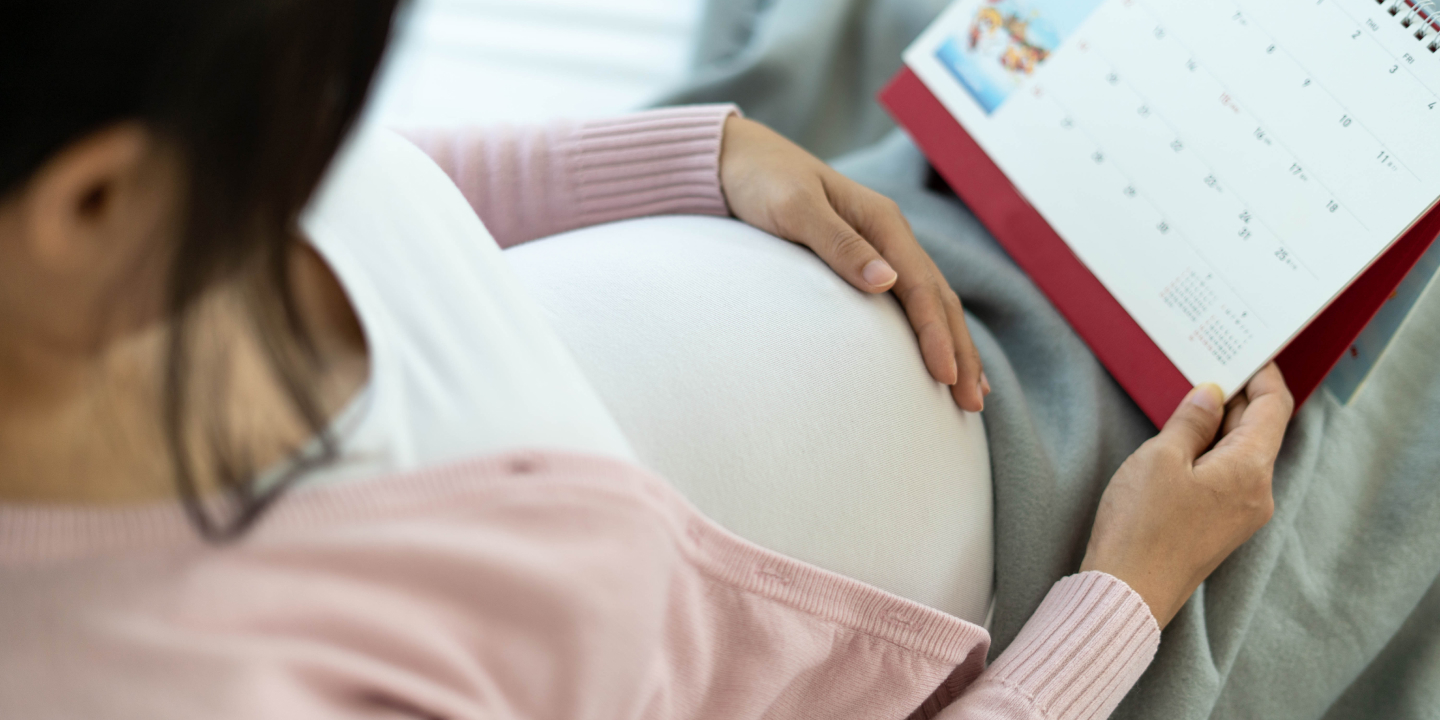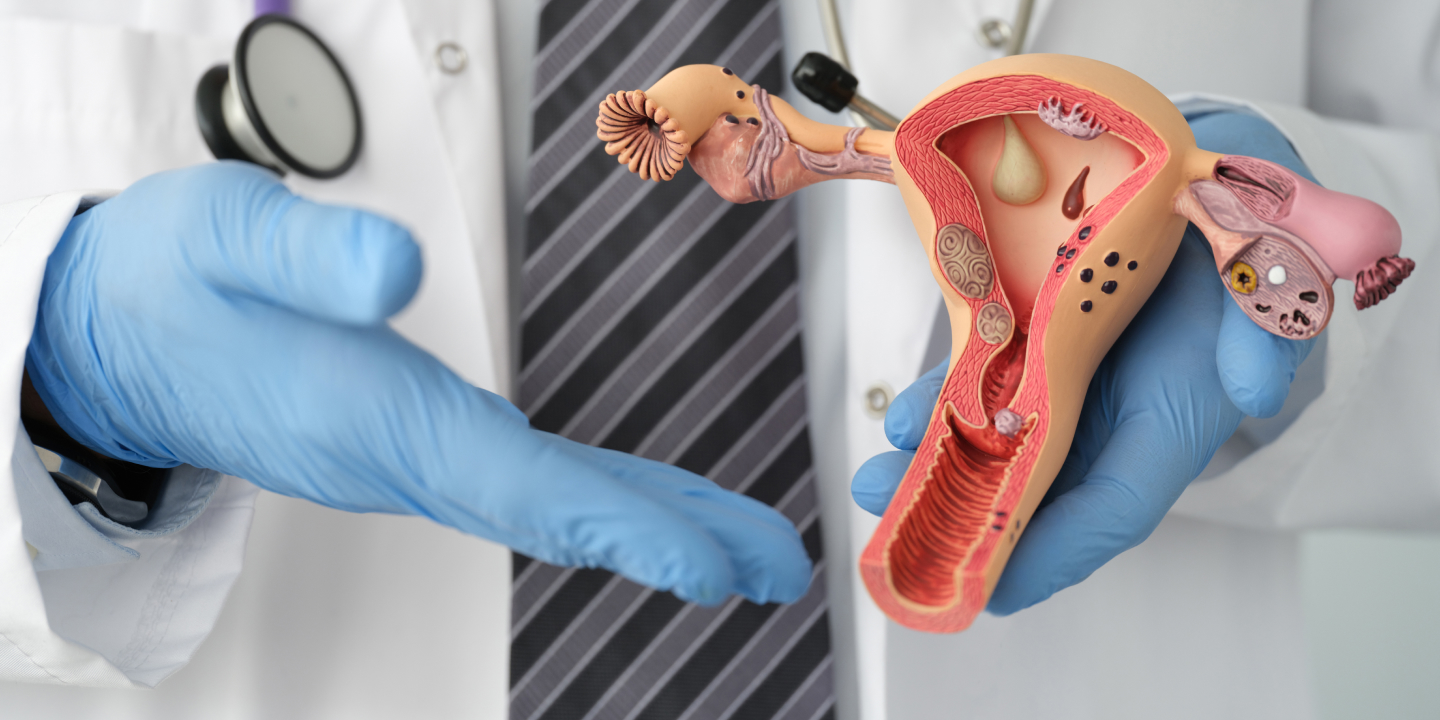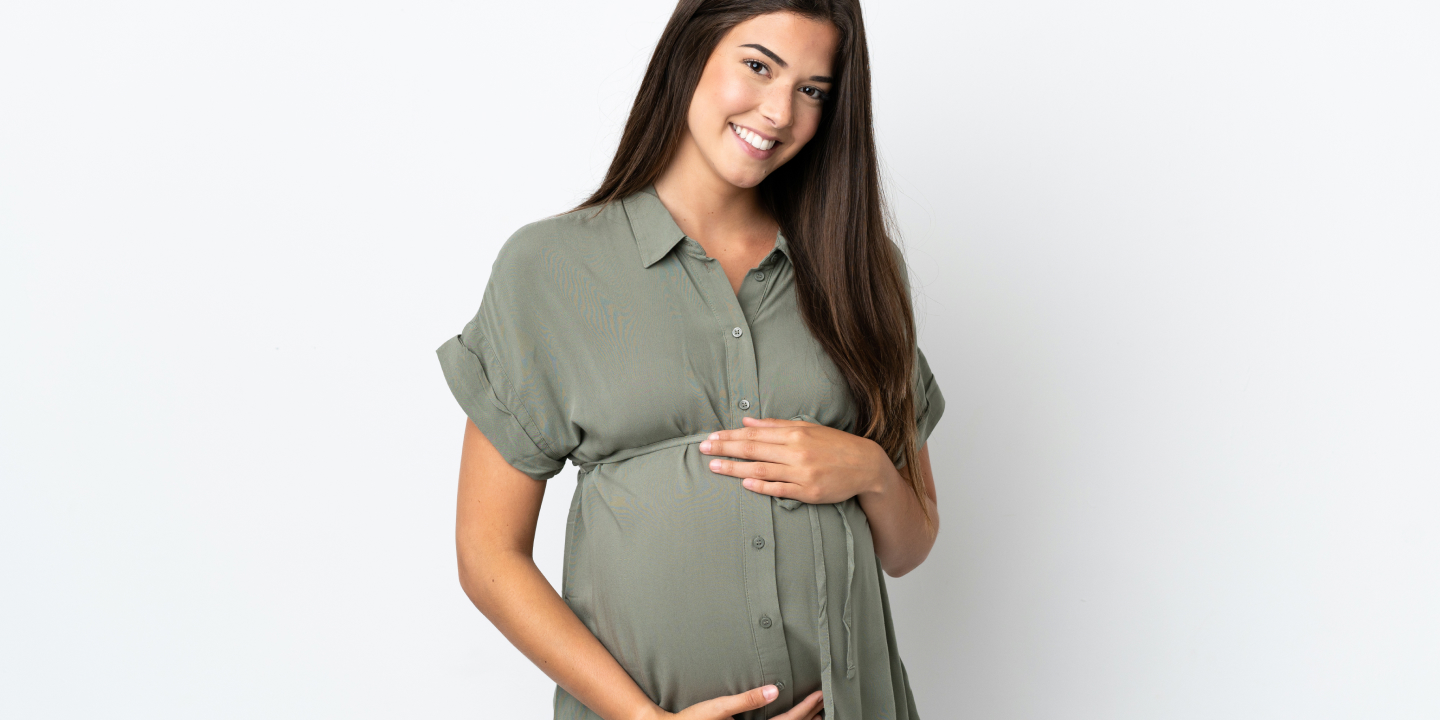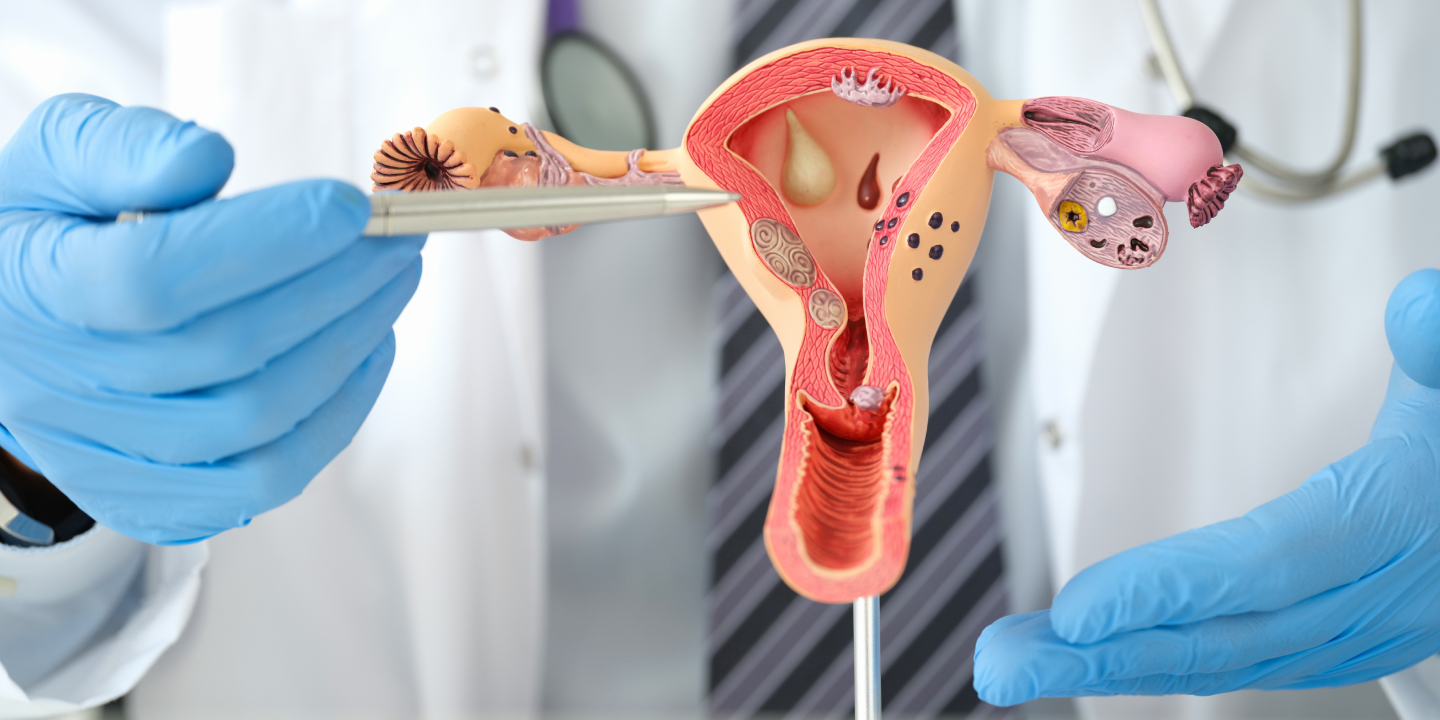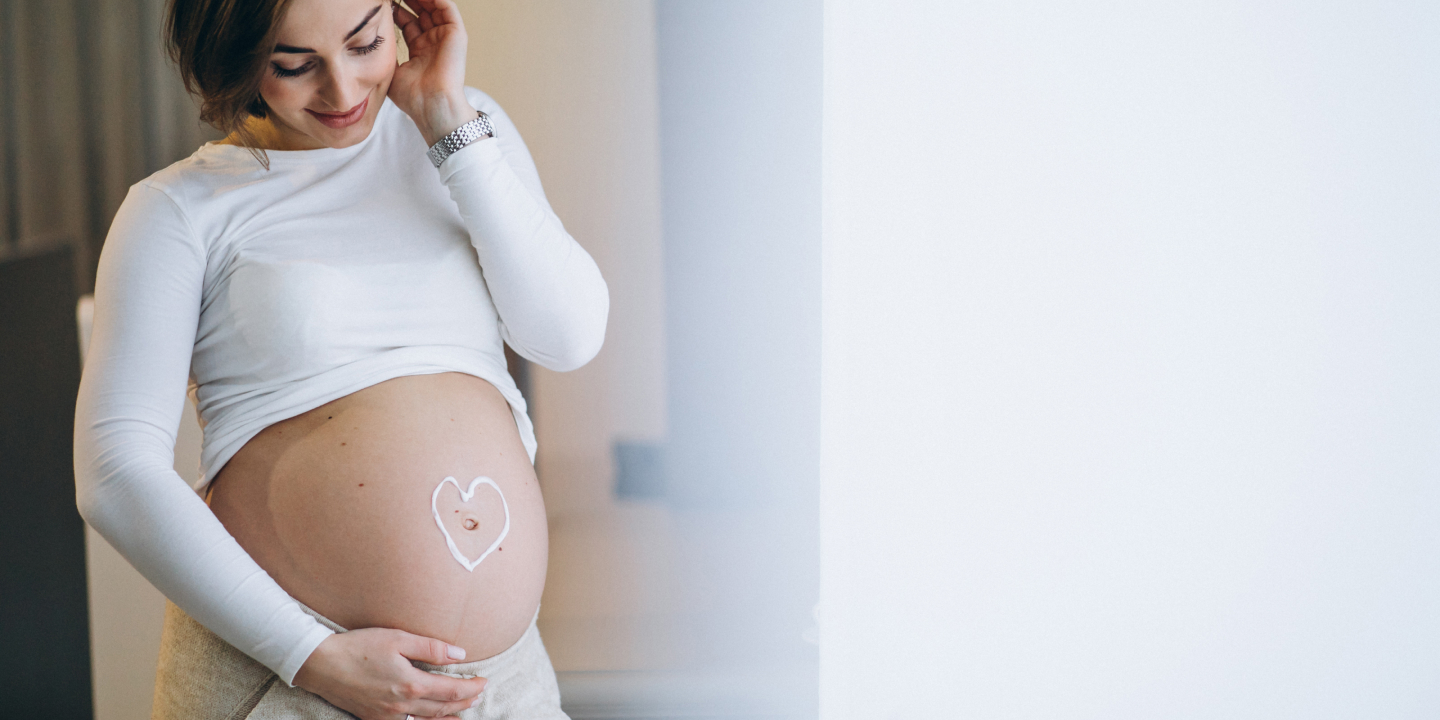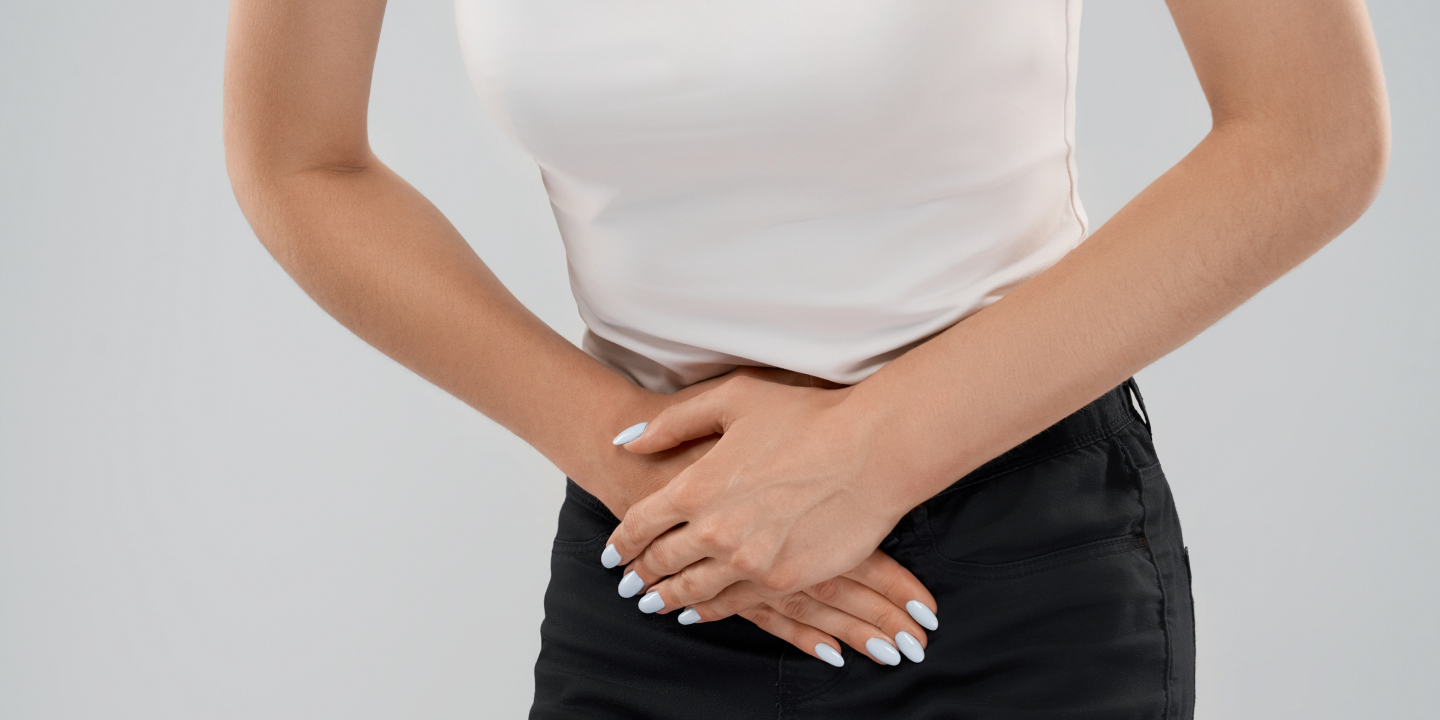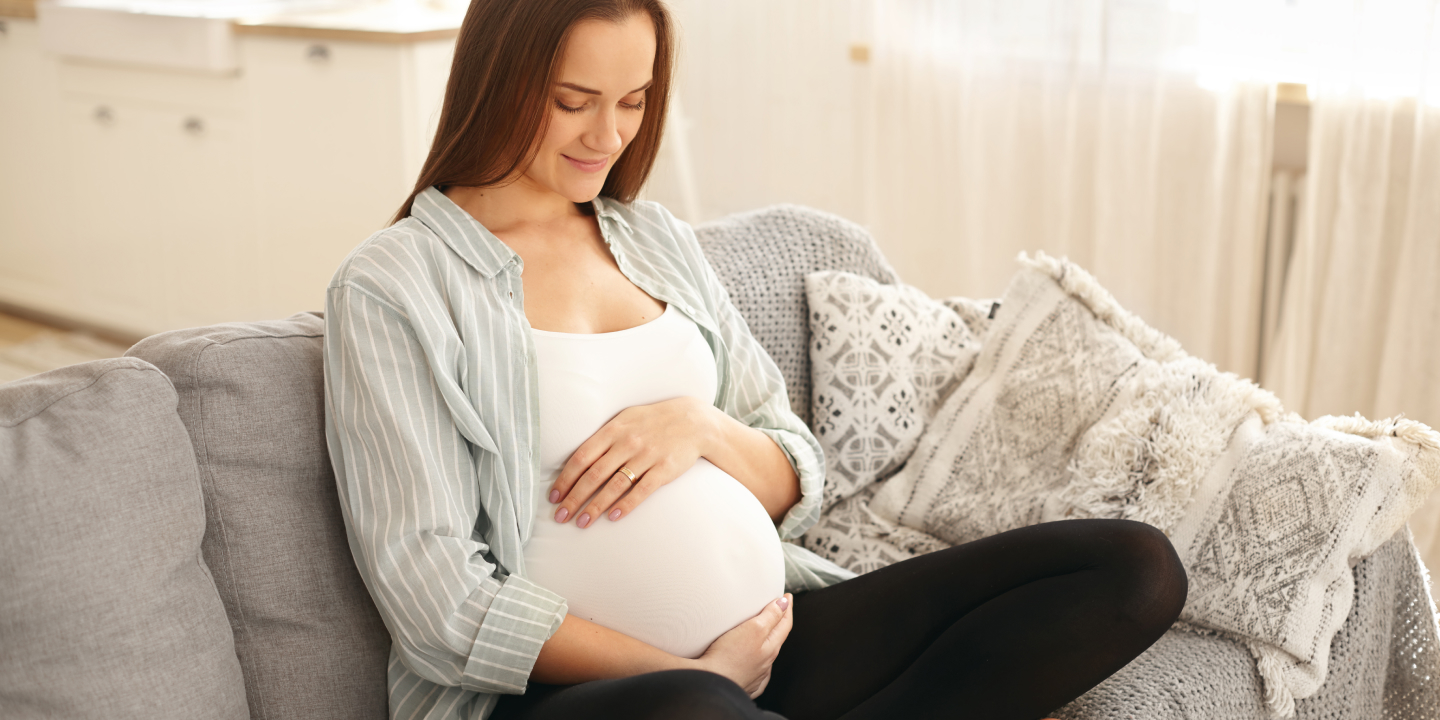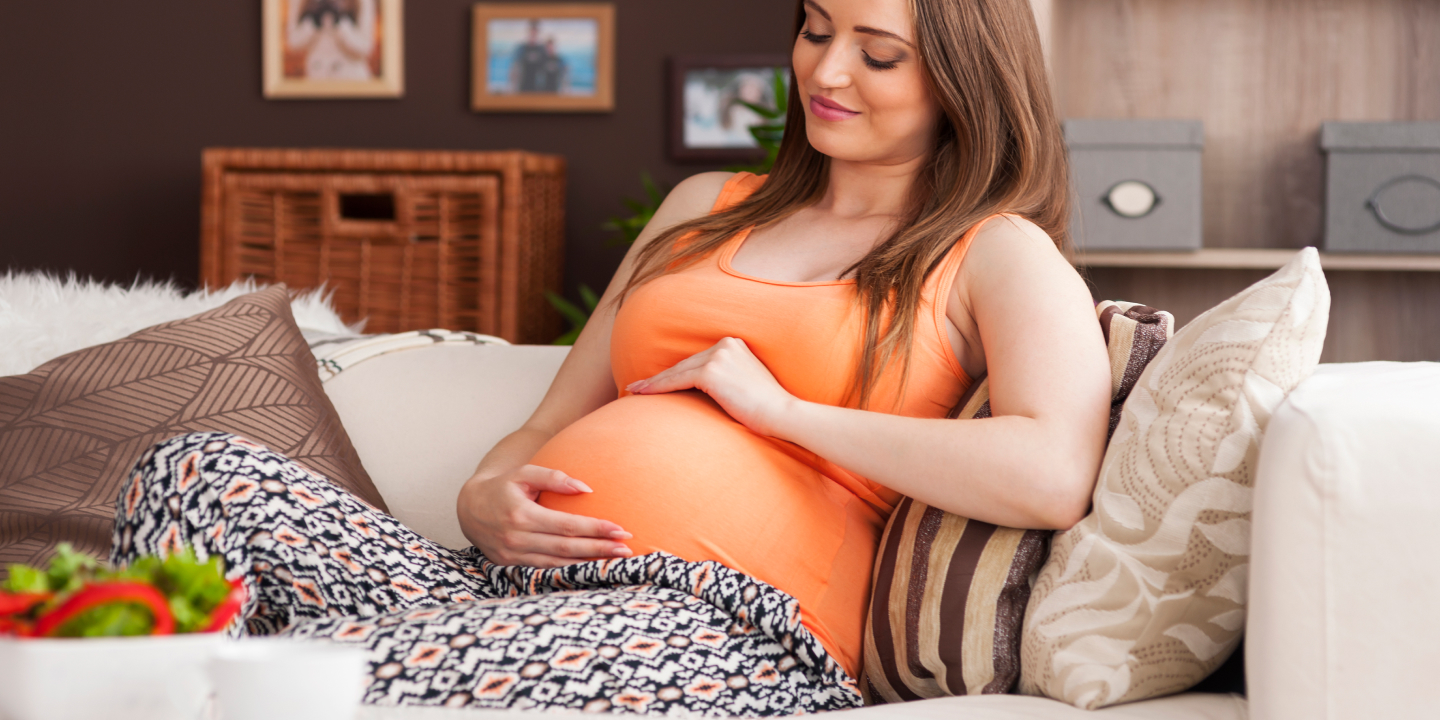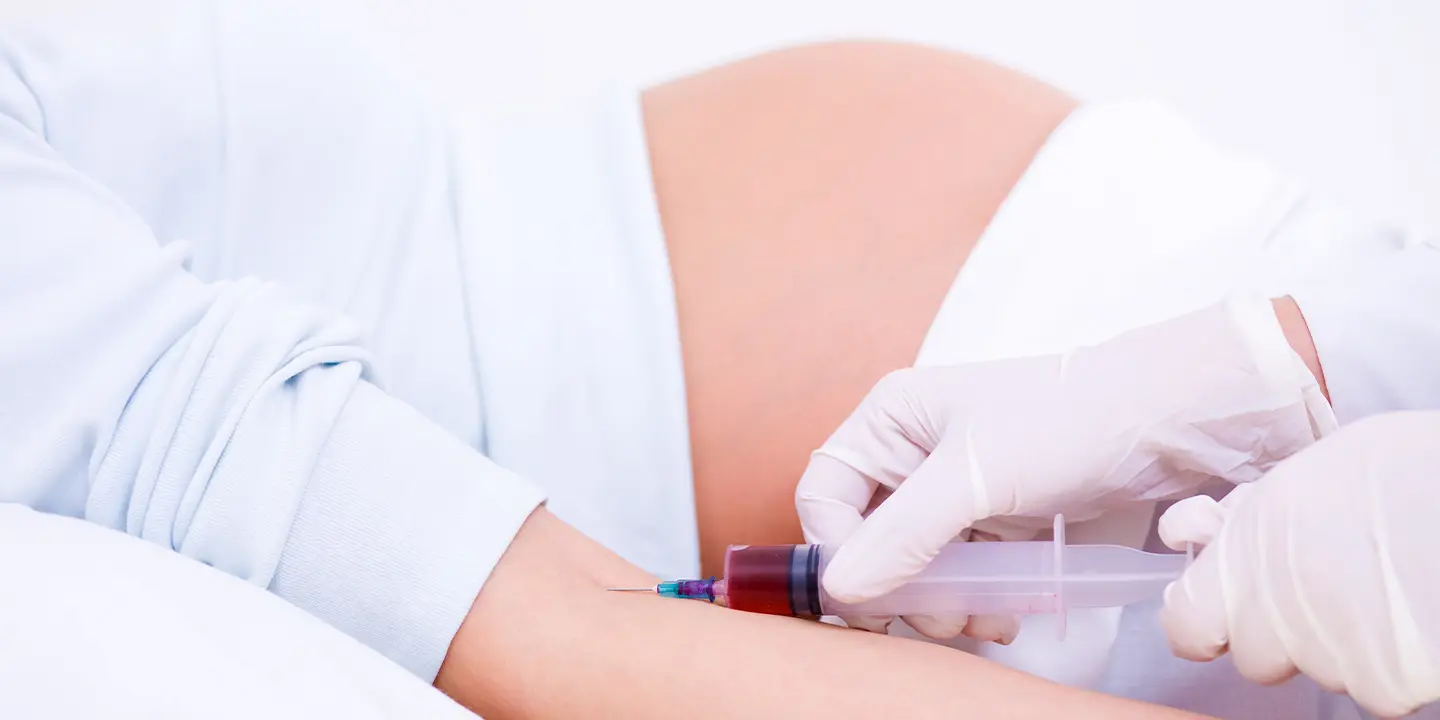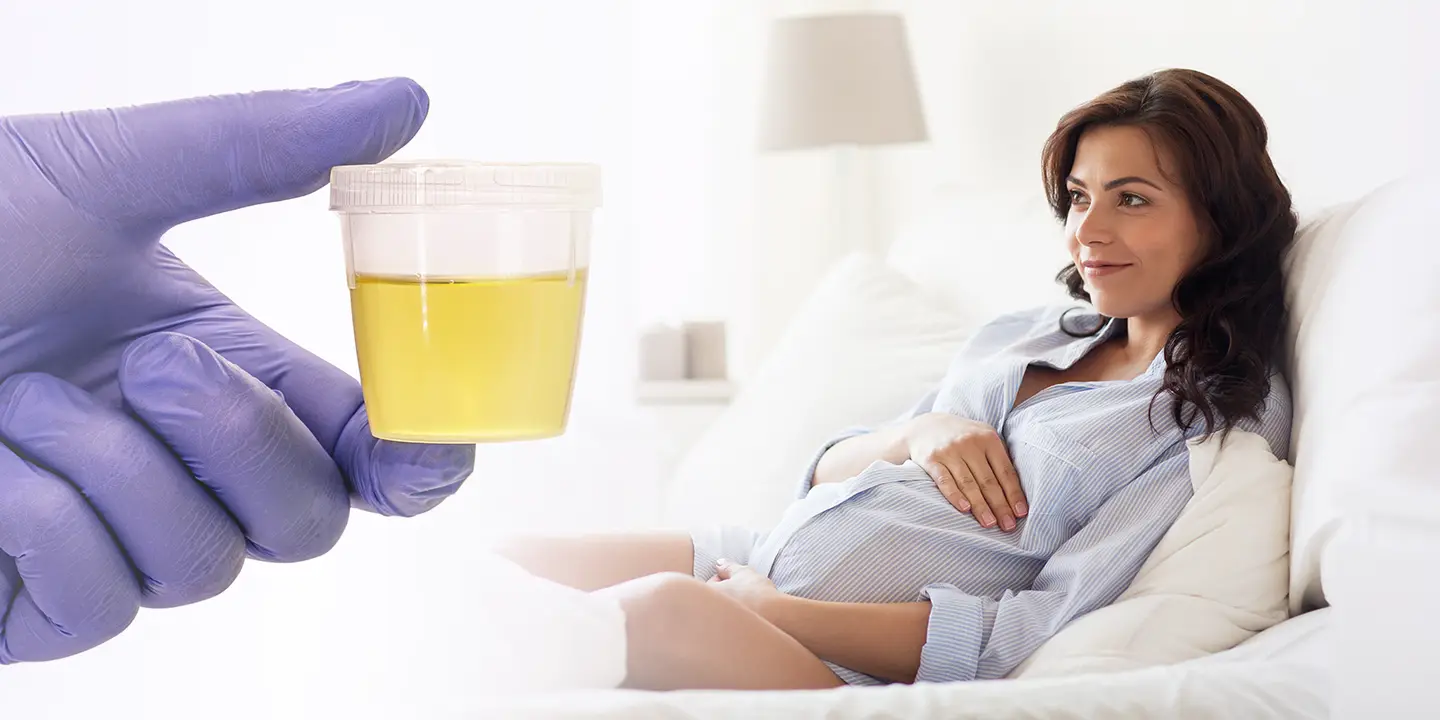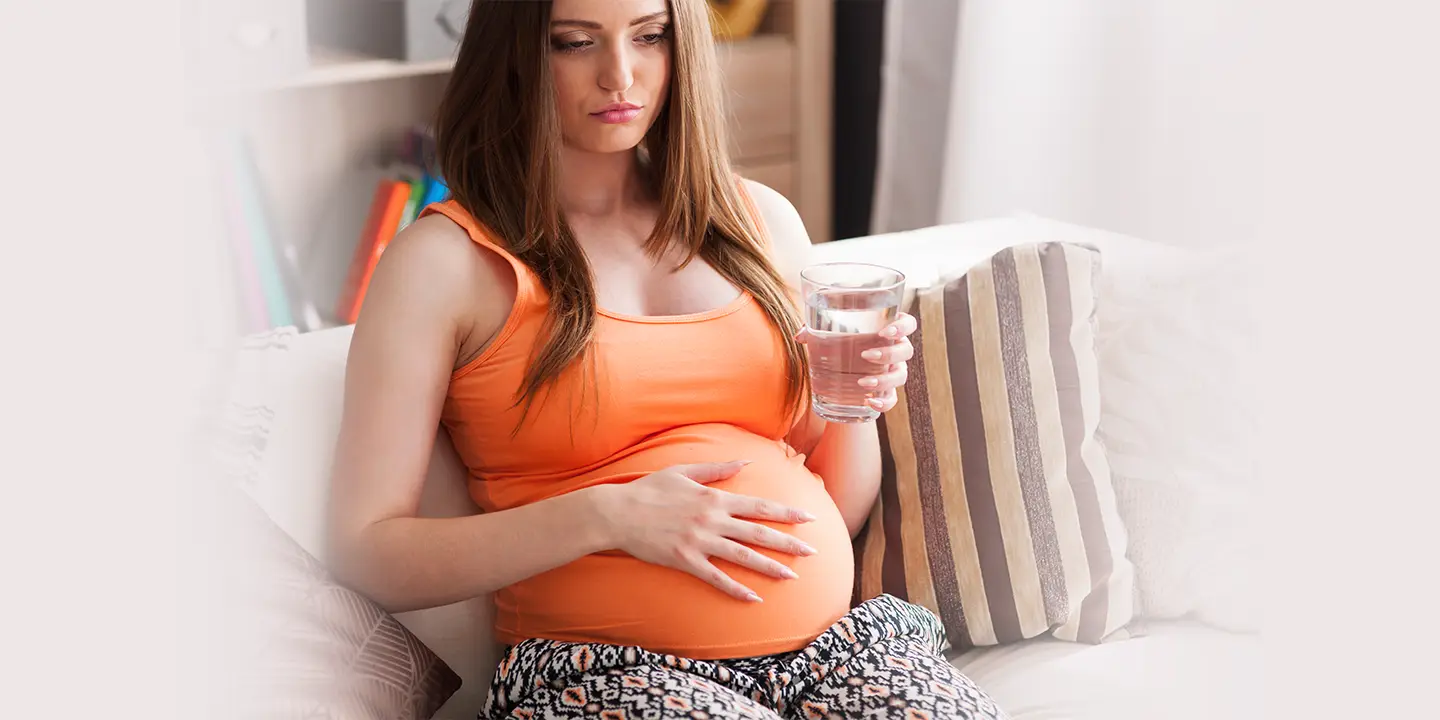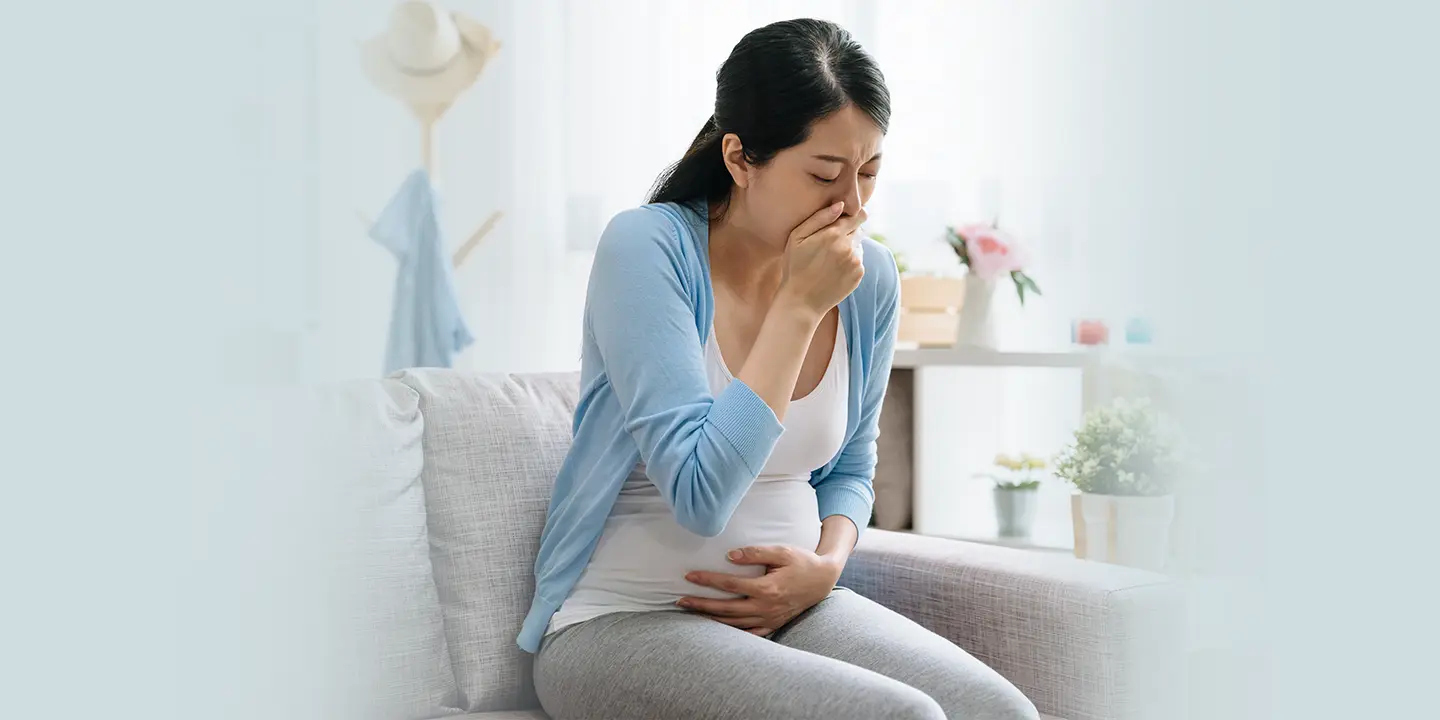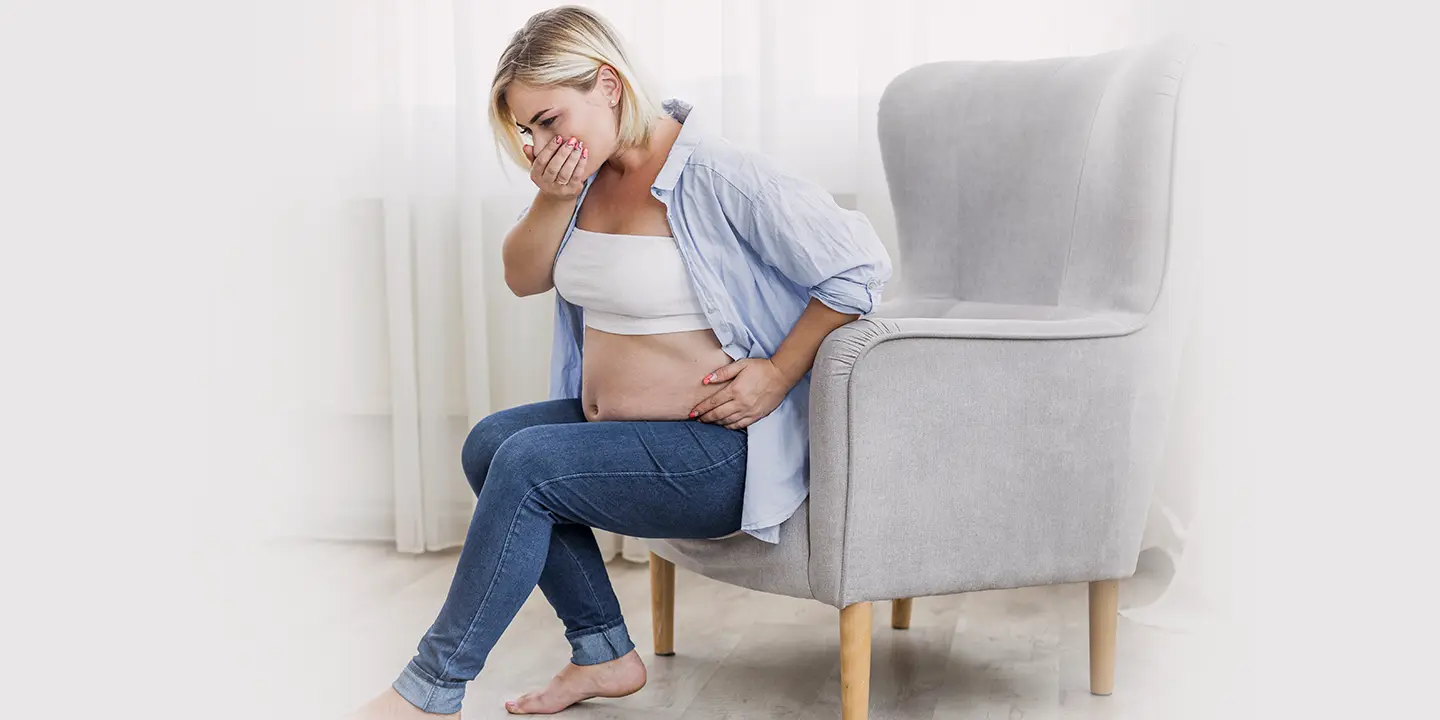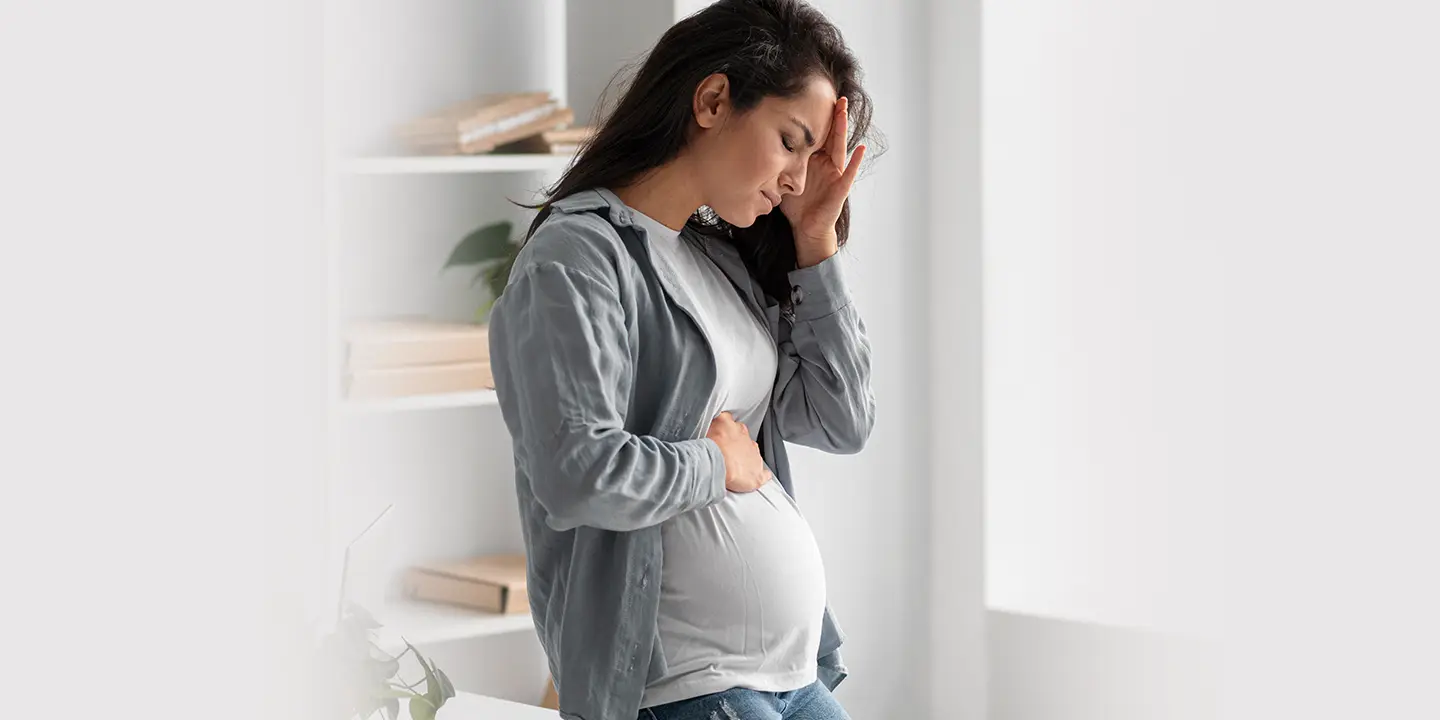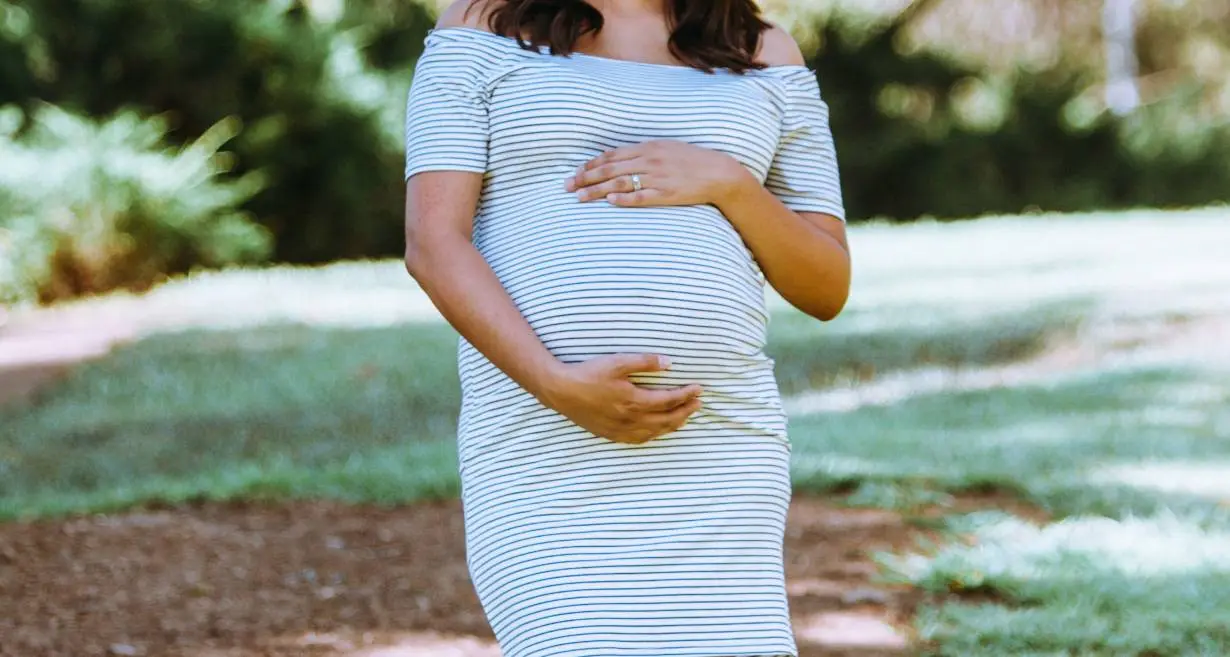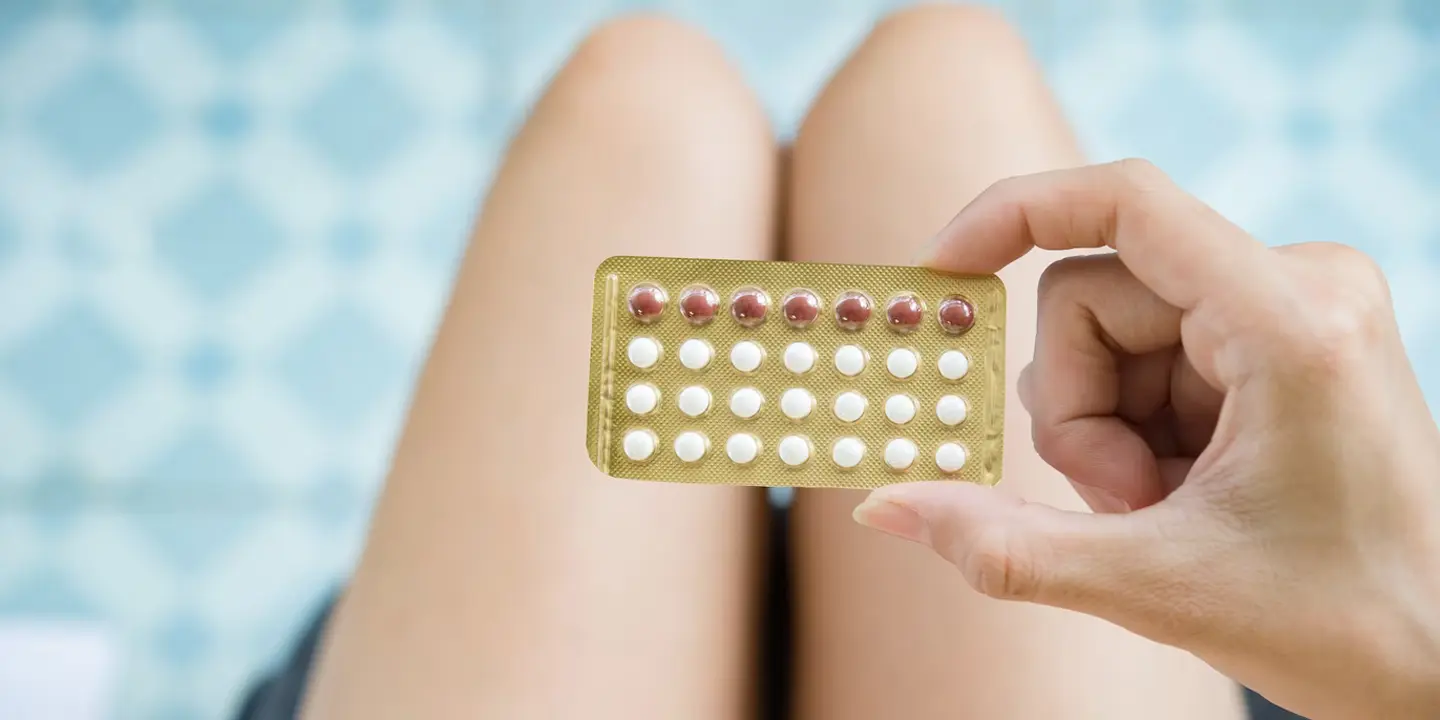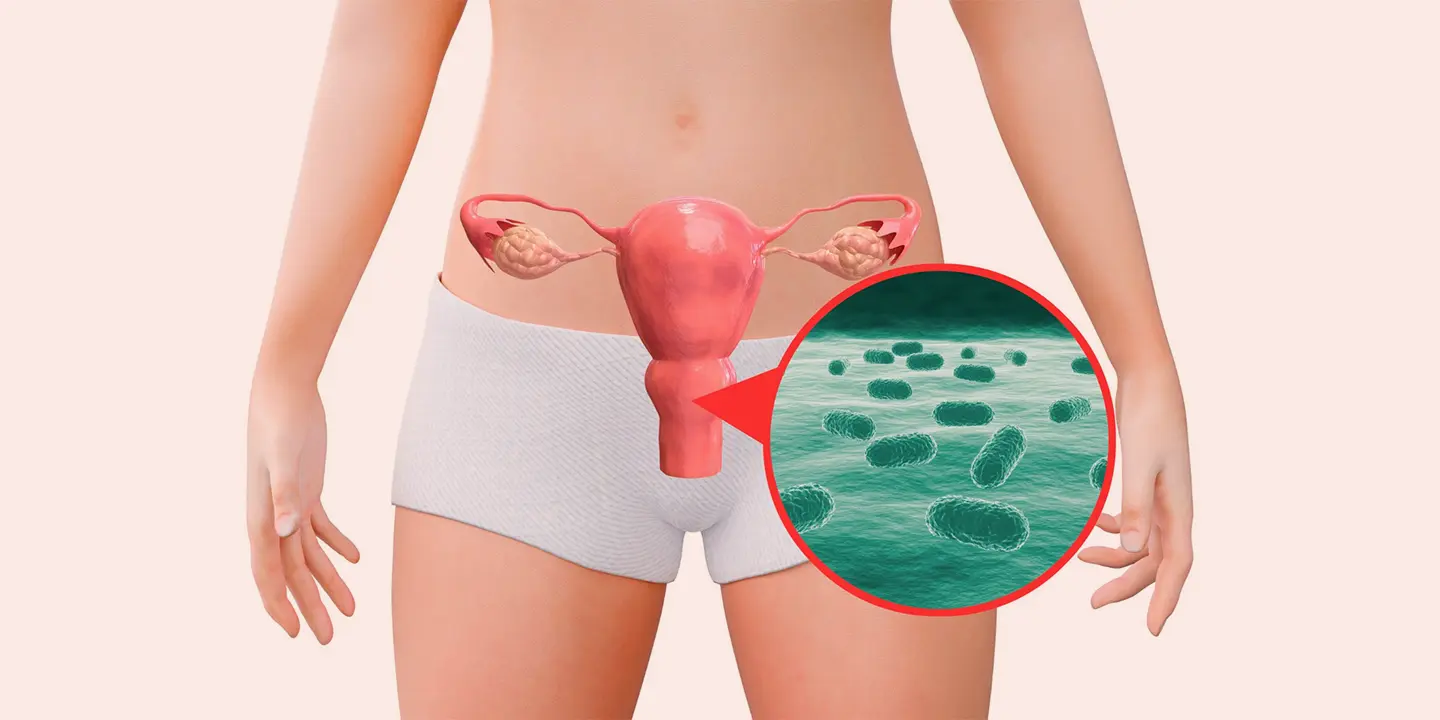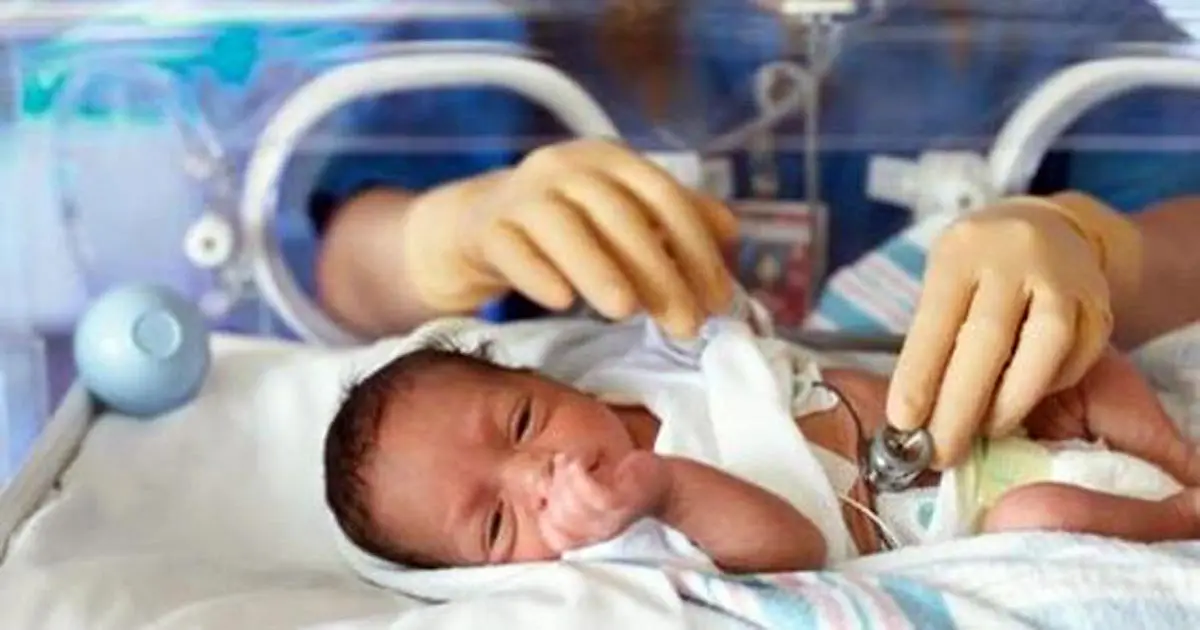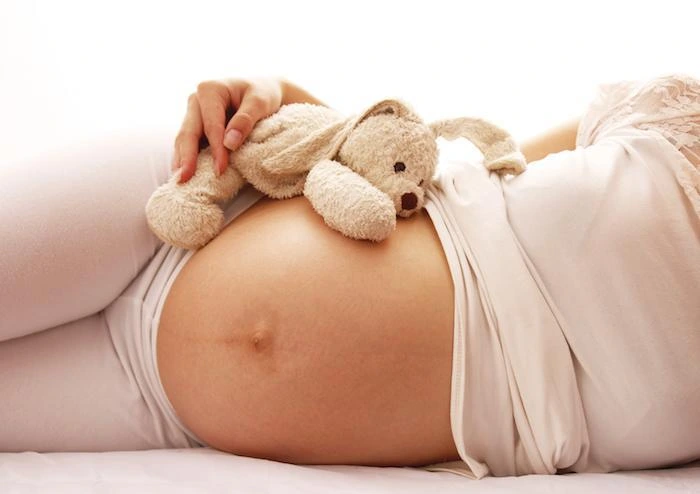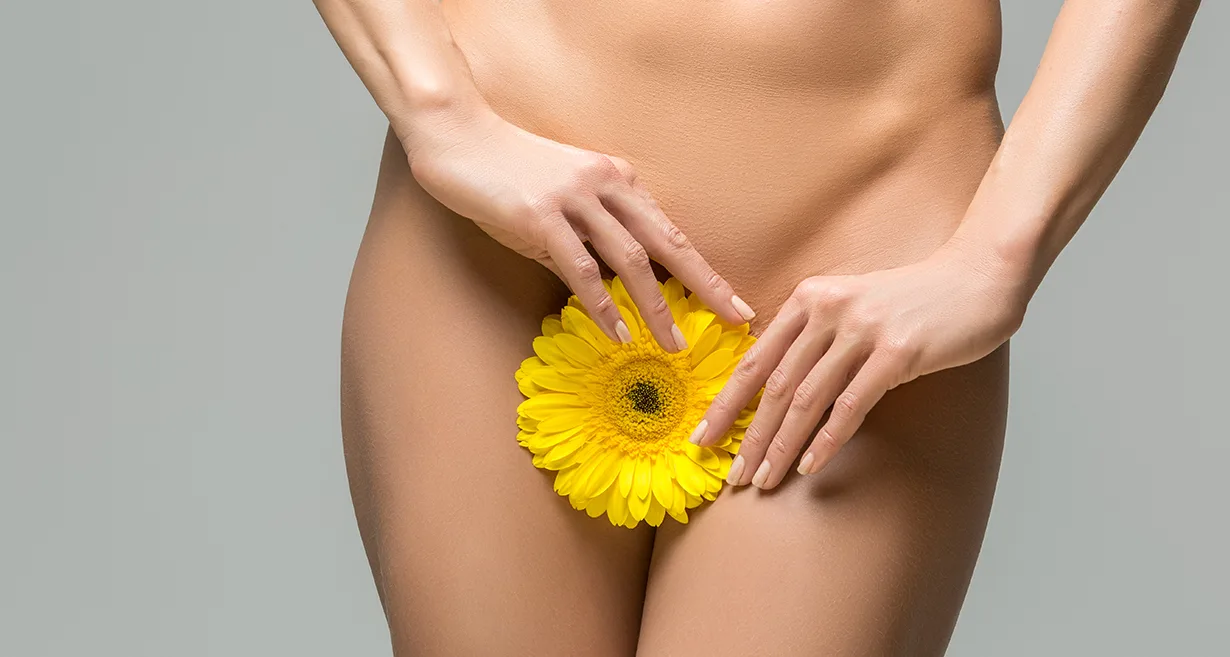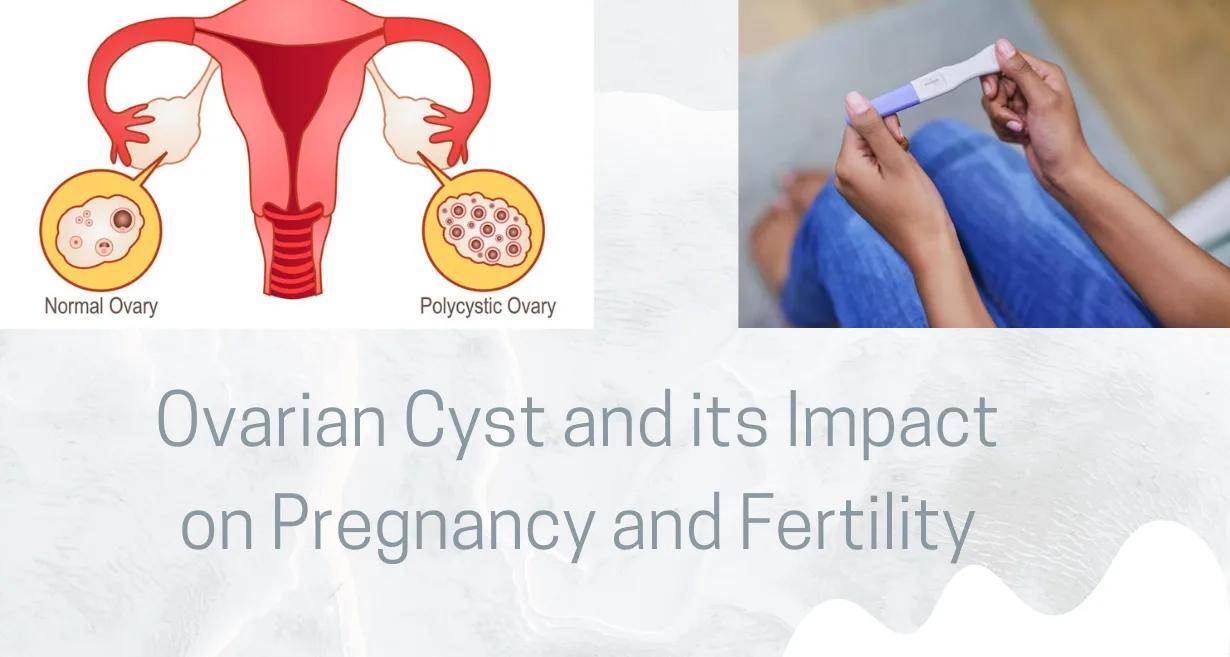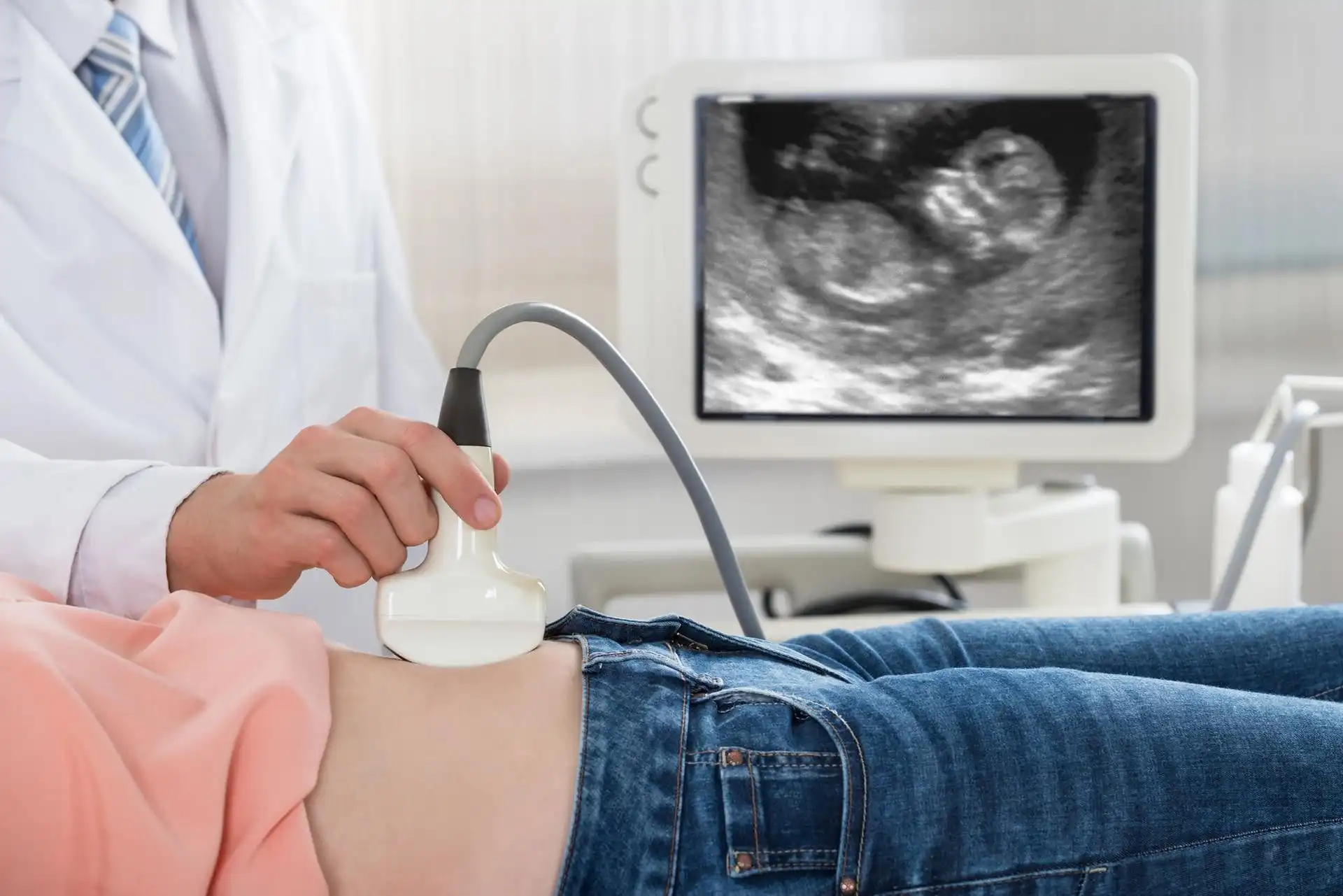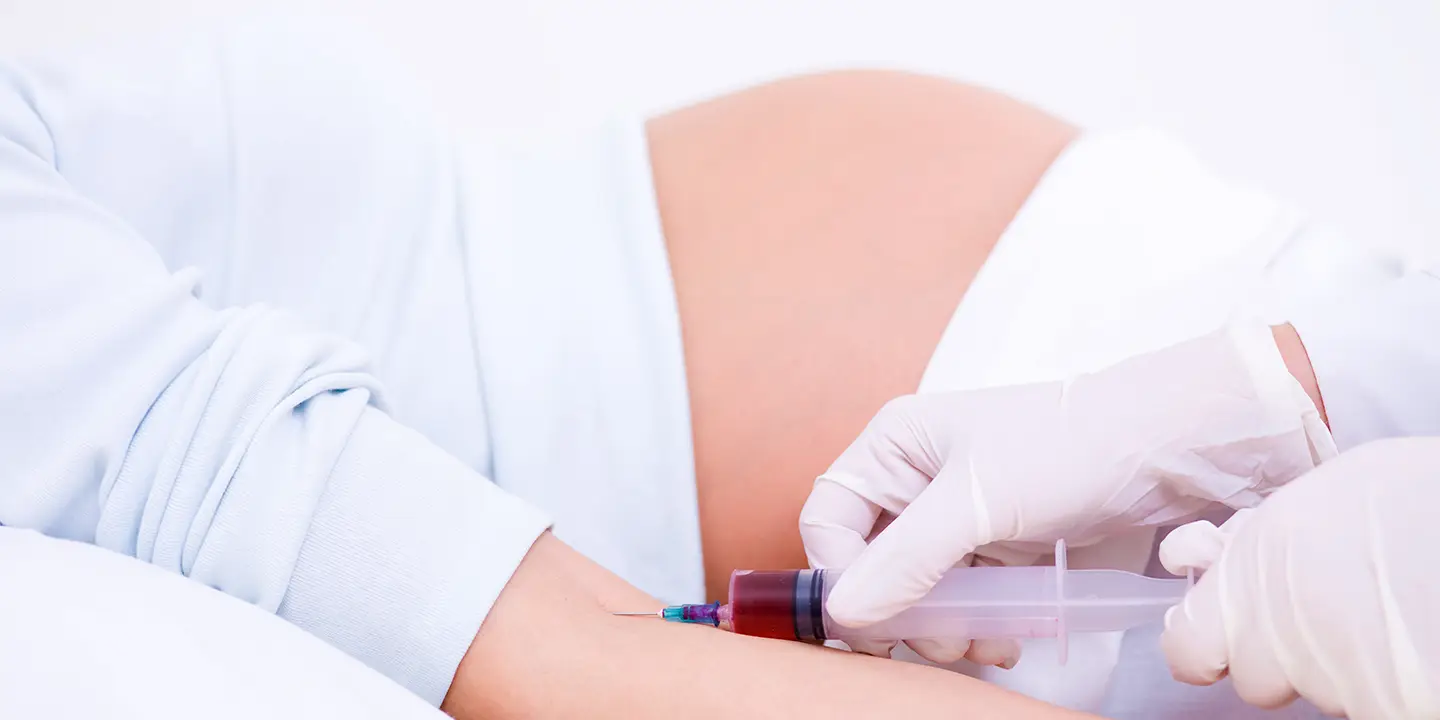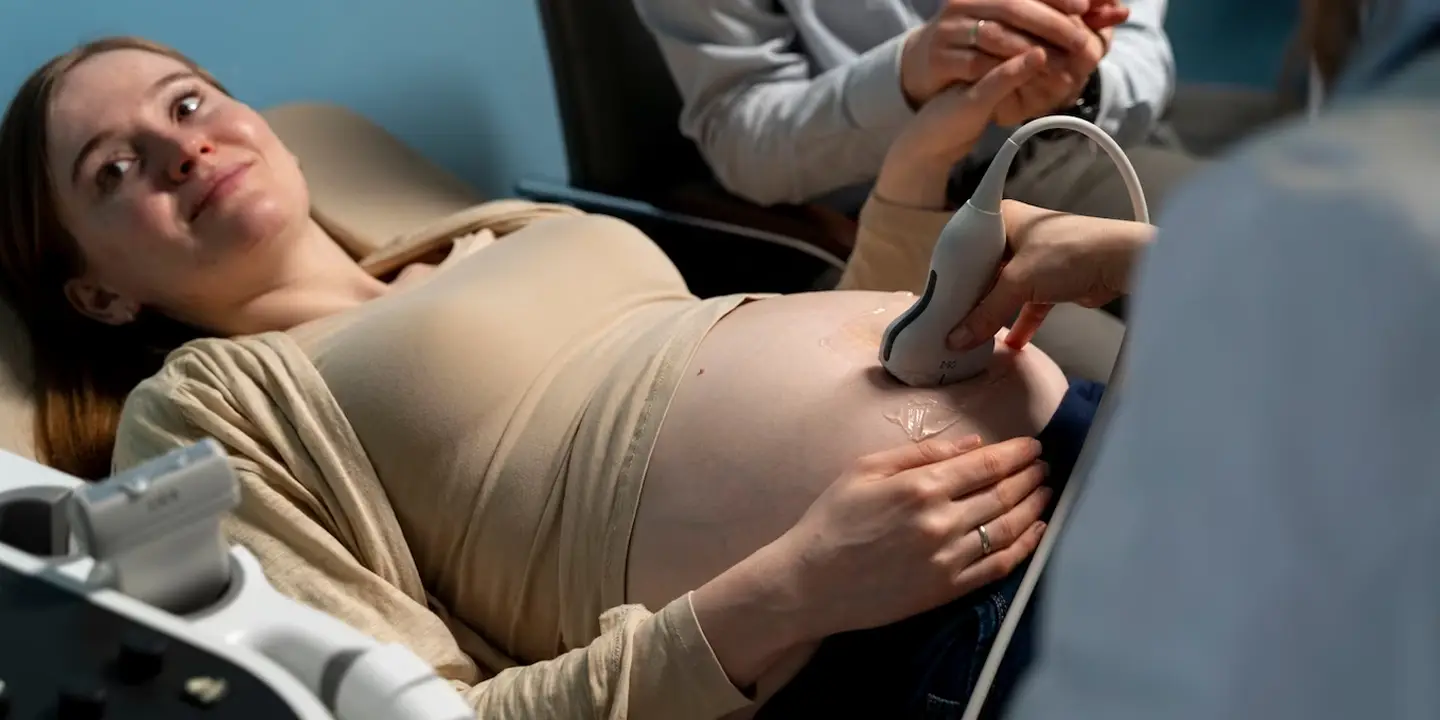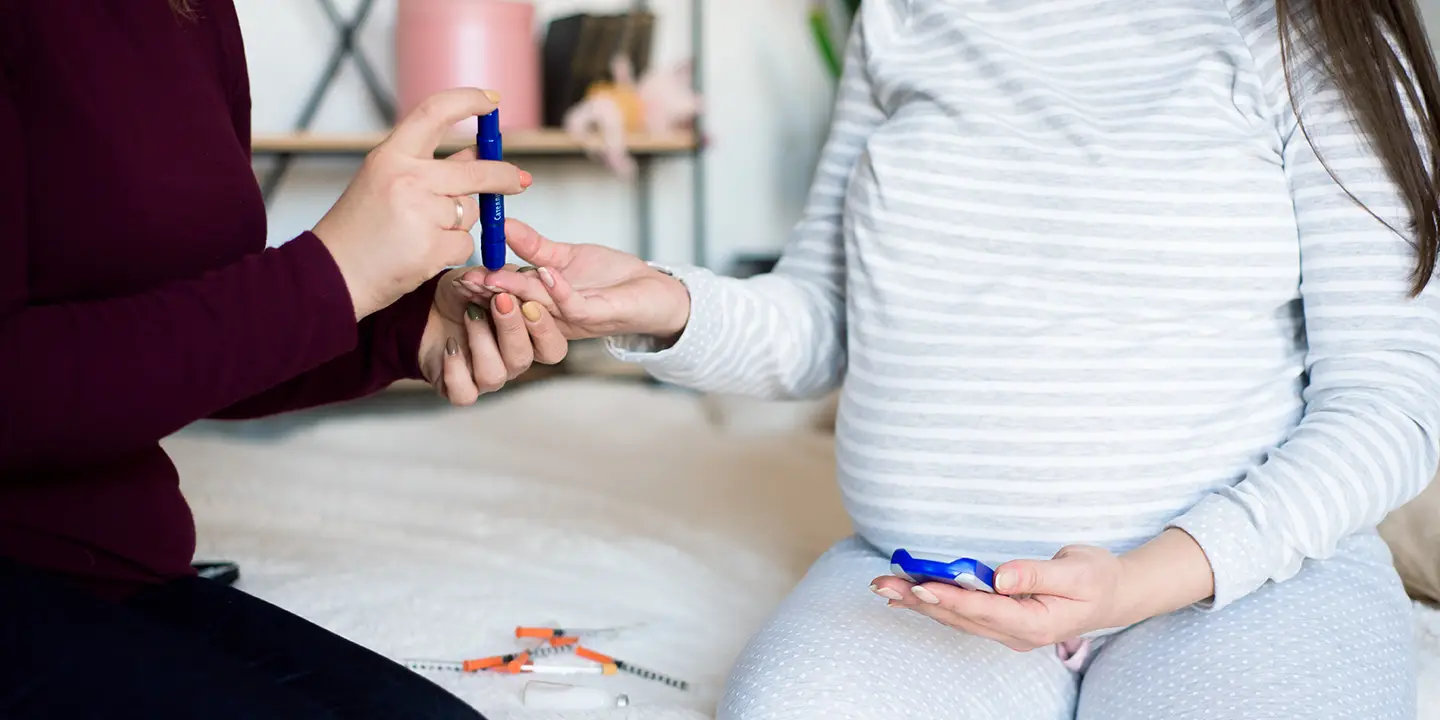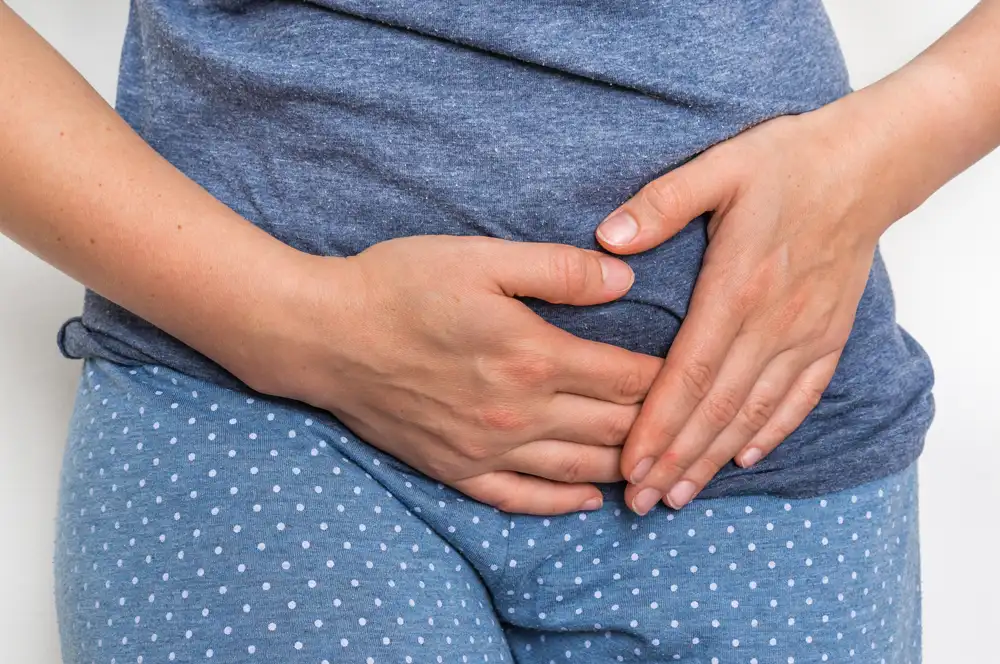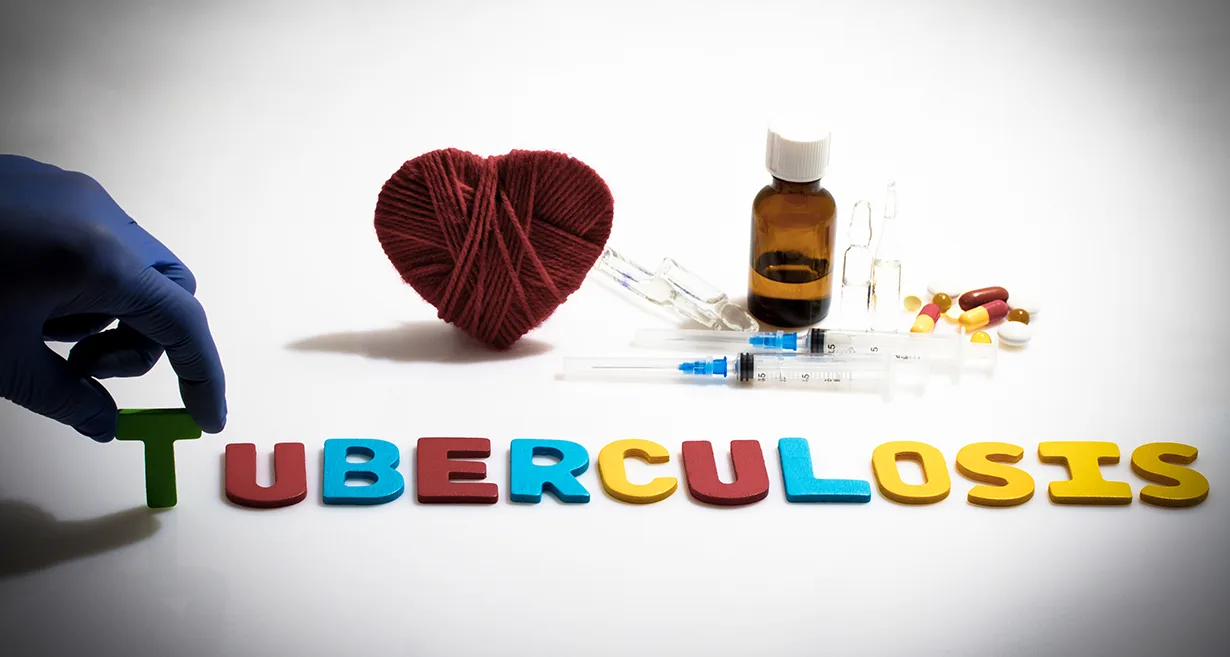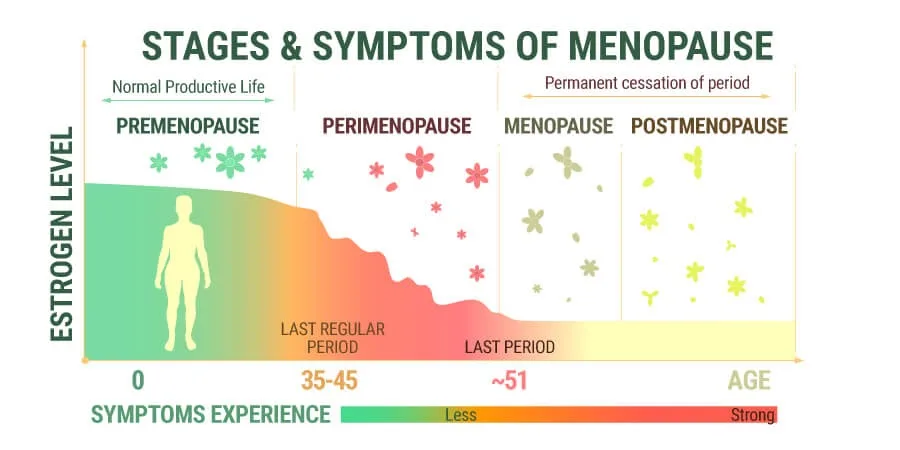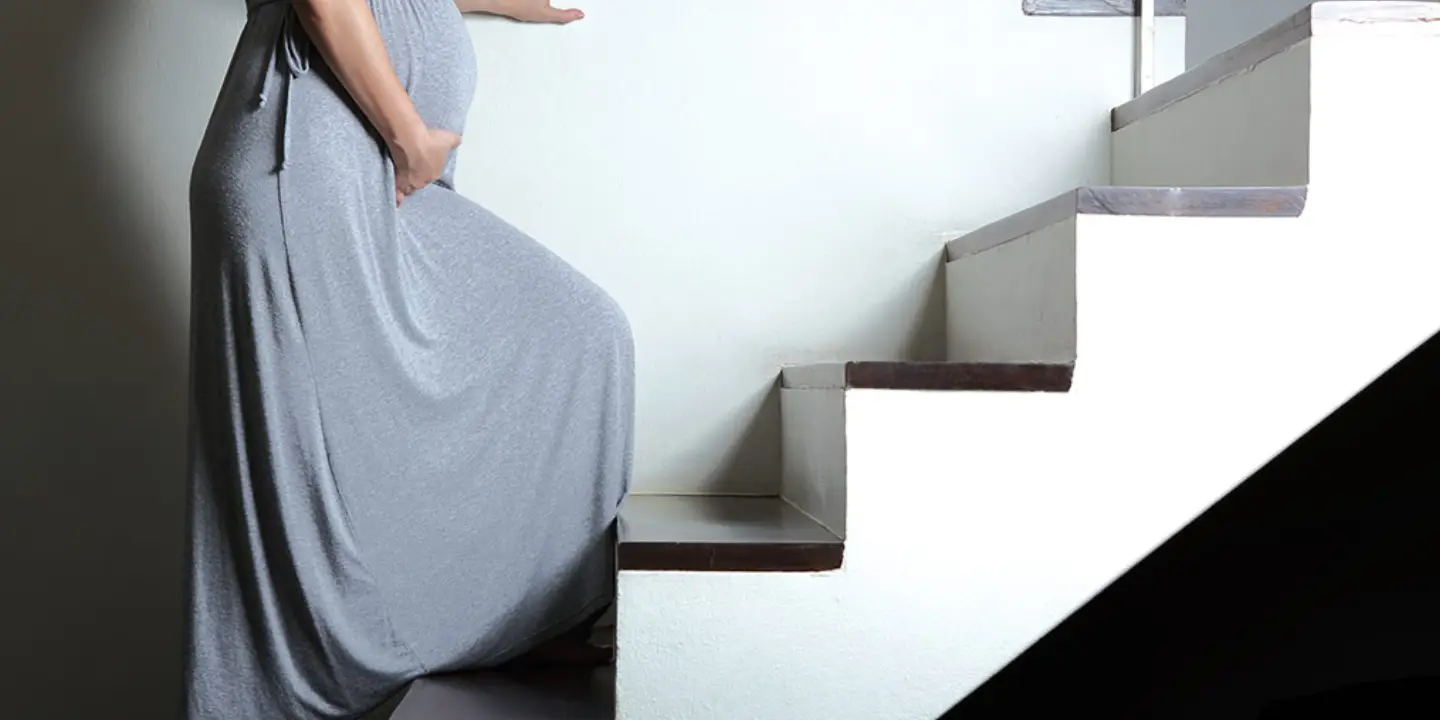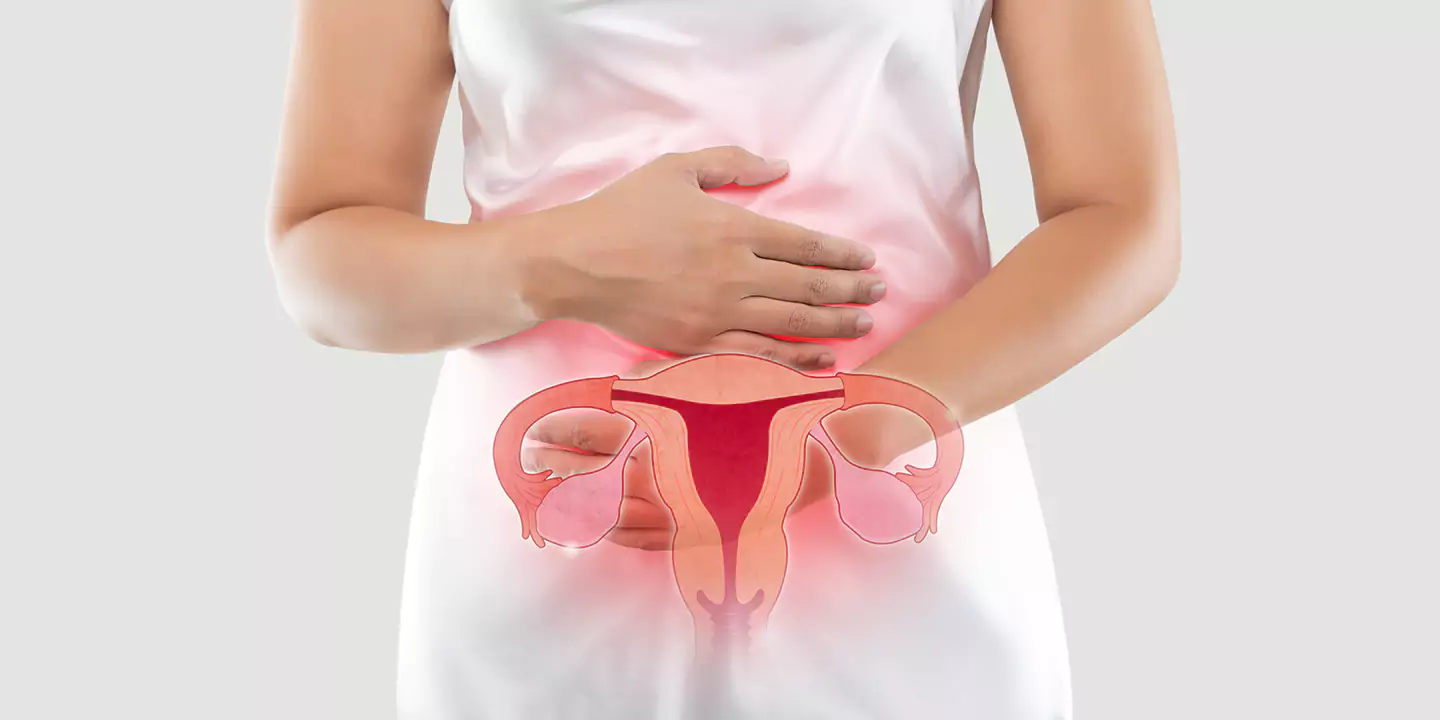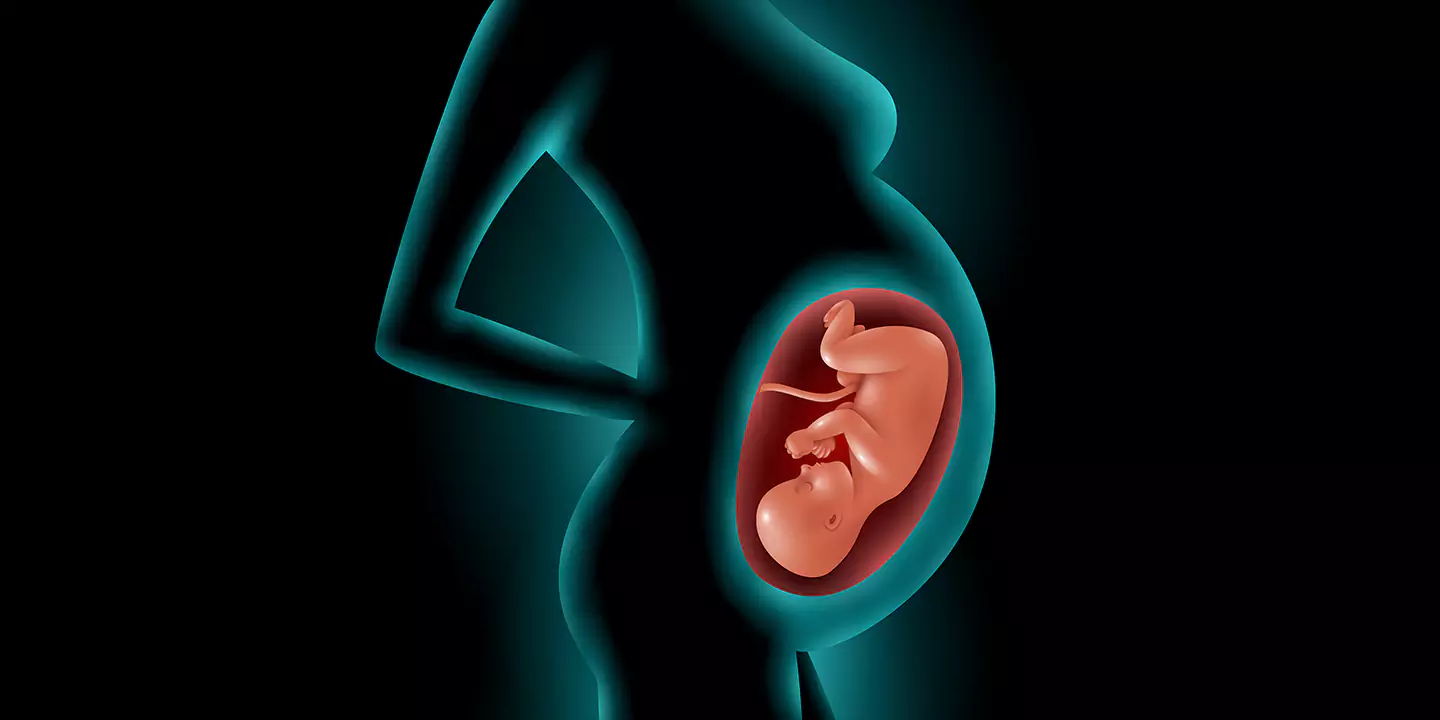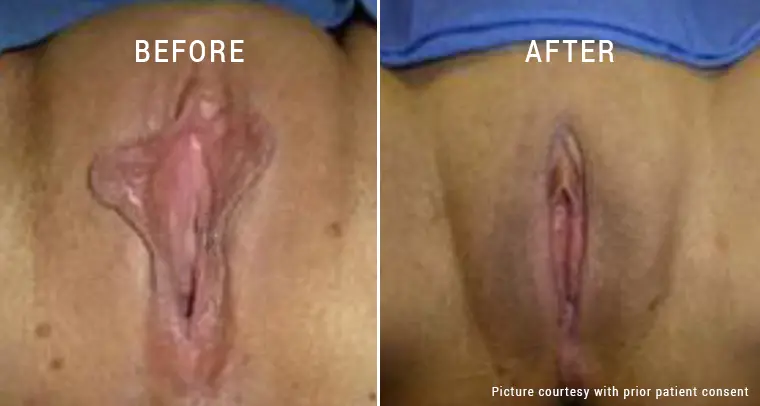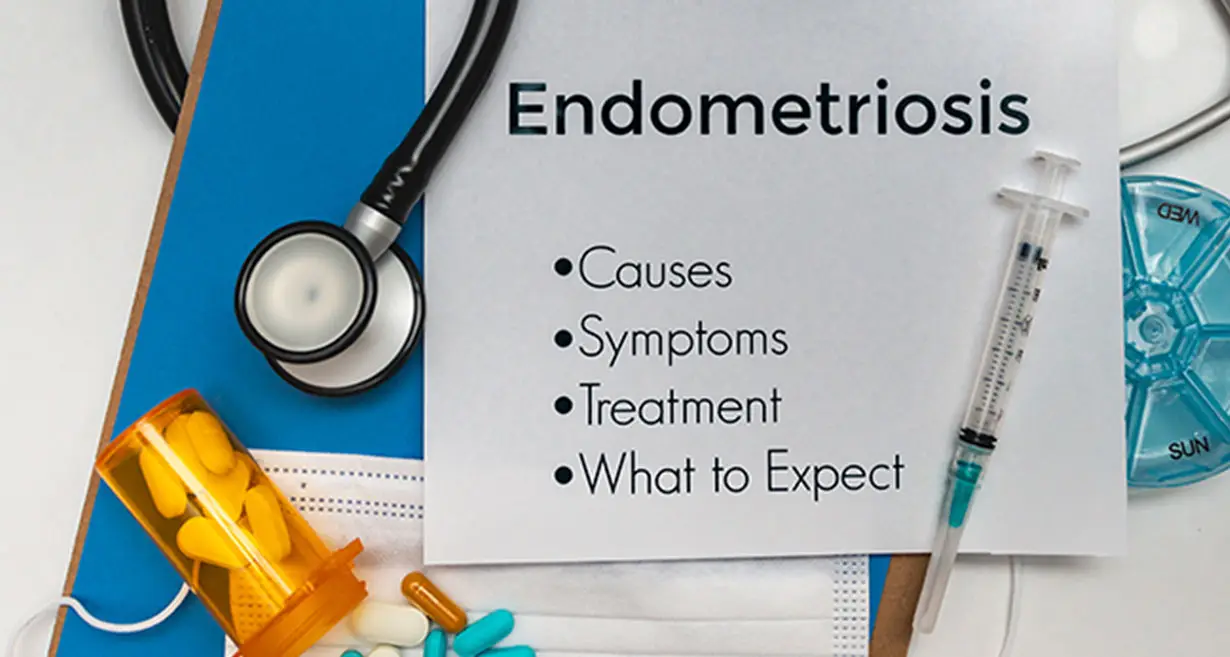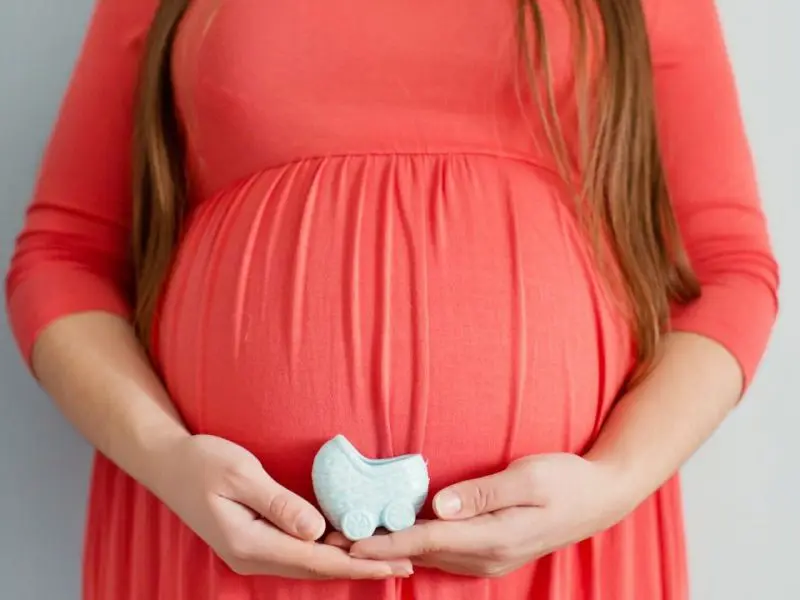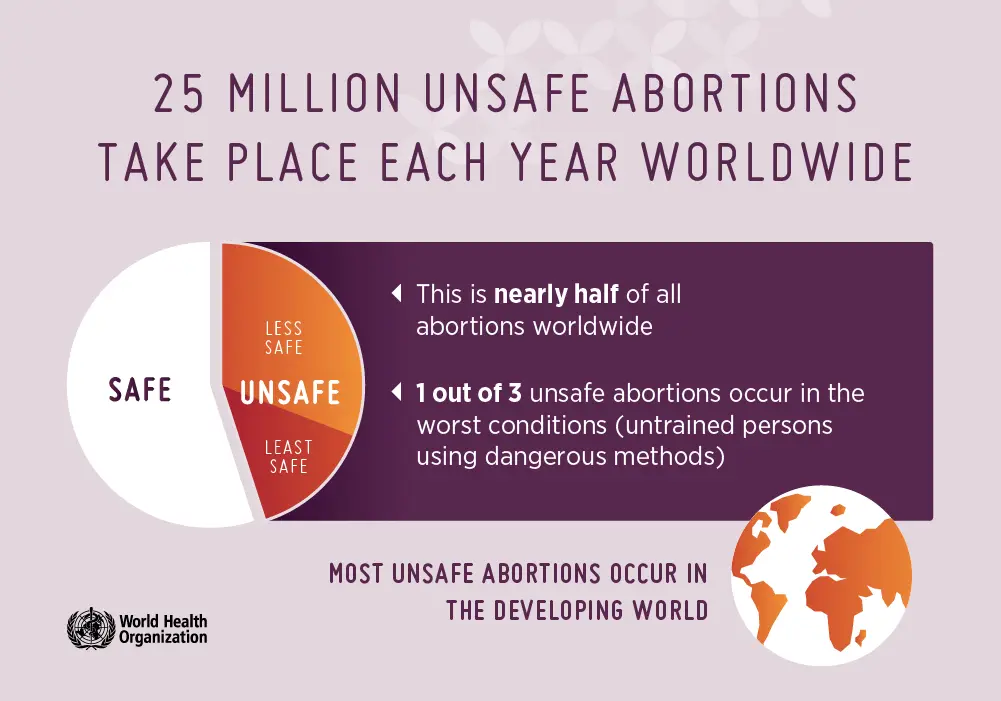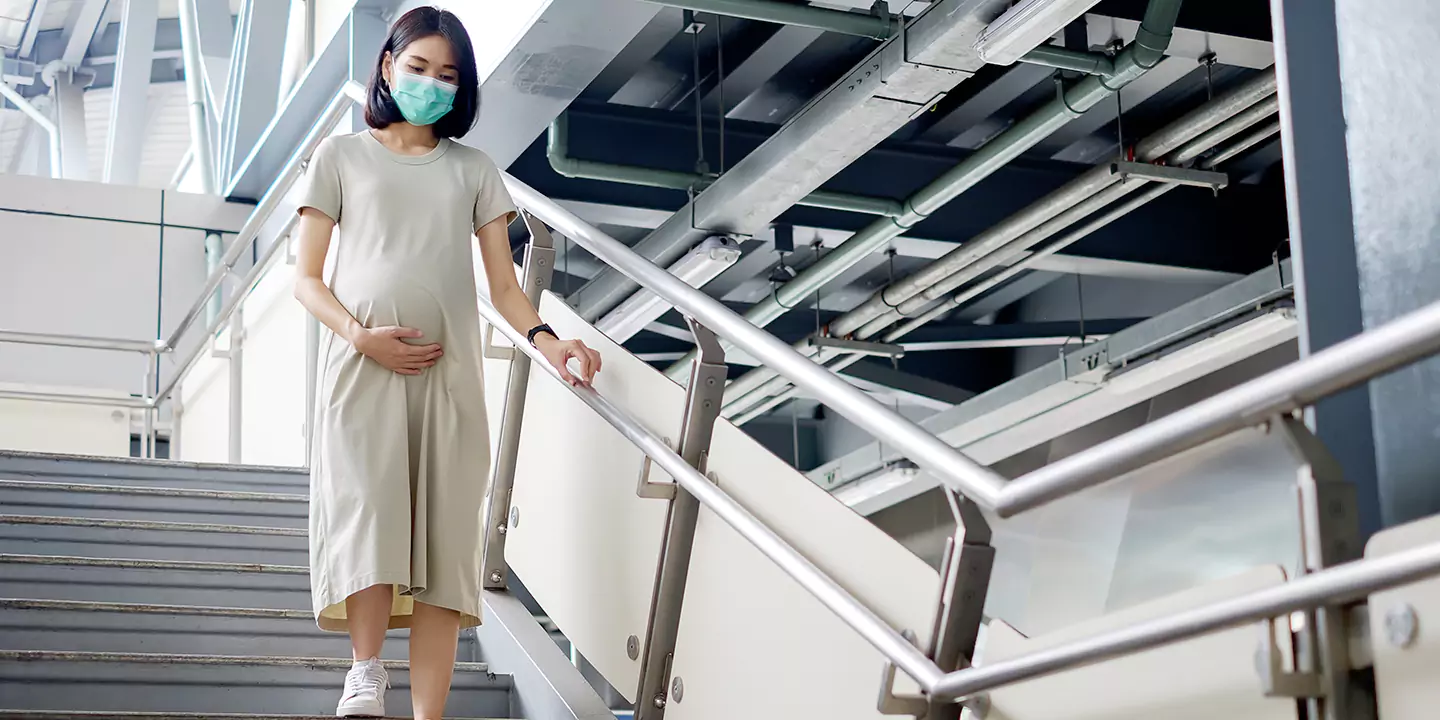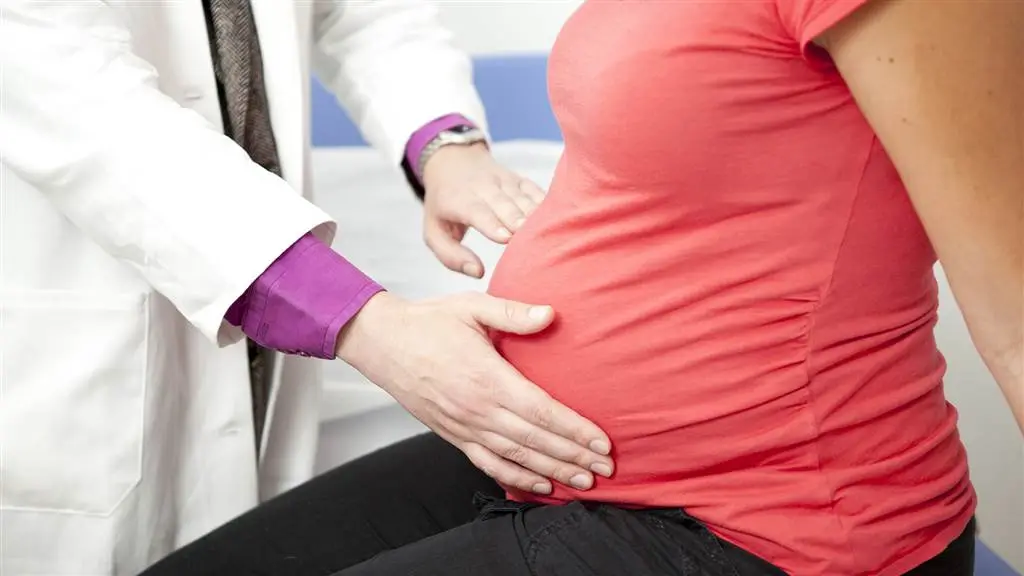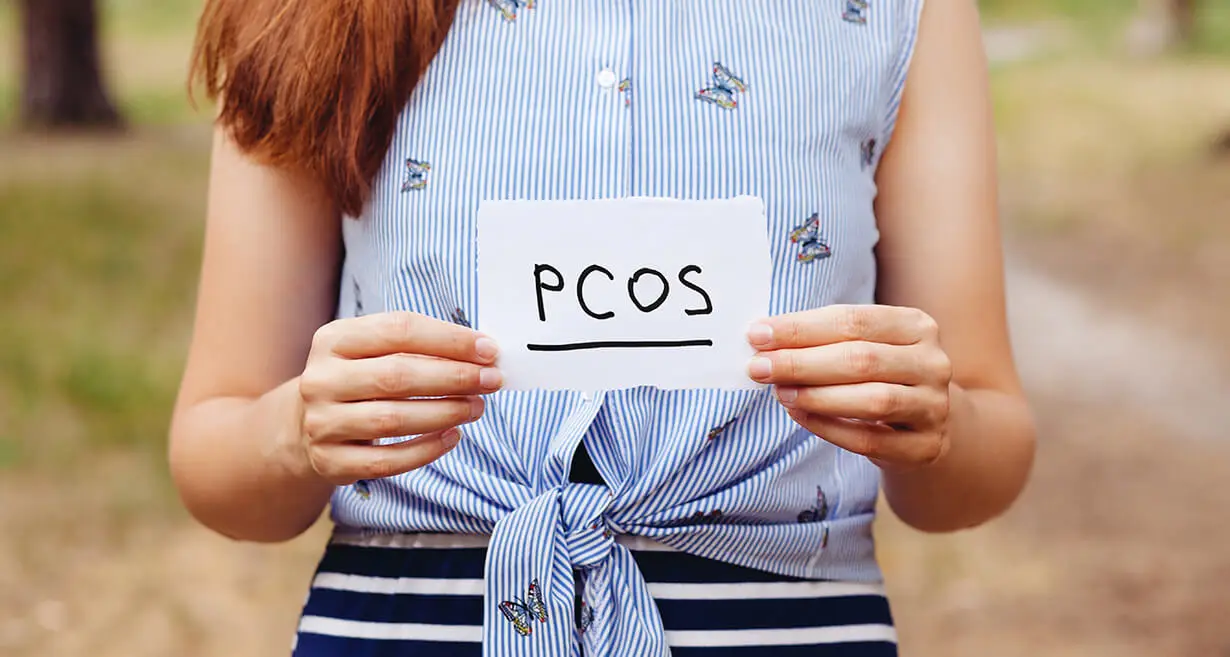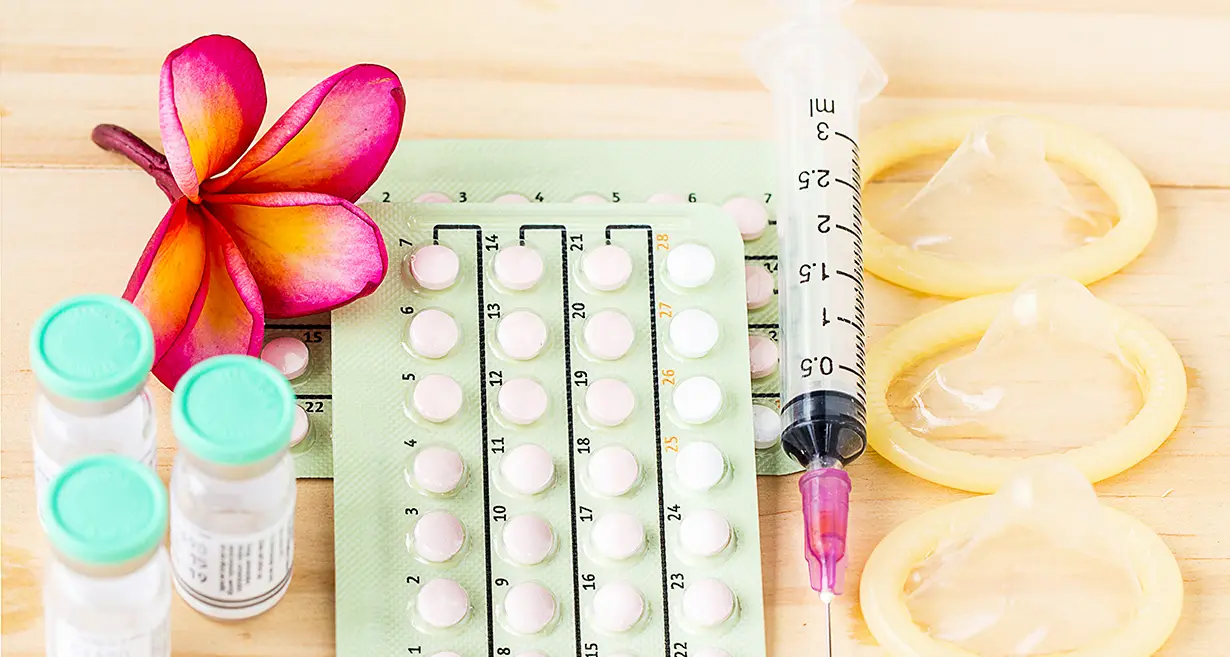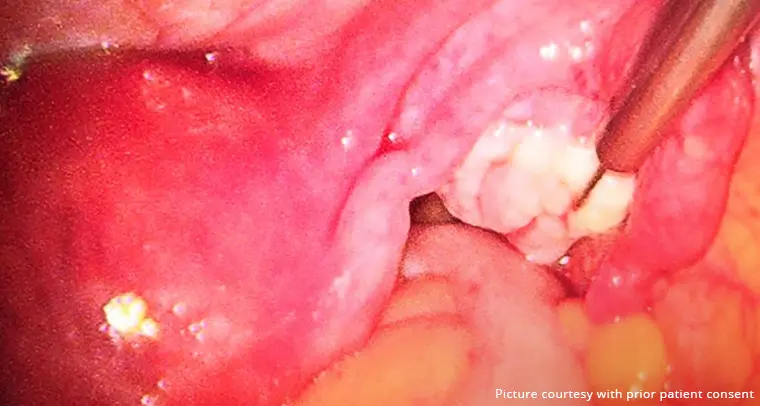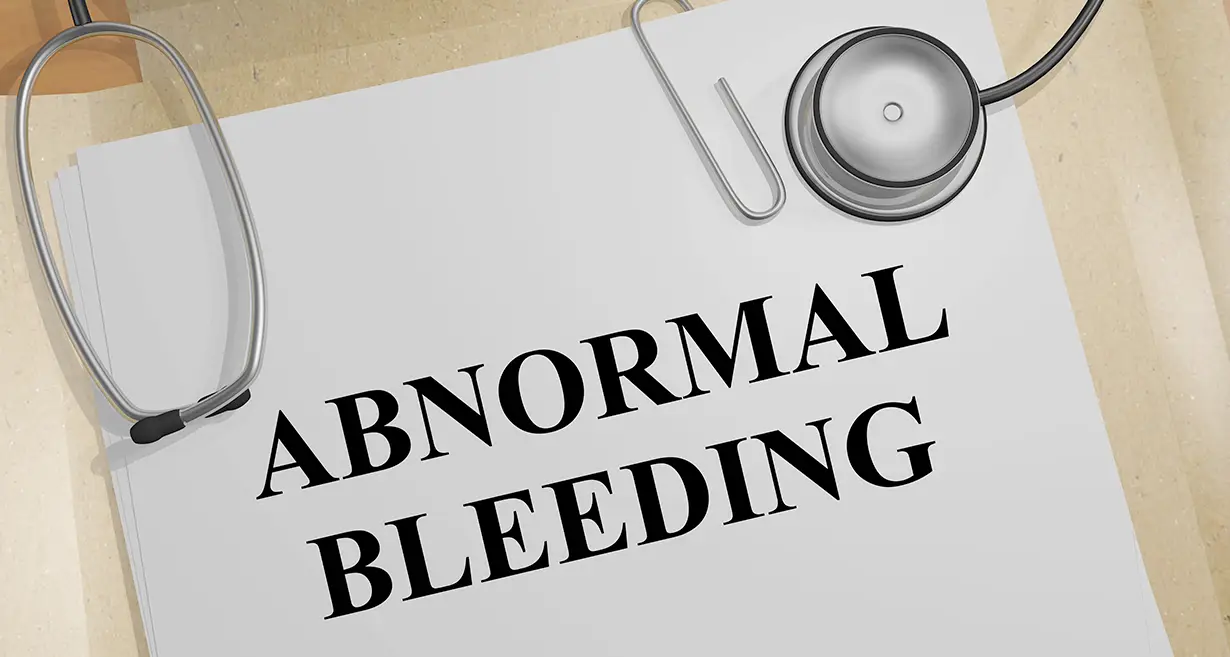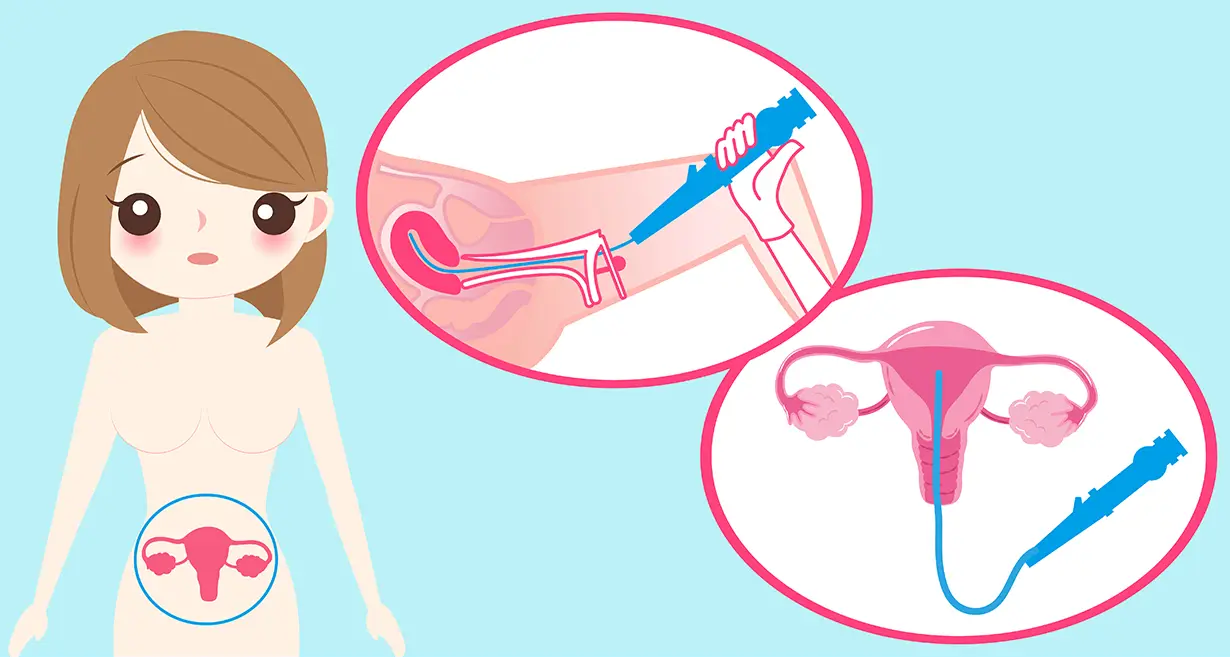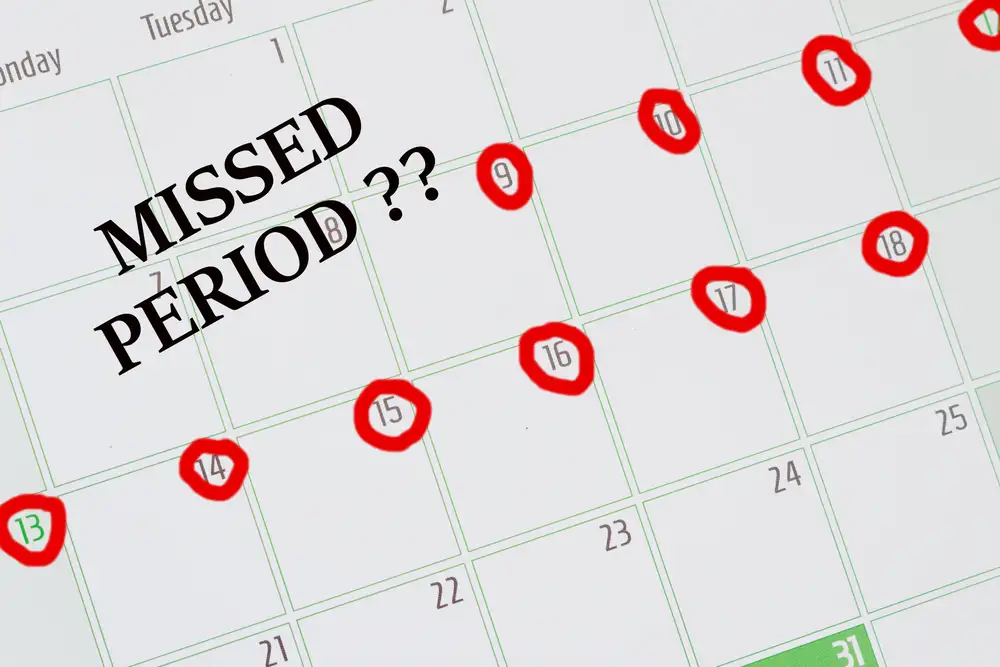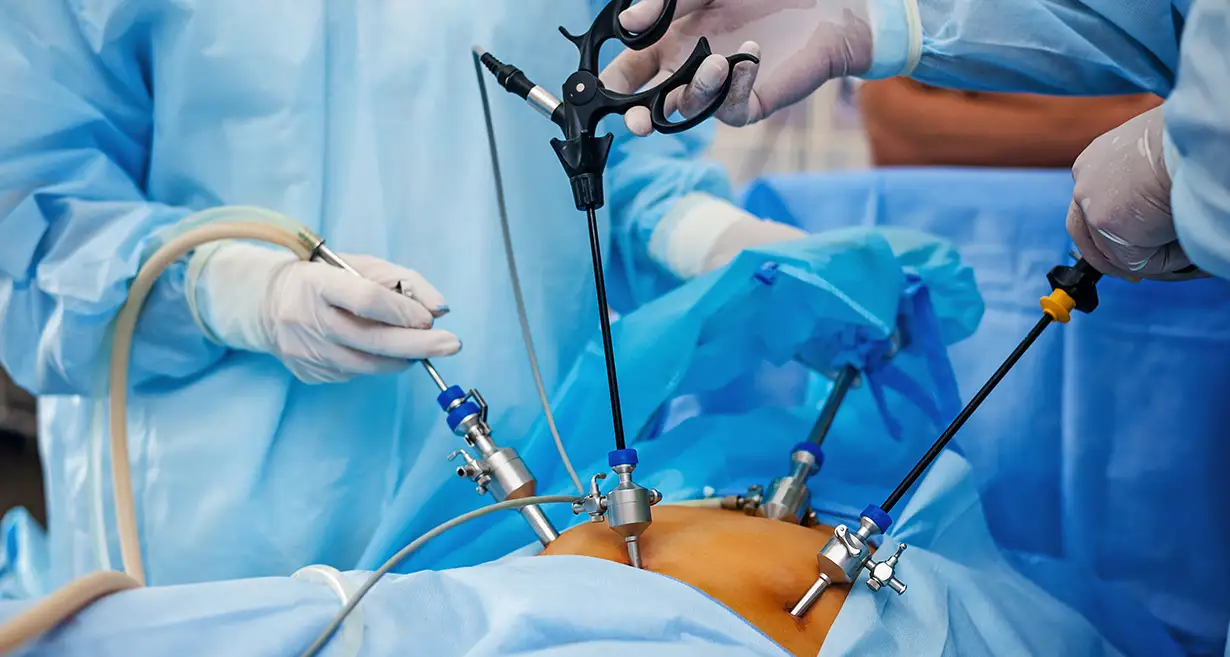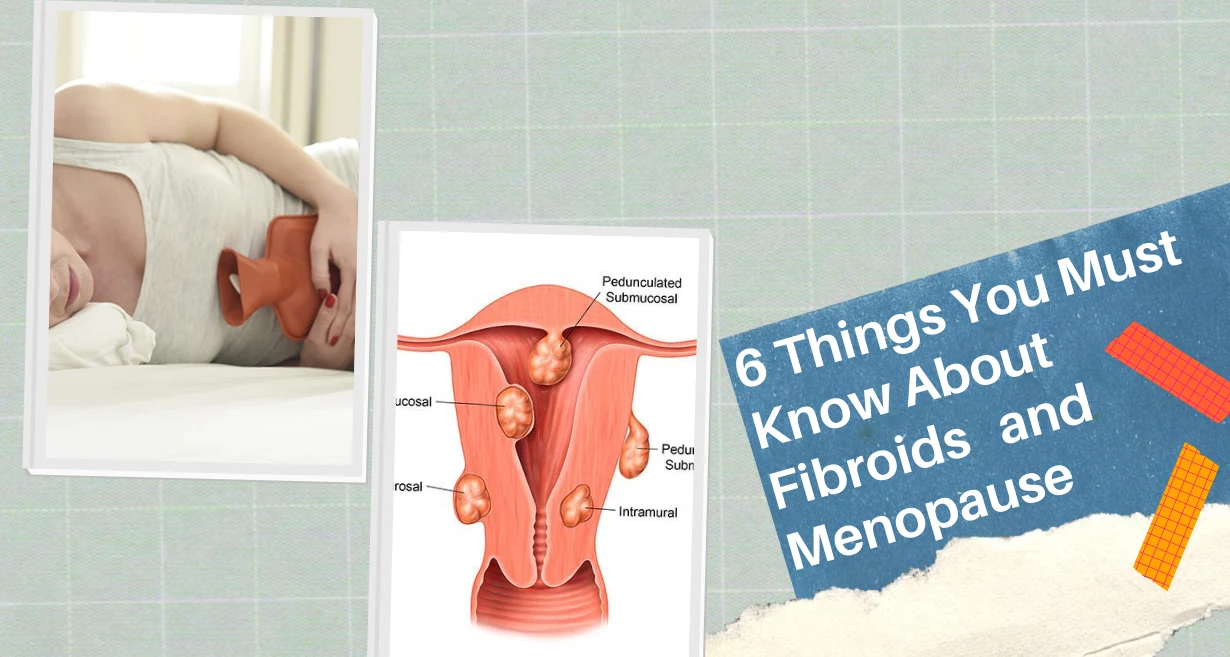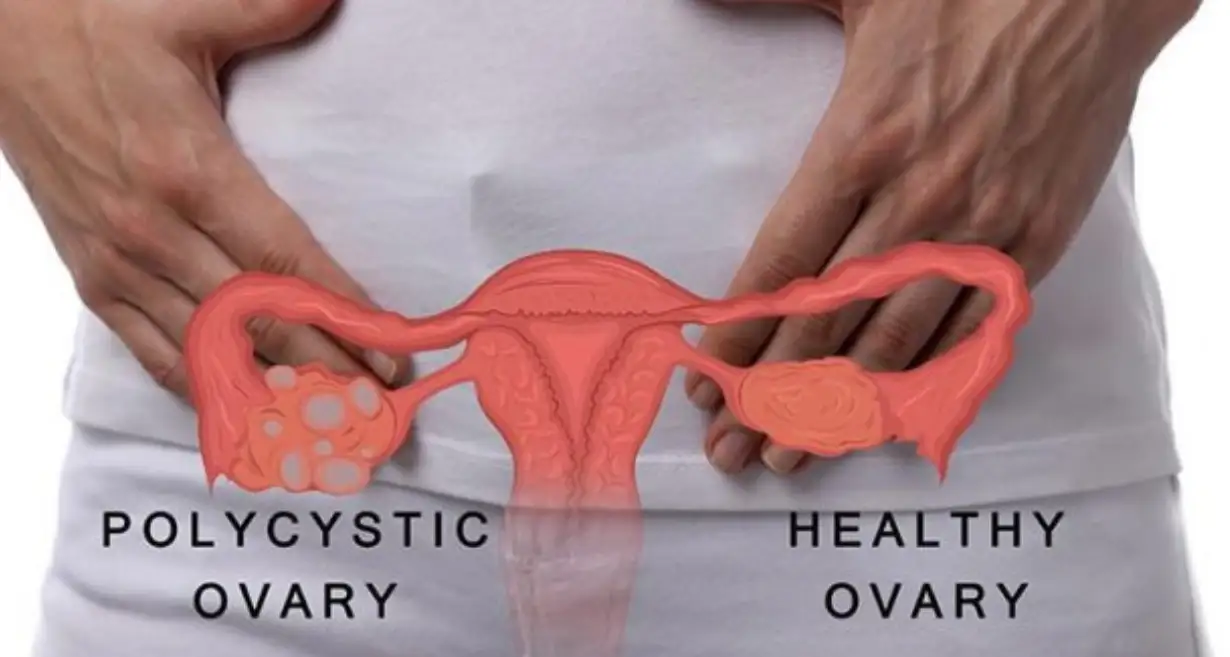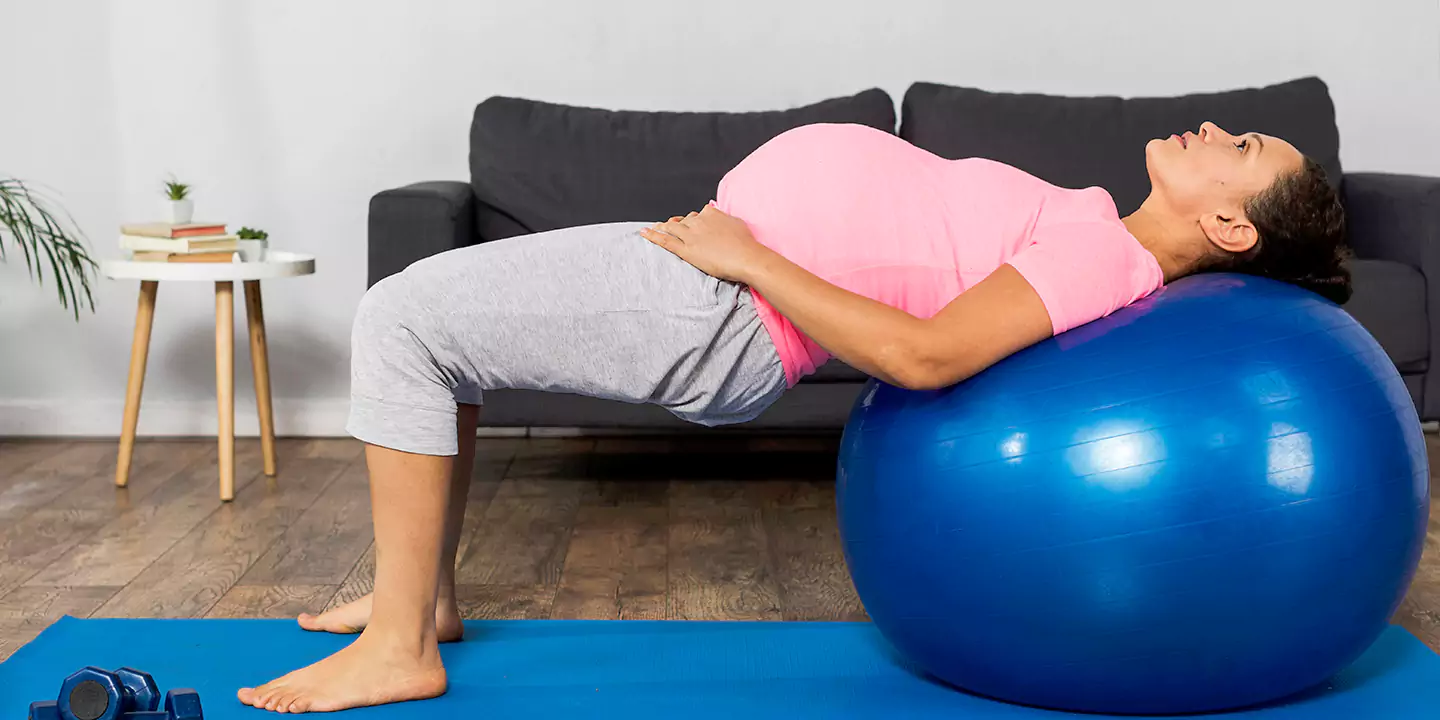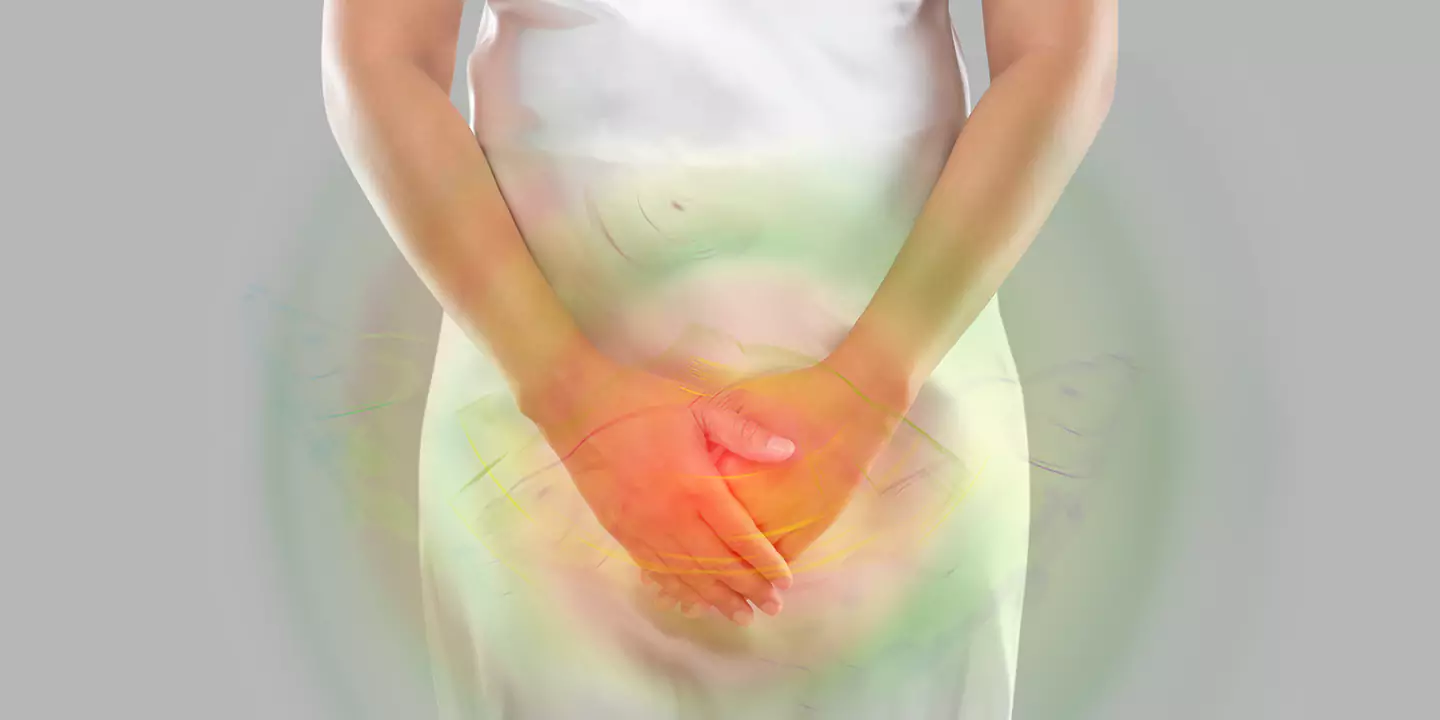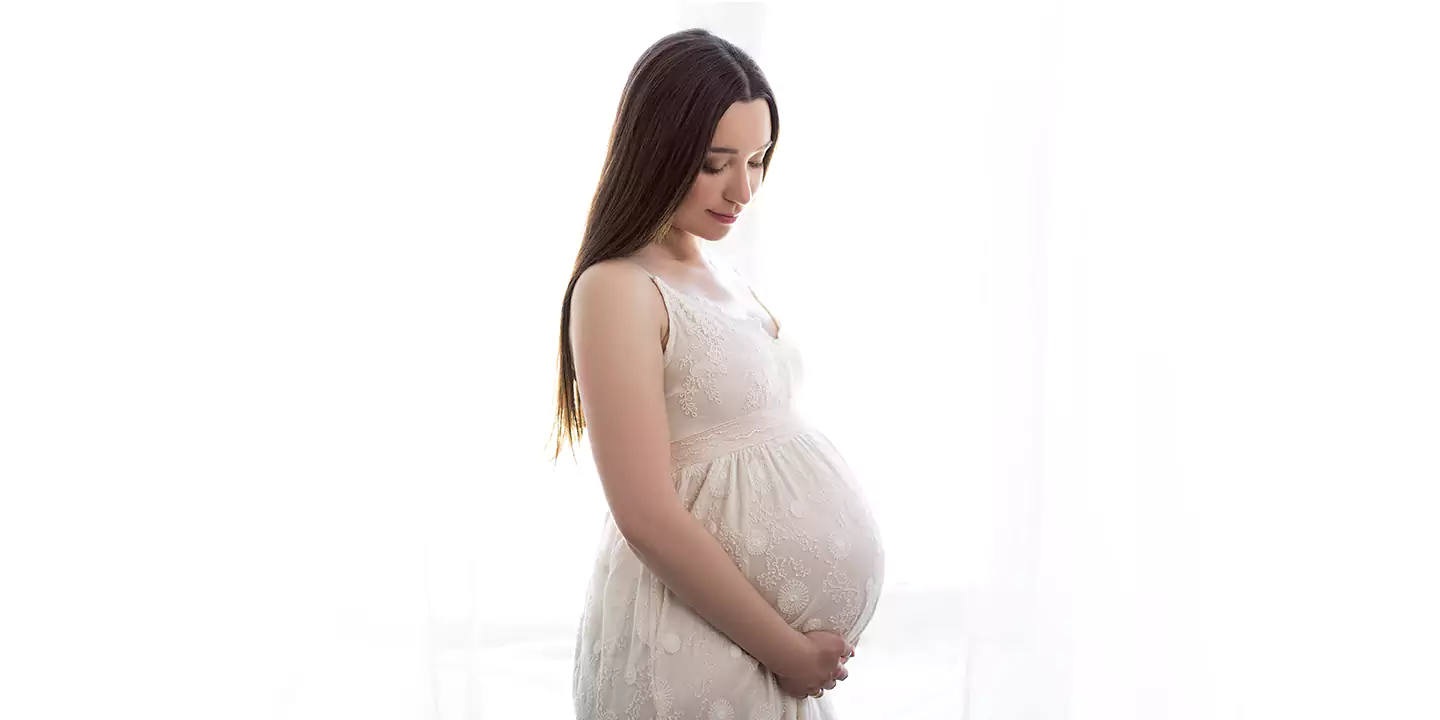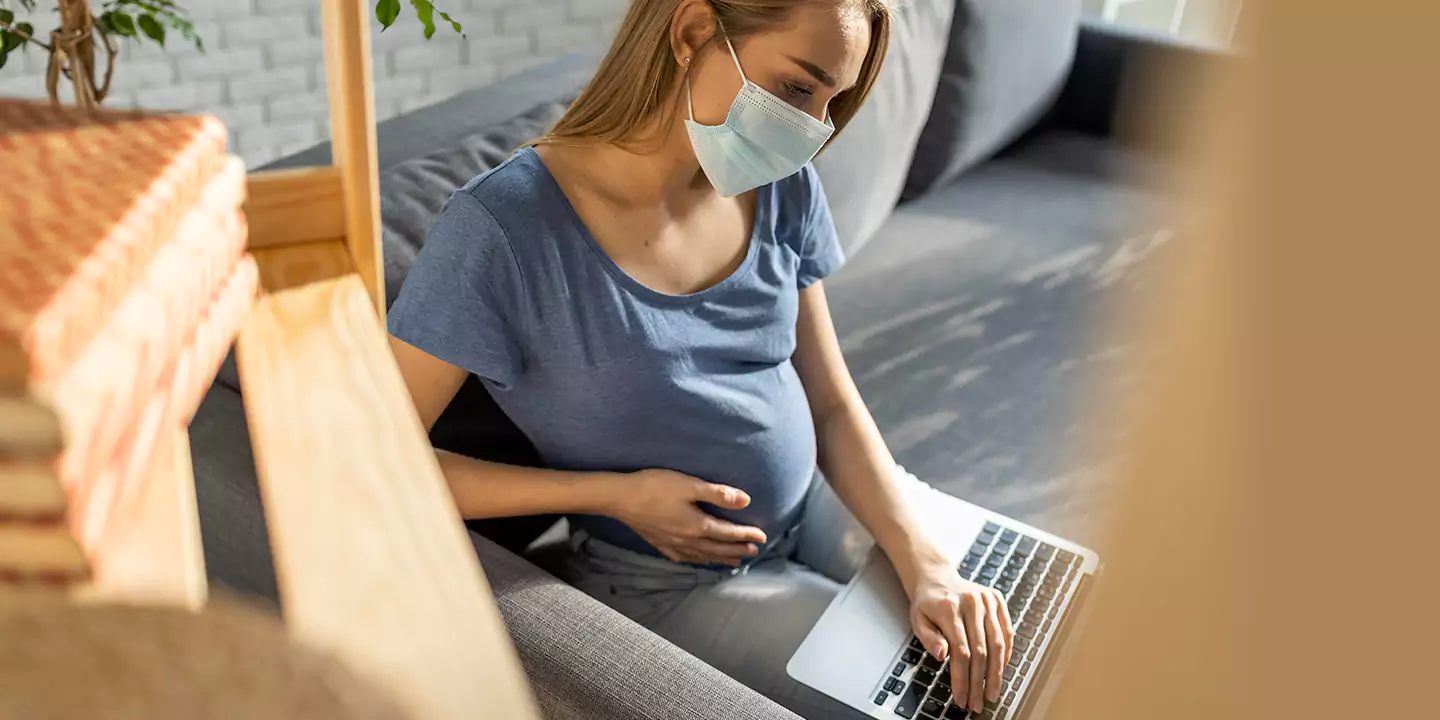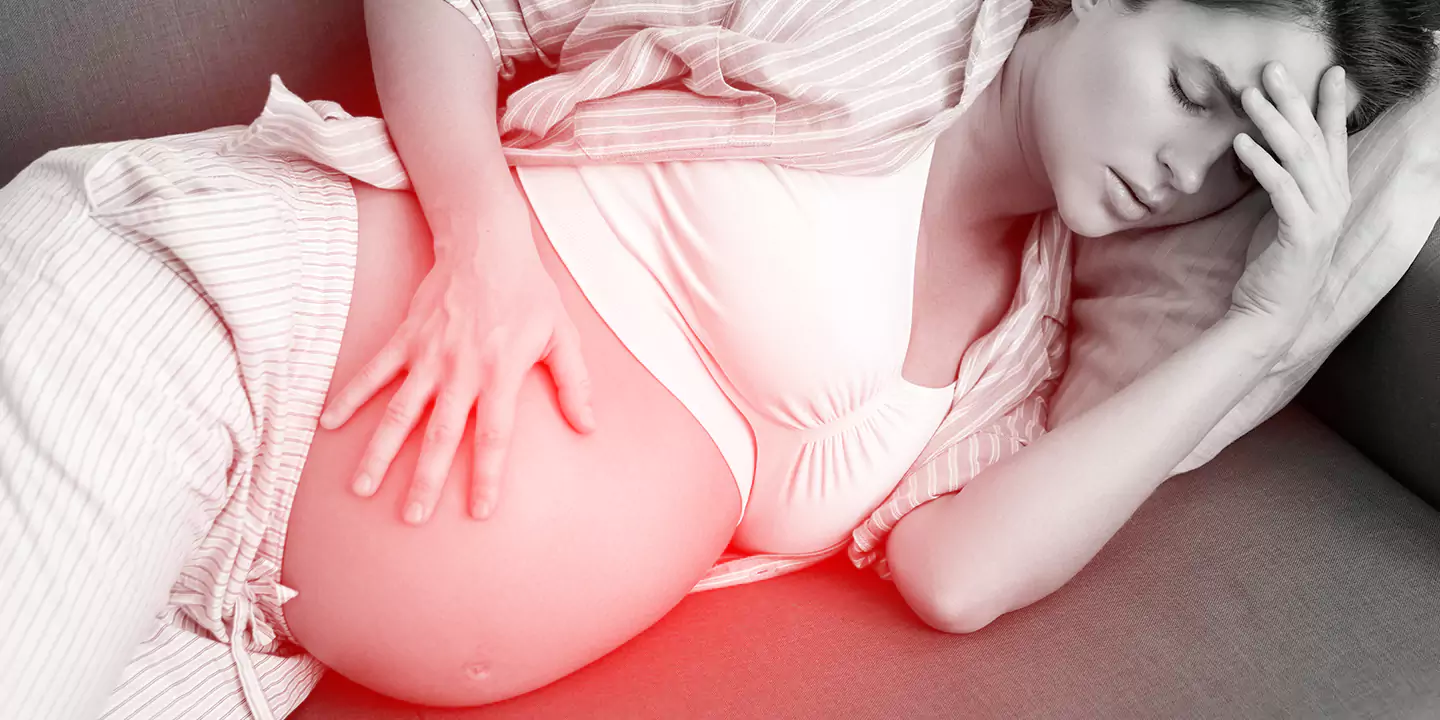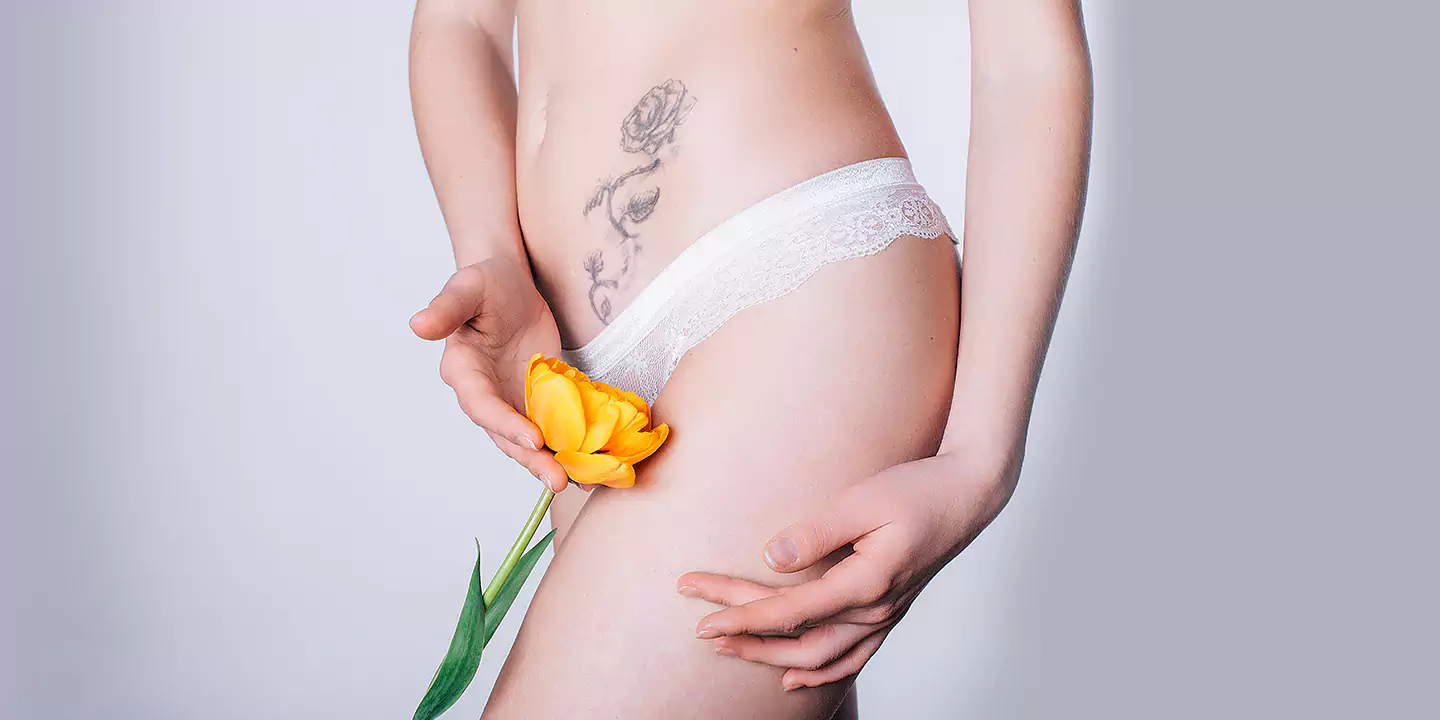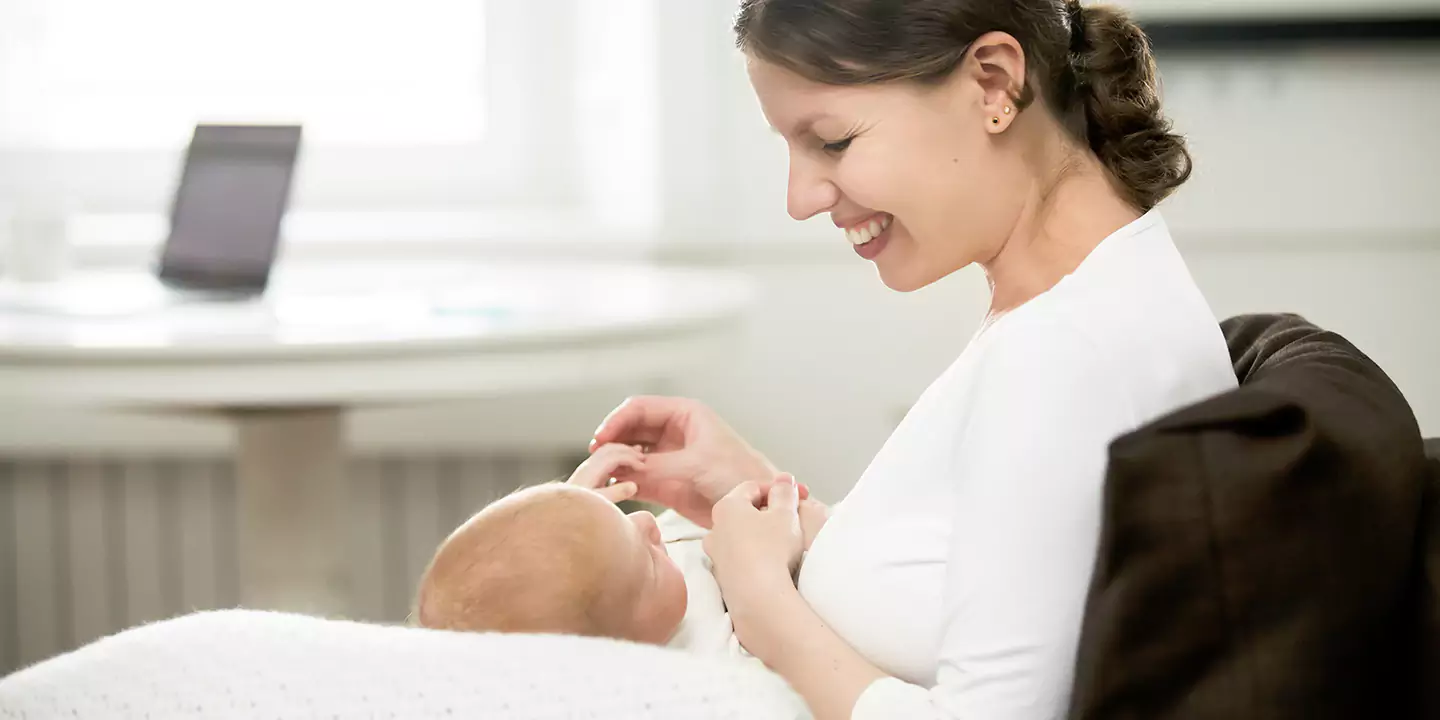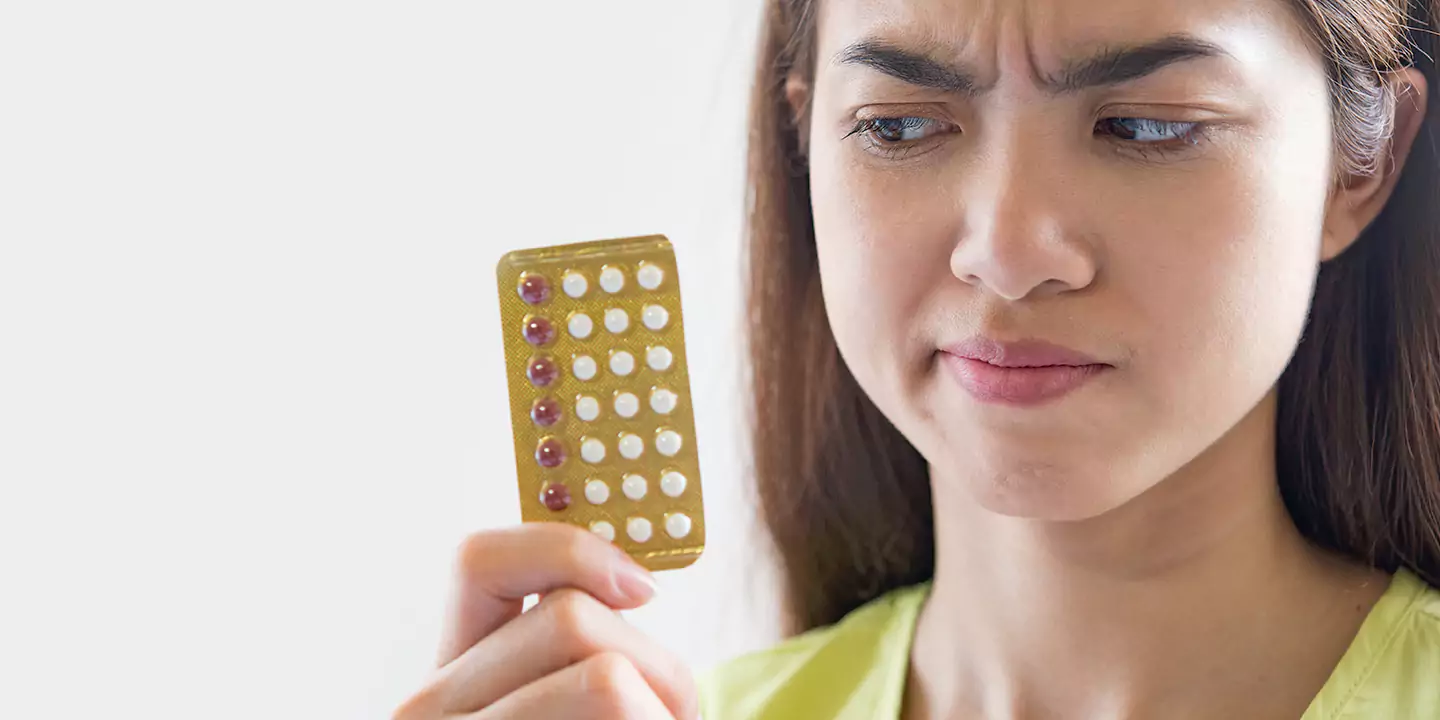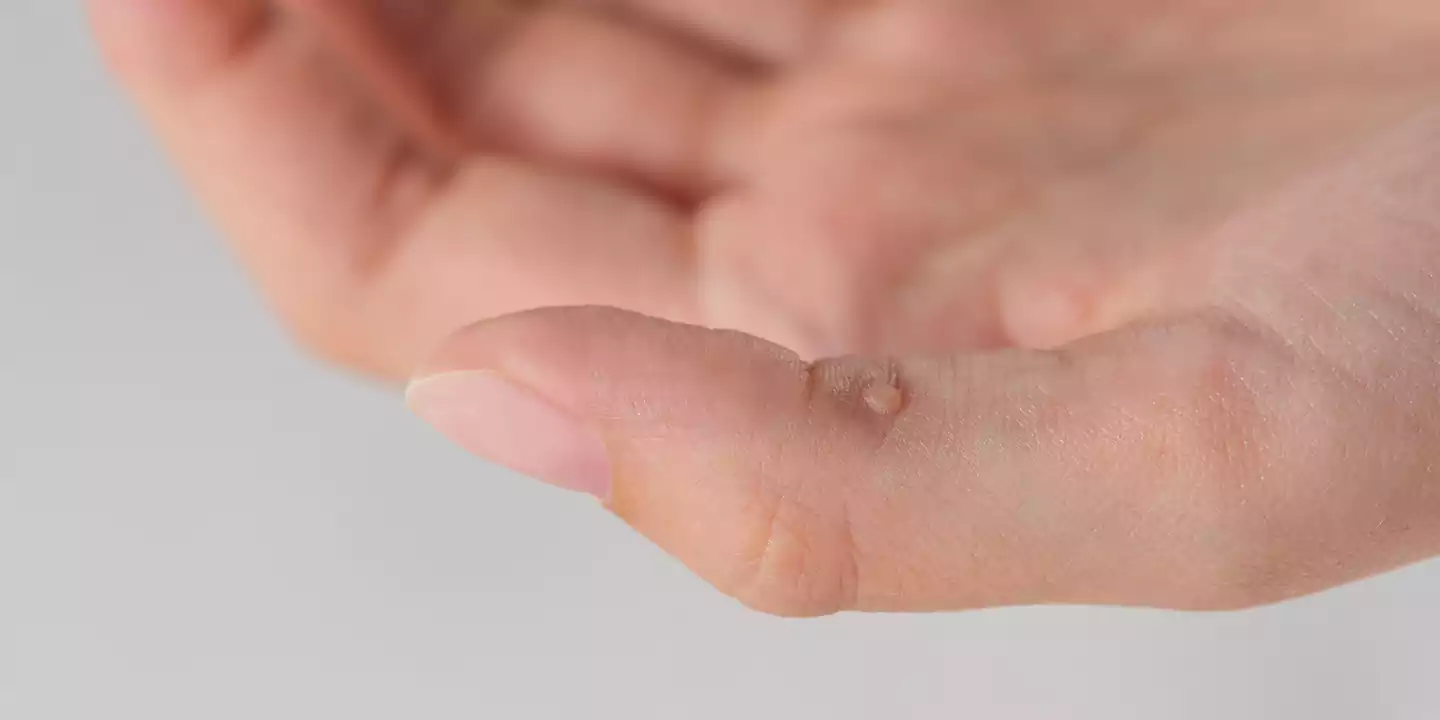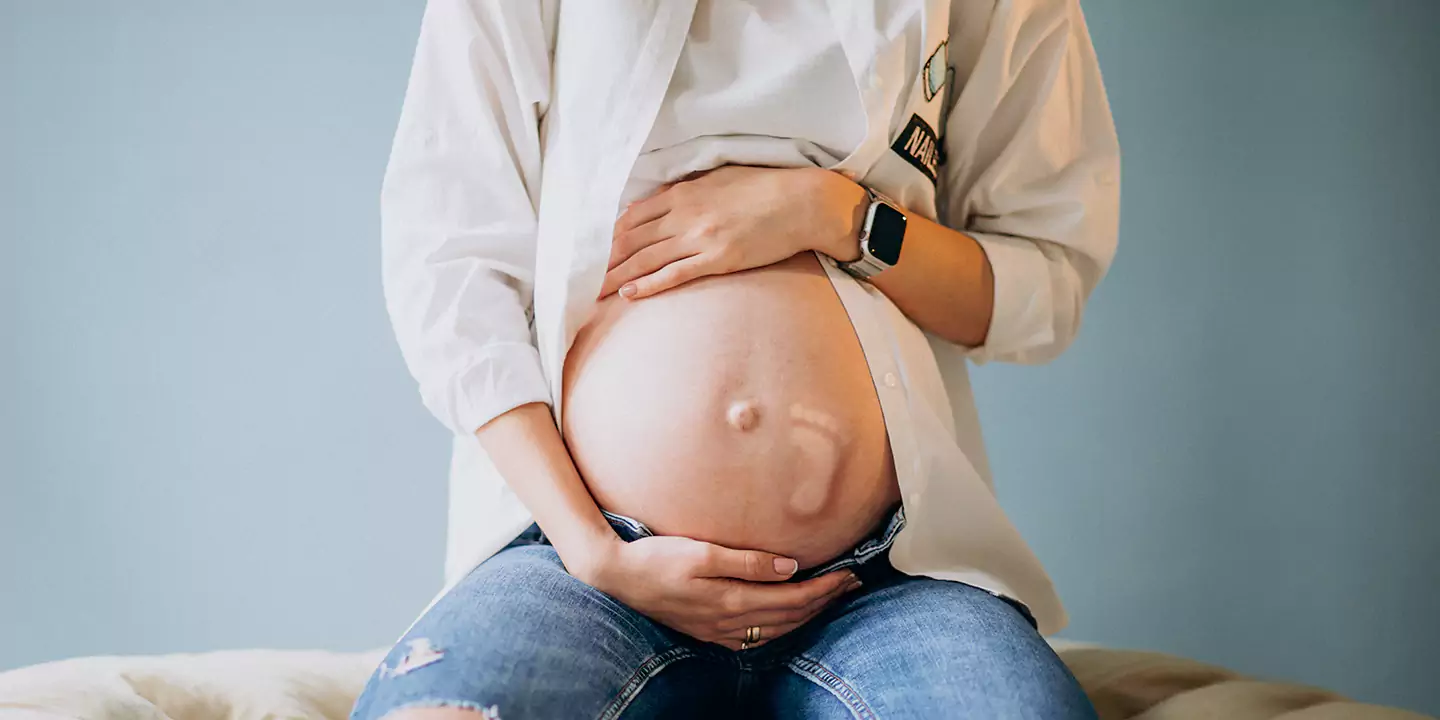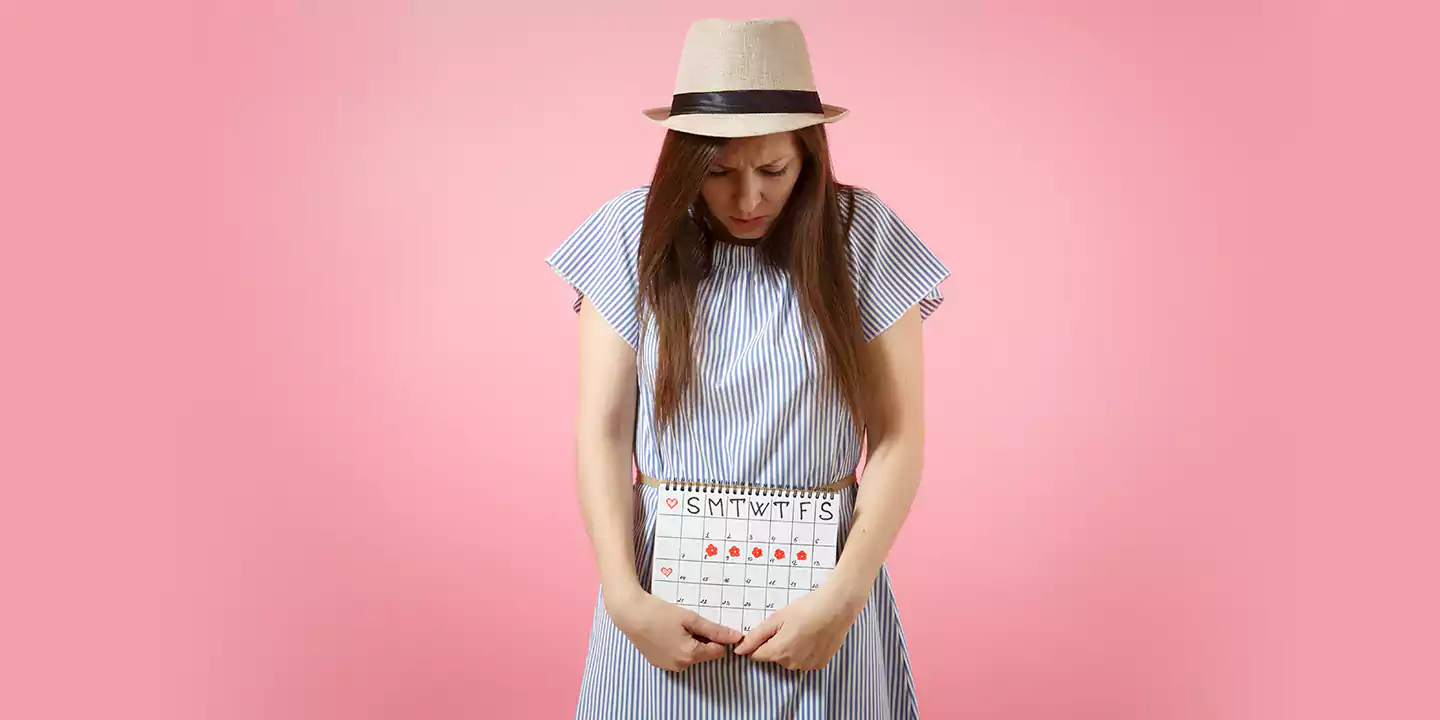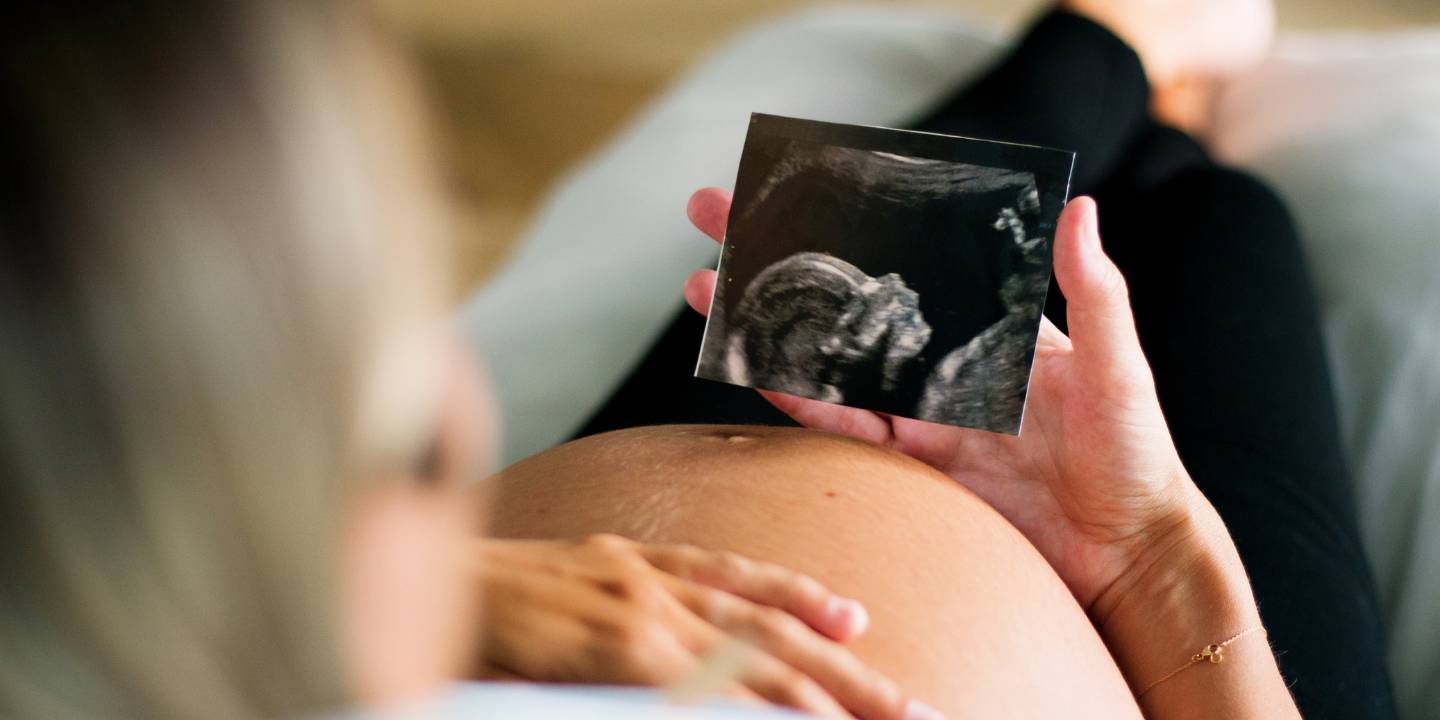
Hello and welcome to week 33 of your amazing pregnancy journey. You’re probably experiencing a combination of excitement and suspense at this point as you move closer to the finish line. In this article, we’ll look at the signs, provide helpful advice, and discuss your baby’s amazing progress. Let’s set out on this adventure together to learn more about what occurs during the 33rd week of your pregnancy.
Related Blog: 32 Week Pregnant: Symptoms, Tips, and Baby Development
In this Article
33 Week Pregnant – Baby Development
Your baby is preparing for its big arrival into the world at 33 weeks gestation. Here’s a sneak peek at how they’re progressing:
- Size: Your infant weighs around 4 pounds and is roughly similar to the size of a pineapple, stretching about 17 inches from top of head to toe.
- Skin: Their once-wrinkled skin is now becoming smoother as they continue to gain baby fat.
- Bone Development: Although their skull is still relatively soft and malleable to facilitate passage through the birth canal, their bones are beginning to stiffen.
- Sense Organs: Your child’s senses are developing. Their hearing is sharpening, and they can discriminate between light and dark.
- Lungs: Their lungs are almost ready to breathe air, therefore they are practising breathing by taking in and exhaling amniotic fluid.
- Digestive System: The digestive system gets ready for that first meal by creating digestive fluids in the stomach.
- Movement: Your baby is still moving, even if these kicks may feel more like nudges as the quarters move closer together.
- Head Position: Many newborns fall asleep with their heads down, which is the best posture for giving birth.
Keep in mind that every pregnancy is different. These achievements give a broad view, but your child’s growth tells its own fascinating tale.
33 Weeks Pregnant Is How Many Months?
You are around seven months and one week into your pregnancy at 33 weeks. Gestational weeks are the units used to quantify pregnancy, with each month equaling around 4.3 weeks. Thus, after you pass the 33rd-week milestone, your pregnancy will have entered its seventh month.
As the baby continues to develop and mature, you’ll probably experience an increase in foetal movements throughout this trimester. Monitoring your baby’s movements is a comforting approach to ensure their well-being, with consistent patterns denoting a good pregnancy.
Related Blog: 31 Week Pregnant: Symptoms, Tips, and Baby Development
33 Weeks Pregnant Symptoms
The following signs of pregnancy at 33 weeks are possible:
- Increased Pain: As the baby continues to develop, you can feel more pain, particularly in your back and pelvis.
- Braxton Hicks Contractions: As your due date approaches, these ‘practise’ contractions become more common.
- Breathlessness: Your expanding uterus may squeeze the diaphragm, making it more difficult to take deep breaths.
- Frequent Urination: The strain on your bladder will be at its highest right now, so anticipate needing to use the loo more frequently.
- Swelling: At this period, many women suffer swelling in their ankles and feet.
- Heartburn: Hormonal shifts may cause your stomach’s and oesophagus’ valves to relax, leading to heartburn.
- Sleeplessness: Getting a comfortable sleeping posture may be difficult, and waking up frequently to use the loo doesn’t help.
- Excessive Vaginal Discharge: It’s common and often odourless, thin, white, and milky.
- Mood swings: can be brought on by hormonal changes.
Related Blog: 8 Surprising Things Unborn Babies Usually Do In The Womb
Tips To Follow At 33 Weeks Pregnant
- To save energy, make sure you get enough sleep along with short naps throughout the day.
- To handle symptoms including swelling and contractions and prevent dehydration, you must consume enough of water.
- To help with labour and after healing, engage your pelvic muscles by performing Kegel exercises.
- Follow your baby’s movement patterns, and if you see a noticeable drop, call your doctor.
- Be sure to pack the necessities for you and the baby as the due date approaches.
- To assist your baby’s growth, concentrate on eating a balanced diet that is high in vegetables, fruits, and lean meats.
- Find relaxation methods that are effective for you, such as meditation, yoga for pregnant women, or deep breathing.
- Prior to the birth of your child, spend time together with your spouse by going on dates, going on walks, and creating memories.
Related Blog: 30 Week Pregnant: Symptoms, Tips and Baby Development
Takeaway
Your baby is nearly ready to meet the outside world as you enter your third trimester of pregnancy. Breathlessness, heartburn, and increased weariness are possible symptoms. The visible kicks and movements of your infant are a comforting indication of their well-being. Maintaining a healthy lifestyle, keeping an eye on your baby’s motions, and continuing your monthly prenatal checkups are essential. It’s crucial to be ready for labour and delivery, which includes putting your hospital bag together. to make the transition to motherhood smoother, Count on Queen’s Gynaecology for complete prenatal and postnatal care that puts your health and the well-being of the future baby first.
| Week | Pregnancy Symptoms | Tips and Advice | Baby Development |
|---|---|---|---|
| Week 1 | – Missed period | – Take a home pregnancy test | – Fertilization occurs |
| Week 2 | – Tender breasts | – Begin taking prenatal vitamins | – Blastocyst implants in the uterus |
| Week 3 | – Fatigue | – Schedule your first prenatal visit | – Embryonic development begins |
| Week 4 | – Morning sickness starts | – Avoid alcohol, smoking, and caffeine | – Neural tube forms |
| Week 5 | – Increased urination | – Eat a balanced diet | – Heart starts beating |
| Week 6 | – Mood swings | – Stay hydrated | – Brain and head development |
| Week 7 | – Constipation | – Start gentle exercise | – Limb buds form |
| Week 8 | – Food cravings | – Get plenty of rest | – Webbed fingers and toes develop |
| Week 9 | – Weight gain begins | – Avoid raw or undercooked foods | – Tail disappears, now considered a fetus |
| Week 10 | – Visible baby bump | – Wear comfortable clothing | – Organs continue to develop |
| Week 11 | – Darkened areolas | – Practice relaxation techniques | – Baby can swallow and produce urine |
| Week 12 | – Reduced nausea | – Consider prenatal classes | – Sex organs distinguishable |
| Week 13 | – Increased energy | – Continue regular check-ups | – Baby’s fingerprints form |
| Week 14 | – Less frequent urination | – Plan for maternity leave | – Baby’s facial muscles develop |
| Week 15 | – Quickening (baby moves) | – Do pelvic floor exercises | – Baby can make facial expressions |
| Week 16 | – Round ligament pain | – Stay active with low-impact exercises | – Develops sense of hearing |
| Week 17 | – Nasal congestion | – Consider a prenatal massage | – Baby’s skeleton starts hardening |
| Week 18 | – Belly button changes | – Stay well-hydrated | – Vernix caseosa covers the skin |
| Week 19 | – Braxton Hicks contractions | – Eat small, frequent meals | – Baby’s kicks become stronger |
| 20 | – Leg cramps | – Begin monitoring baby’s movements | – Baby is covered in lanugo (fine hair) |
| Week 21 | – Shortness of breath | – Sleep on your side | – Eyebrows and eyelashes appear |
| Week 22 | – Linea nigra (skin darkens) | – Practice relaxation techniques | – Rapid brain development |
| Week 23 | – Backache | – Consider prenatal yoga or swimming | – Baby can recognize your voice |
| Week 24 | – Swollen ankles | – Elevate feet when sitting or lying | – Lungs continue to mature |
| Week 25 | – Increased appetite | – Continue regular prenatal check-ups | – Baby may respond to loud noises |
| Week 26 | – Heartburn | – Sleep with extra pillows for support | – Eyes open for the first time |
| Week 27 | – Braxton Hicks intensify | – Pack your hospital bag | – Baby can hiccup |
| Week 28 | – Trouble sleeping | – Monitor blood pressure | – Baby’s kicks become more regular |
| Week 29 | – Shortness of breath | – Avoid lifting heavy objects | – Baby’s bones fully developed |
| Week 30 | – Swollen hands | – Stay hydrated and avoid salt | – Baby may be head-down in preparation for birth |
| Week 31 | – Increased vaginal discharge | – Take childbirth classes | – Baby’s immune system develops |
| Week 32 | – Hemorrhoids | – Practice perineal massage | – Baby’s toenails and fingernails grow |
| Week 33 | – Trouble finding a comfortable position to sleep | – Rest and nap when possible | – Baby’s bones start to harden further |
| Week 34 | – Frequent urination | – Prepare for maternity leave | – Baby’s central nervous system matures |
| Week 35 | – Braxton Hicks increase | – Avoid prolonged standing or sitting | – Baby’s skin becomes less wrinkled |
| Week 36 | – Pelvic pressure | – Finalize birth plan | – Baby continues to gain weight |
| Week 37 | – Lightening (baby drops) | – Stay active with walking | – Baby’s head positions for birth |
| Week 38 | – Fatigue increases | – Do pelvic exercises | – Baby’s lungs are fully mature |
| Week 39 | – Cervix effacement | – Rest and conserve energy | – Baby’s immune system continues to develop |
| Week 40 | – Contractions begin | – Monitor contractions | – Baby’s digestive system is ready for breast milk |
| Week 41 | – Dilation of cervix | – Stay calm and patient during labor | – Baby’s head molds to fit through the birth canal |
Summary
Welcome to week 33, which is around seven months and one week into your pregnancy. Your kid is growing quickly at this point, becoming and gaining its senses. Shortness of breath, Braxton Hicks contractions, and increasing pain are possible symptoms. Prioritise your sleep, remain hydrated, and keep up a balanced diet to reduce discomfort. Prenatal exams should be scheduled regularly.

